
- What to see in Basilicata: 10 unmissable places
- Places and Tours

What to see in Basilicata? We propose 10 unmissable stops to get to know the best of this ancient, wild region. Come with us.

Ancient Lucania is one of the most enigmatic and fascinating lands on the Italian peninsula. A land where, in addition to the many natural and scenic beauties, we can find a large number of monuments that bear witness to the millennial history of the region. So what are you waiting for? Come with us to the mythical and fascinating Basilicata.
10. Metaponto: in the footsteps of the ancient Greeks
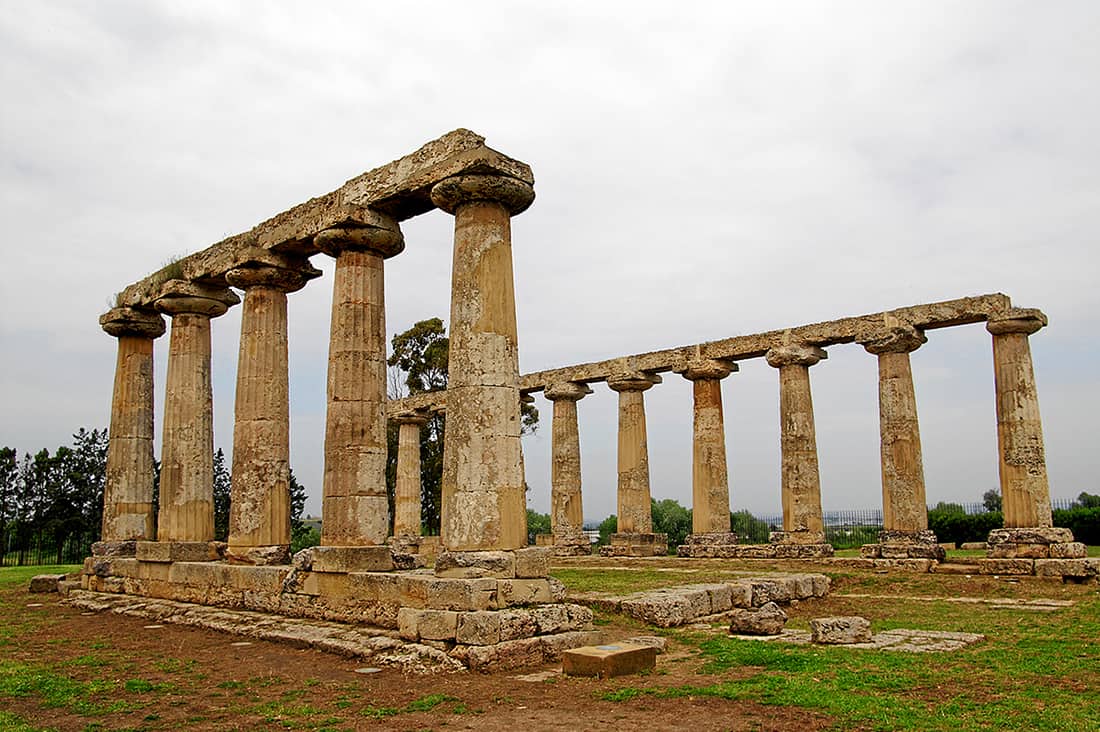
One of the unmissable stops on your trip to Basilicata is definitely Metaponto , a small fraction of the municipality of Bernalda, on the Ionian Sea. The archaeological site of the town, in fact, represents one of the most important testimonies of Magna Grecia. Absolutely to visit are the so-called Palatine Tables , the remains of a Doric temple from the 6th century. B.C. dedicated to Hera.
9. Atella Paleolithic Park: in the footsteps of Homo Erectus
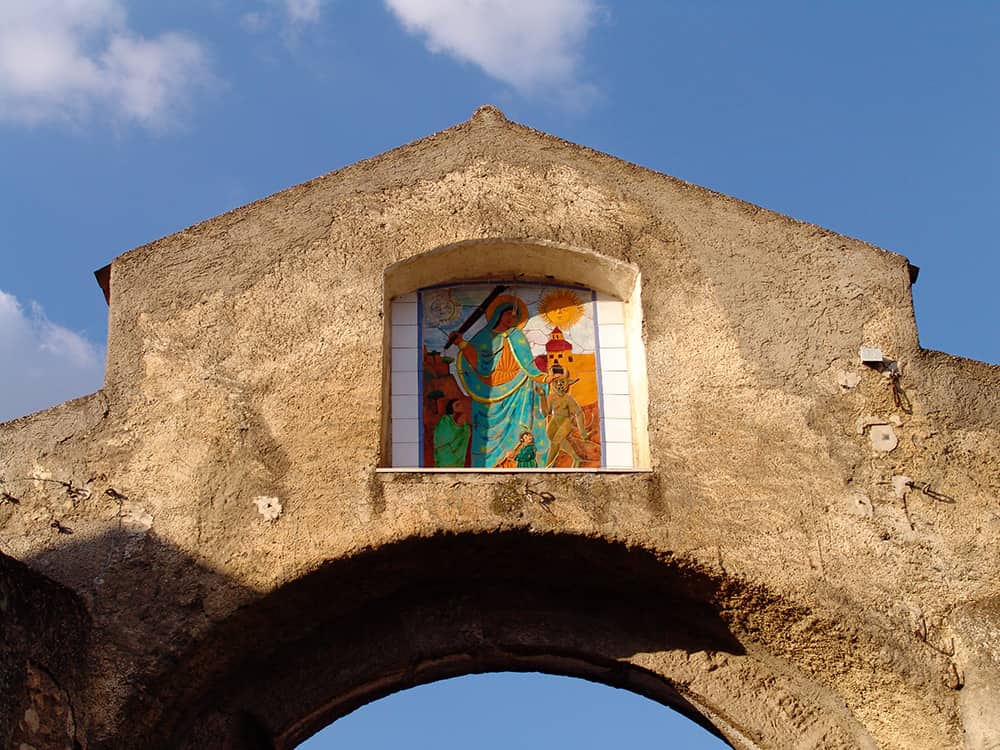
The Paleolithic Park of Atella , in the province of Potenza, is certainly one of the most suggestive places in Basilicata. Here, in fact, bone fragments of human beings and animals dating back to around 650,000 years ago have been found near the city cemetery. The years of Homo Erectus ...

8. The Sassi of Matera: a living nativity scene
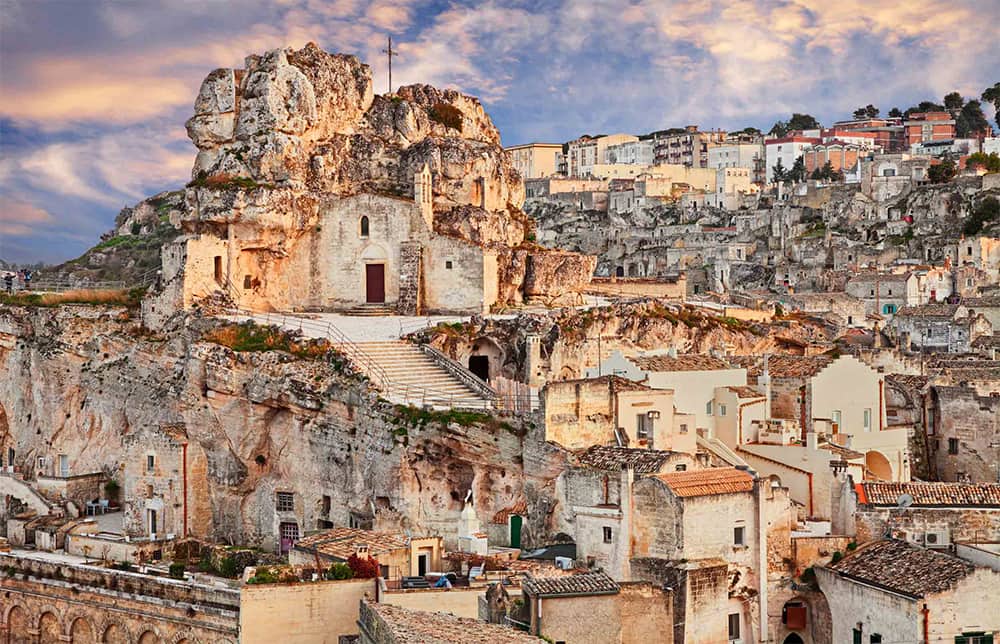
The Sassi of Matera are certainly among the wonders not to be missed, in your trip to Basilicata. Declared World Heritage Site by UNESCO in 1993, they form the oldest part of the Lucan city, excavated in the bare rock since the Paleolithic. A constant dialogue between Man and Nature that has transformed those places into an authentic "living crib".
You can go to our post about the Sassi of Matera to find out more.

7. Venosa: land of history and poetry
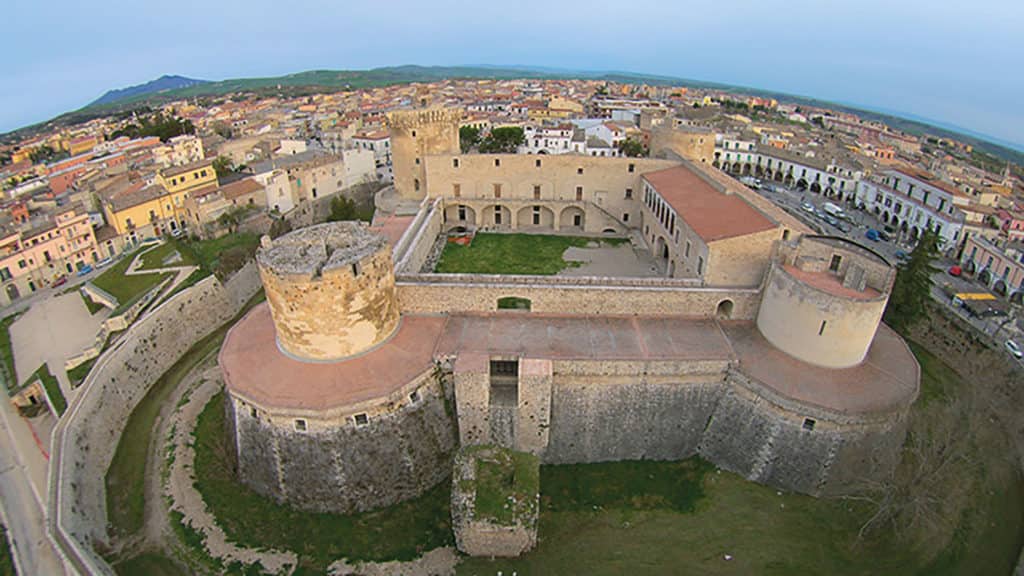
The city of Venosa , in the province of Potenza, has a long history behind it. Suffice it to say, in fact, that the famous Latin poet Horace was born here, and you can visit the ancient dwelling. And not only. The Archaeological Museum housed in the Aragonese Castle, the Norman tombs of the Holy Trinity and the Jewish catacombs also await you.
6. The Lucanian Dolomites: a lost paradise
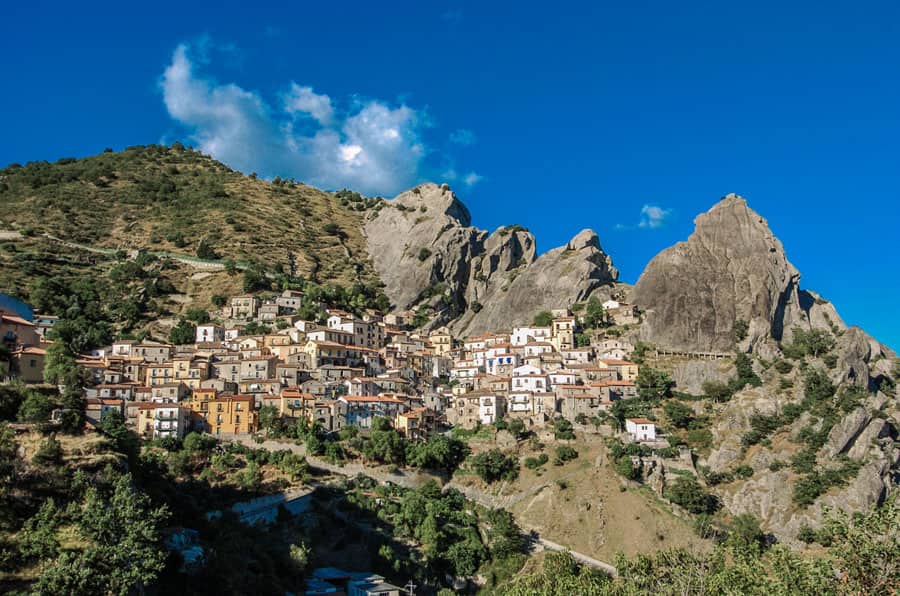
Among the natural and scenic beauties of Basilicata , the Lucanian Dolomites certainly deserve to be mentioned. The mountain massif, which rises between the municipalities of Castelmezzano and Pietrapertosa, in the province of Potenza, will offer you a spectacle no less worthy than that offered by the northern Dolomites. Rocky paths, characteristic animals. And the pink color of a romantic sunset.
5. Maratea: the small Rio de Janeiro
The city of Maratea (Potenza) is one of the ten wonders of Basilicata, and one of the most prestigious tourist destinations on the entire Italian peninsula. Maratea offers the visitor the pristine beauty of the Tyrrhenian Sea and the picturesque poetry of its ancient village. Do not miss the colossal statue of the Redeemer, which makes Maratea deserve the attribute of "little Rio de Janeiro".
Visualizza questo post su Instagram Un post condiviso da Visit Italy ® (@visititaly)
4. Craco: a ghost village
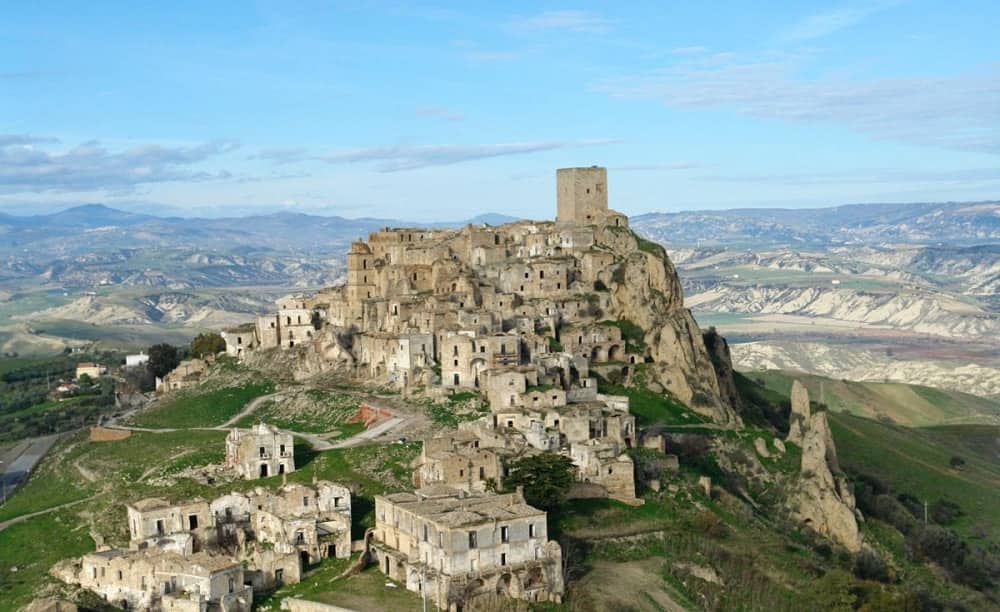
For lovers of thrill and mystery, a stop in Craco is mandatory, a tiny village in the province of Matera , now almost completely abandoned. In fact, after the disastrous landslide of 1963, the town gradually depopulated, becoming a picturesque "ghost village". A feature appreciated by great masters of cinema, such as Gibson and Rosi.
3. Grumento Nova: in the footsteps of the ancient Romans
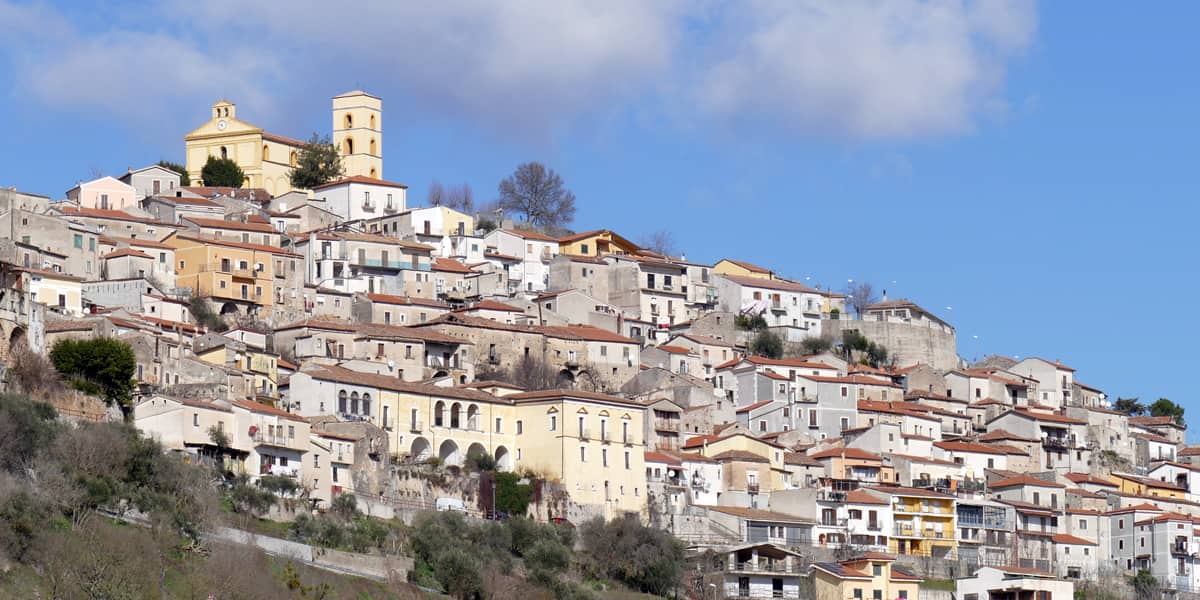
If you go to Basilicata, the town of Grumento Nova, in the province of Potenza, must not be missing on your travel notebook. Here you can admire the archaeological remains of the first nucleus of the town, the Roman Grumentum. Of great interest is also the characteristic Pietra del Pertusillo Lake, an artificial lake built between 1957 and 1962 at the banks of the Agri river.
2. Aliano's Literary Park Carlo Levi: the right to memory
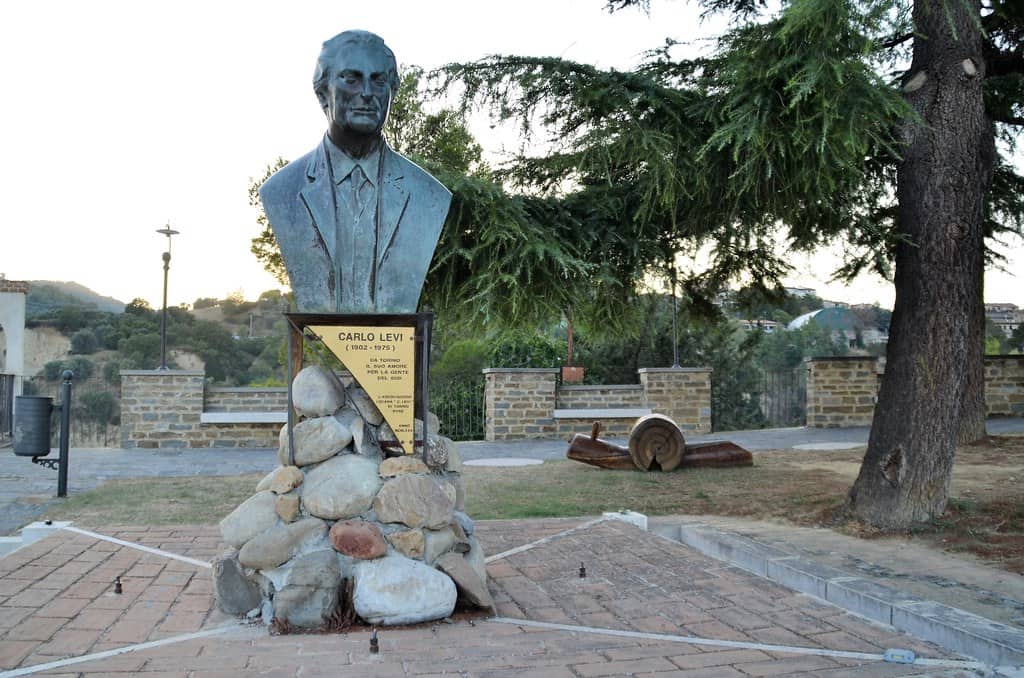
A trip to Basilicata is also a journey in search of "historical memory". For this it is not to be missed the Literary Park Carlo Levi di Aliano , in the province of Matera. Here the famous Turin writer spent his forced exile in the 1930s because of his anti-fascist ideas. Here the first buds of a masterpiece flourished, as Christ stopped at Eboli.
1. On the slopes of the Volture: the lakes of Monticchio
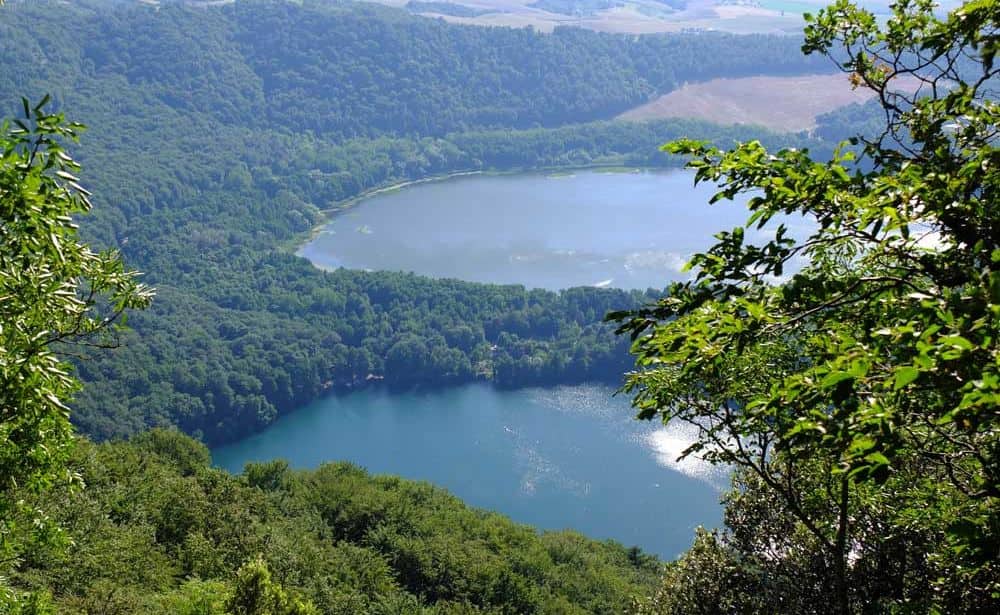
The last stop on your Lucan tour is Monticchio , in the province of Potenza, a small fraction belonging to the municipalities of Rionero in Volture and Atella. Located on the slopes of Mount Volture , Monticchio is famous above all for its lakes of volcanic origin, Lago Piccolo and Lago Grande, the depths of a landscape rich in vegetation.

We recommend


- Why Life in Travel
- Bicycle touring
- Bike Hotels

Genesis Longitude review: adventure bike to go everywhere

- Matera gravel: bike loop in the Murgia park

Full suspension MTB racks: an overview

Madeira Madness: 300km by bicycle on the atlantic island
What to see in basilicata: the 10 best places to discover.
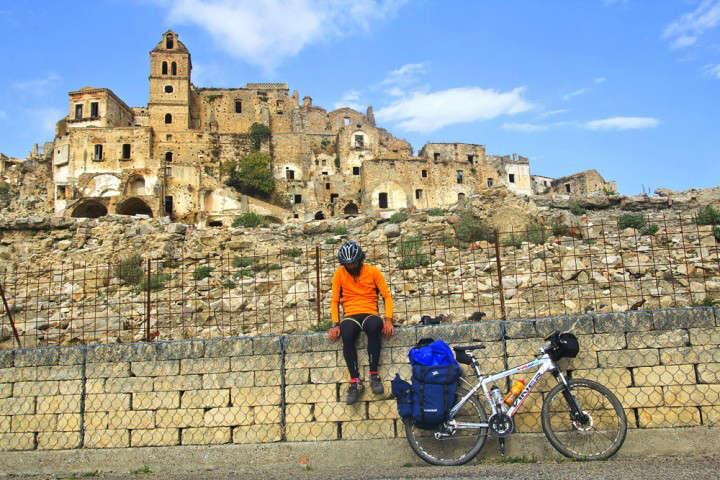
San Fele and Badia di Santa Maria di Pierno

Castelmezzano and Pietrapertosa
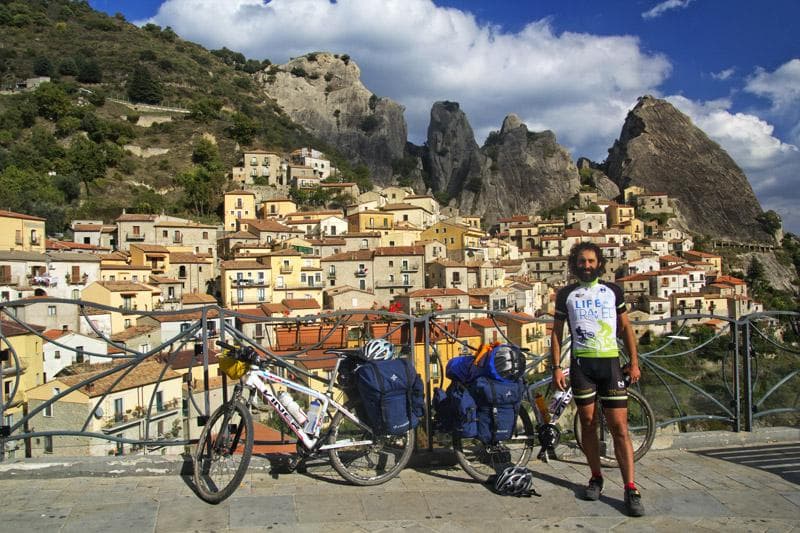
Vaglio Basilicata
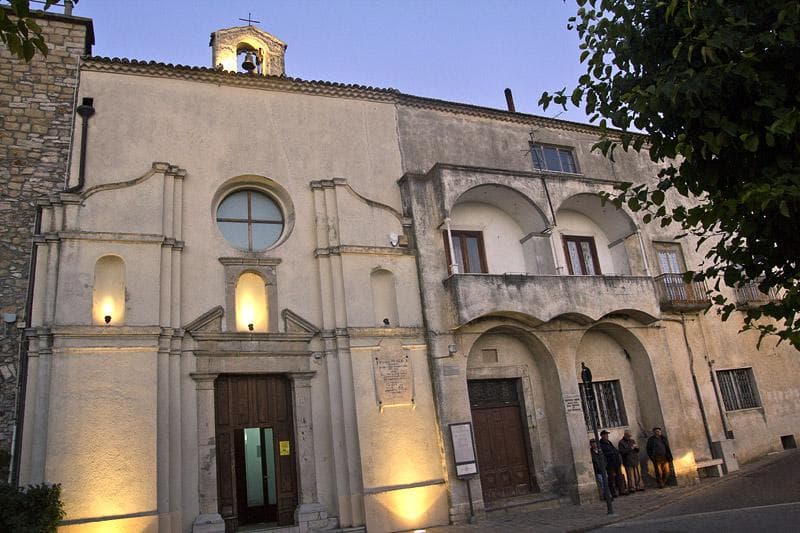
Castel Lagopesole

The lunar landscape of the badlands
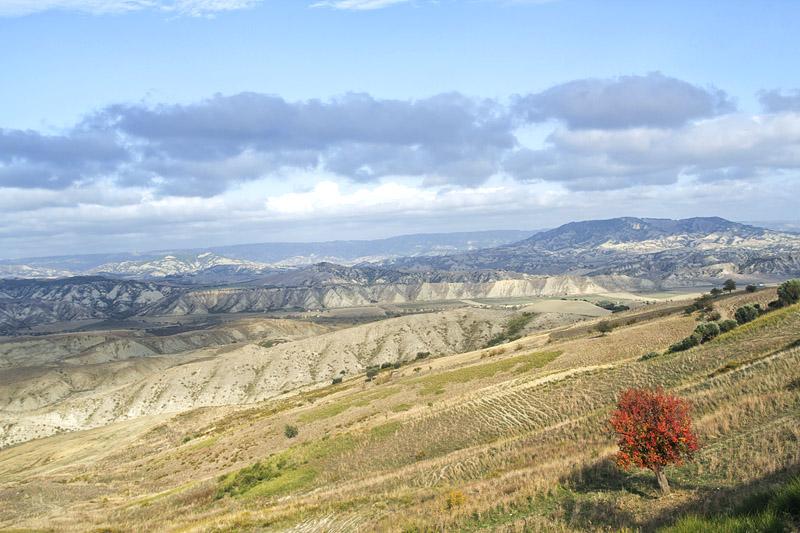
Pollino National Park
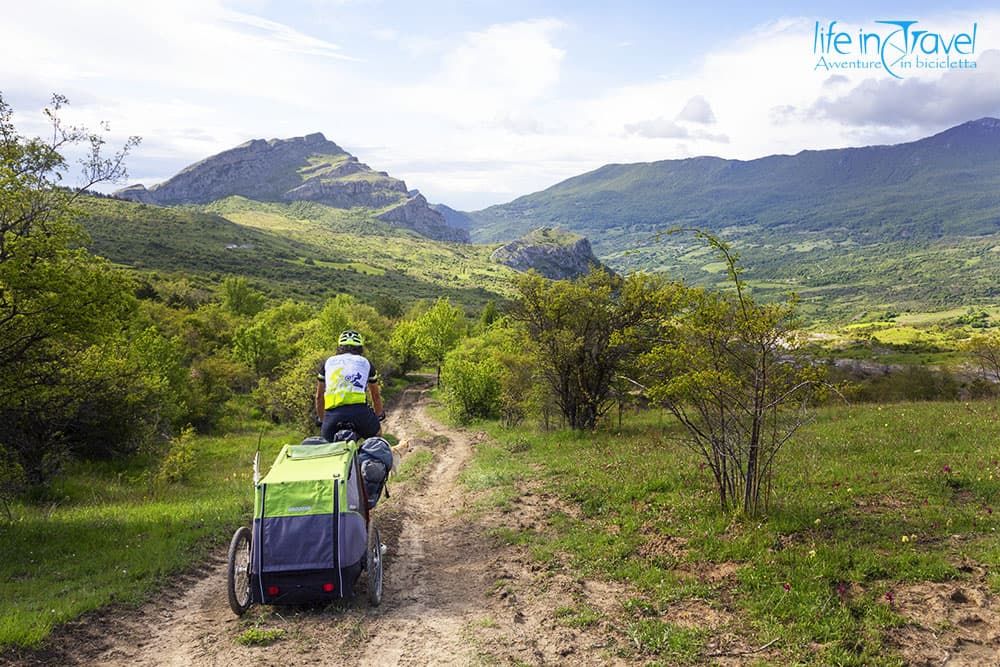
Metaponto and its archaeological site
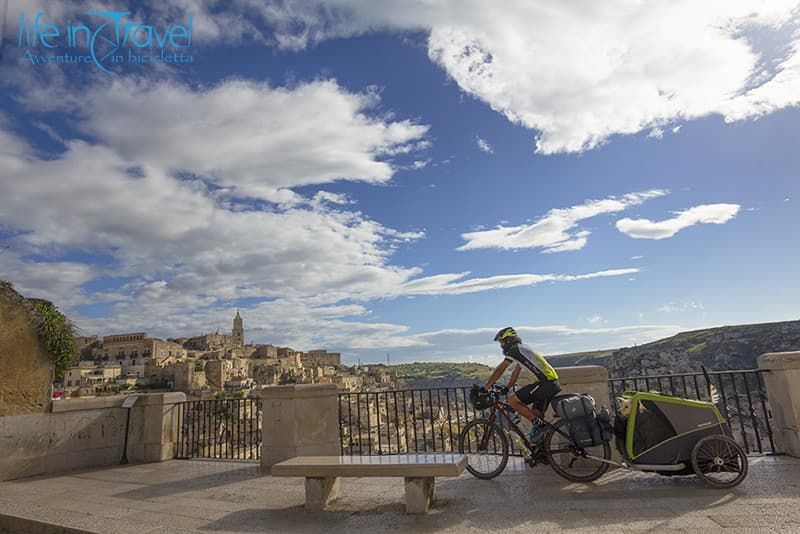
Park of Murgia Materana

- bicycle touring
- Subscribe Unsubscribe
- Collapse All Expand All
Log in with ( Sign Up ? )
Or post as a guest.
Be the first to comment.

ITA - Correva l'anno 1983 quando ha sorriso per la prima volta alla luce del sole estivo. Da sempre col pallino per l'avventura, ha avuto la fortuna di girare l'Europa e l'Italia con i genitori e poi, per la maturità, si è regalata un viaggio in 2 cavalli da Milano verso la Russia. Al momento giusto ha mollato il lavoro senza alcun rimpianto per volare in Nuova Zelanda dove ha viaggiato per cinque mesi in solitaria. Nel 2007 ha provato per la prima volta l'esperienza di un viaggio in bici e, da quel momento, non ne ha potuto più fare a meno... così, dopo alcune brevi esperienze in Europa, nel 2010 è partita con Leo per un lungo viaggio in bicicletta nel Sud Est asiatico, la prima vera grande avventura insieme ! All'Asia sono seguite le Ande, il Marocco, il Sudafrica-Lesotho e #noplansjourney. Se non è in viaggio, vive sul lago d'Iseo! Carpediem e buone pedalate!
EN - It was 1983 when he smiled for the first time in the summer sunlight. Always with a passion for adventure, she had the good fortune to travel around Europe and Italy with her parents and then, for maturity, she took a trip in 2 horses from Milan to Russia. At the right moment he quit his job with no regrets to fly to New Zealand where he traveled for five months alone. In 2007 she tried the experience of a bike trip for the first time and, from that moment on, she couldn't do without it ... so, after some short experiences in Europe, in 2010 she left with Leo for a long cycling trip in South East Asia , the first real great adventure together! Asia was followed by the Andes , Morocco , South Africa-Lesotho and #noplansjourney . If he's not traveling, he lives on Lake Iseo! Carpediem and have good rides!
Related items
- MetMo Pocket Driver: the innovative multitool that comes from the past
- From Genoa to Sestri Levante by bicycle: Liguria east coast
- Givi-bike Experience cycling panniers: Junter review
- Bombtrack adventure and touring bikes: 2023 models and price list
- 7 most beautiful greenways in Italy by bicycle
Latest from Vero
- Riva-Lovere-Sovere gravel loop
- Franciacorta Gravel
- Passabocche and Colle di S. Zeno
- Monte Clemo loop
- Riva di Solto & Lower Vallecamonica
- Riva di Solto - Fonteno
- South Tyrol
Last Article

Ride with us
Please enable the javascript to submit this form
- Touring bicycles
- Bicycle touring panniers
- Handlebar bags
- Bicycle touring tents
- Bicycle touring tires
Italian rail trails
- Menaggio-Porlezza
- Spoleto-Norcia
- Framura-Levanto
- Isarco valley
Epic routes
- Camino de Santiago
- Dolomites cycleway
- Loire à Vélo
- Inn cycleway
- Download area
- Legal notes
Copyright 2007-2024 © Lifeintravel.it . All rights reserved. Logo CommunicAnimation
Login with your User Name
- Forgot Login?
Basilicata, Italy: travel guide and places to visit

Visit Basilicata
As a result of its position in the 'instep' at the south of Italy, Basilicata actually includes two separate areas of coastline, with the Ionian Sea to the south and also a short section of the Tyrrhenian Sea to the west, and an interior covered largely with forests and hills.
Basilicata - a guide and places to visit

The Basilicata region is situated to the south of Italy, with the Ionian Sea to the south-east and the Calabria region to the south-west. The region is divided into two provinces: Potenza (west) and Matera (east).
The inland region of Basilicata is largely the southern part of the Appenines, hence a substantial part of the region is covered by hills and mountains, often covered with trees and forests and in part forming the Pollino National Park, the largest of Italy's National Parks.
While Basilicata has avoided the excesses of tourism and is one of the less visited (and least inhabited) regions of Italy, is is also one of the best regions for discovering the traditional, unspoiled side of Italy.
The region has a mixture of fascinating and often beautiful landscapes that deserves to be explored, combining stunning mountain scenery with small picturesque ports, mountain villages such as Acerenza, Castelmezzano and Pietrapertosa , and sites of great historical interest.
Advertisement
Historic Basilicata

The region has been inhabited since prehistory, a history that has left its traces in several important sites across the region.
These include the fascinating city and cave dwellings of Matera (known as Sassi, these are important enough to be included as a UNESCO World Heritage Site), the Greek ruins at Metaponto including the Temple of Hera, and the archaeological park at Grumento Nova .
South-west of here towards the coast the hill village of Rivello is in a very scenic location and has several interesting churches.
Inland and to north-east of these places are the castles at Melfi and Lagopesole and some impressive Roman ruins at Venosa, and also the roman tower and churches at Tricarico . West of Tricarico at Vaglio Basilicata there are further important archaeological site.
Coastal Basilicata

On the Tyrrhenian coast to the west of the Basilicata region the lovely port village at Maratea is another highlight of your visit.
You will also discover lovely beaches such as those at Policoro and Metaponto and the many small beaches on the southern coast, and around Policastro to the west.
Film enthusiasts visiting Basilicata might recognise the scenery as being the location for the film 'The Passion of Christ'.
Basilicata highlights - a photo gallery

Most Beautiful Villages - Basilicata
The following Italian towns and villages in Basilicata are listed among the ' most beautiful villages in Italy ': Acerenza, Castelmezzano, Guardia Perticara, Pietrapertosa , Venosa
Orange Flag Tourism towns in Basilicata
The town of Valsinni in Basilicata is listed among the ' Orange flag towns in Italy '(a national tourist award)
Map of Basilicata and places to visit
Basilicata places to visit.

Select your language
Site search

Italy This Way - copyright 2009 - 2024 :: privacy policy

Southern Italy
Basilicata, a region of ancient origins, suspended between two seas and with mountains of great beauty.
Basilicata is a region where the passage of man has left its mark since prehistoric times. With the ancient name of “Lucania”, it is enriched by an incredible artistic heritage. Not to mention its never-boring panorama, which ranges from the Lucanian Dolomites to the Pollino Park, passing through two seas.
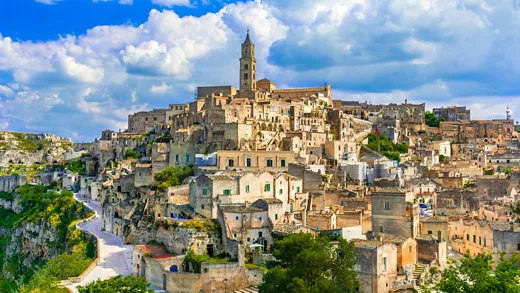
One of the oldest cities in the world, nature, history and culture come together in Matera A place rich in scenery, unique architectural works, views of incomparable charm, Matera has captivated many artists, including Carlo Levi and Giovanni Pascoli, and continues to enchant with its Sassi, a World Heritage Site. Worthy of a long visit, it enraptures the heart.
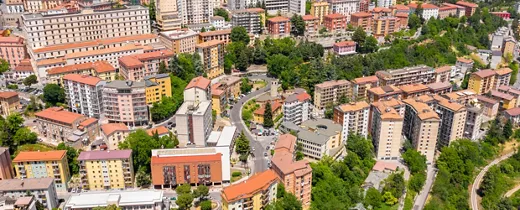
Potenza The rugged, mountainous and forested landscape of the upper Basento valley surrounds the capital of Basilicata, which stands at a remarkable 819 metres above sea level. This rocky part of the Mediterranean has an enviable climate: cold and snowy in winter and warm and dry in summer, with average temperatures in the hottest months of around 20°C. The history of Potenza has not known any dramatic upheavals: it flourished during the Roman period, gradually dealt with the Goths, Lombards, Saracens and Swabians, and was later caught up in the events of the Neapolitan Kingdom. It was one of the first cities to rebel against the Bourbons, on the very day of Garibaldi's landing in Calabria, earning itself the title of Meritorious City of the Unification. However, there have been frequent earthquakes. This is why Potenza now has a modern appearance, except for the historic centre, which occupies an elongated high ridge and is traversed by the city's main street, Via Pretoria, with Piazza Pagano and Piazza Matteotti. The few traces of the past that still remain include the churches of Santa Mara al Sepolcro and of St Francis. There is also a Cathedral, which dates from medieval times, although the only original feature is the Romanesque rose window. The castle has not fared any better: all that remains is a tower with a landscaped viewpoint. In the lower part of the city are the modern districts, where we find the Provincial Archaeological Museum, which is worth visiting to understand theimportance of Lucania during the golden ages of Magna Graecia and the Romans.
What to see in Basilicata
- Food and Wine
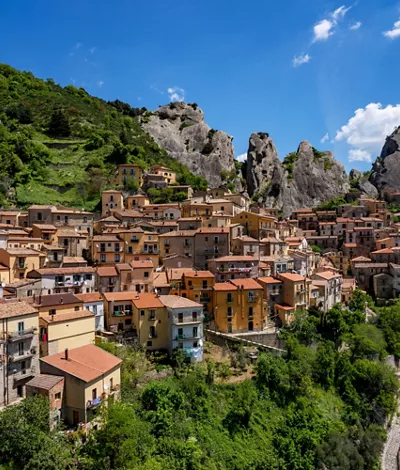
Basilicata coast to coast: the perfect way to discover the region
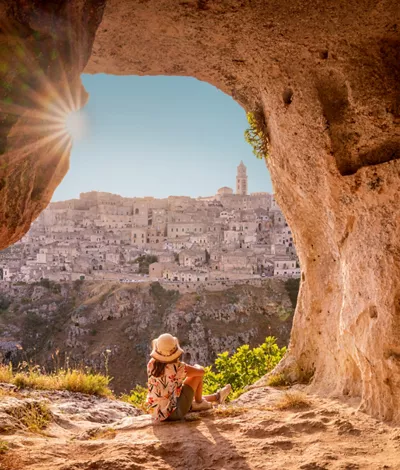
Matera, a UNESCO World Heritage Site: the city of stones and rock churches
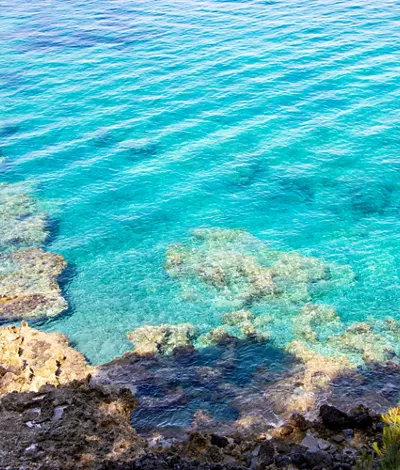
Take a breath of fresh air in Basilicata
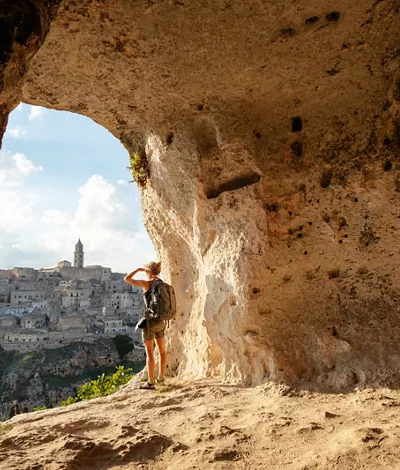
The Murgia Materana Park
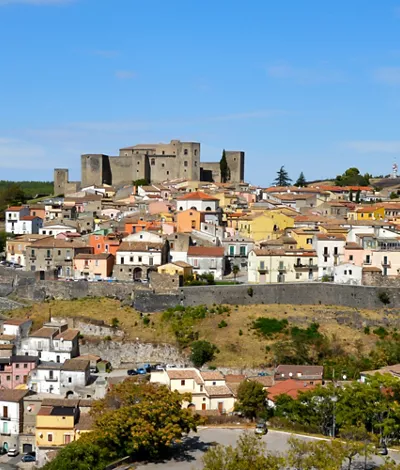
The Castle of Melfi in Basilicata: a fortress-guide to the Middle Ages
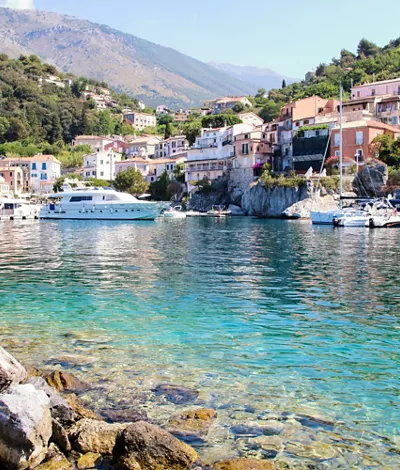
Maratea, the pearl of the Tyrrhenian Sea for sacred art enthusiasts
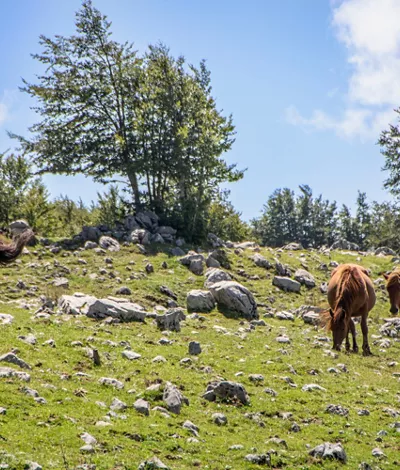
Pollino National Park
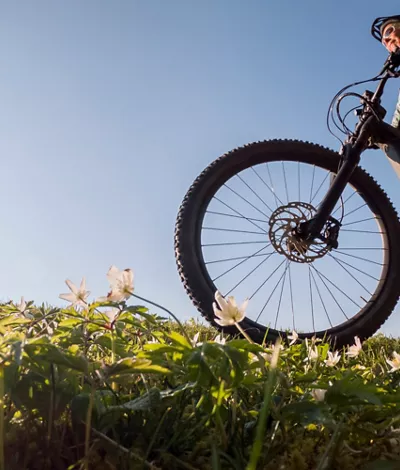
What to see in the Murgia Materana by e-bike to discover the rupestrian churches
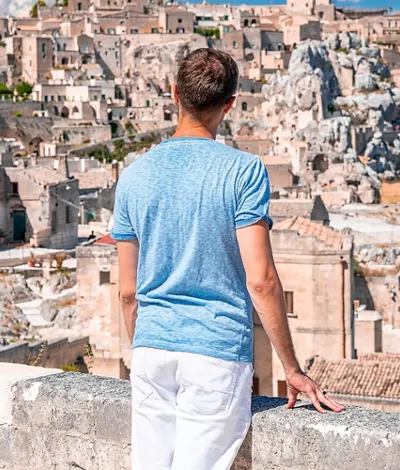
Panoramic locations in Matera offering spectacular views of the Sassi district
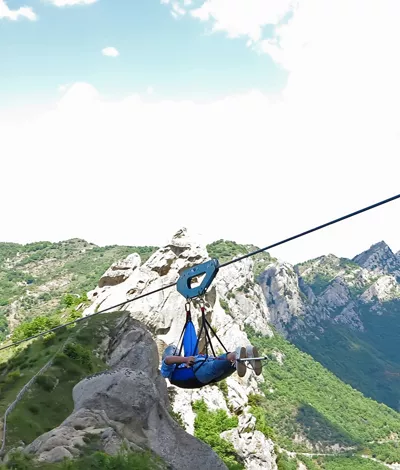
Basilicata, the Angel’s Flight: suspended between heaven and earth
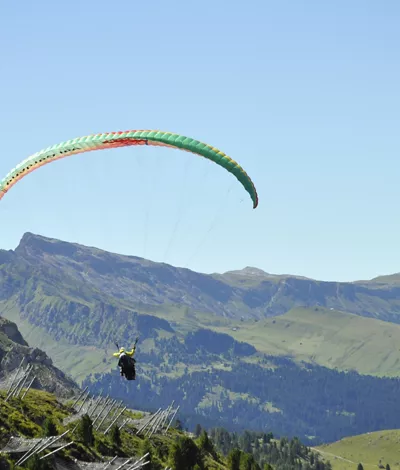
Paragliding: diving where the sky is bluer than ever
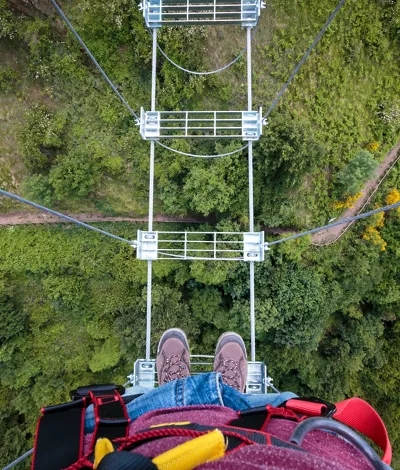
Walking into the void, the thrill of crossing a Tibetan bridge
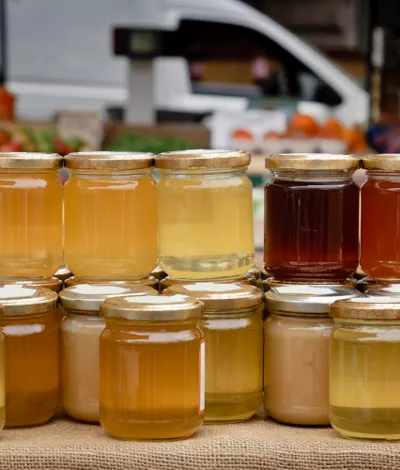
Lucanian honey: the various types of the sweet nectar of Basilicata
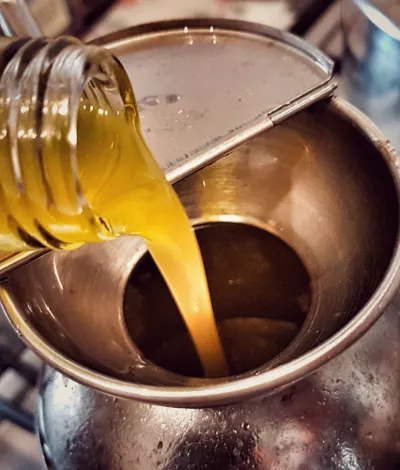
Lucanian Delights: Basilicata's Extra Virgin Olive Oil
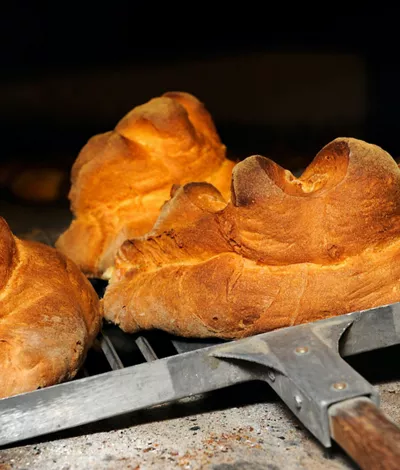
Bread from Matera

Basilicata: the crunchy “cruschi” peppers of Senise

Typical Christmas sweet treats of Southern Italy: delights to indulge in one after another
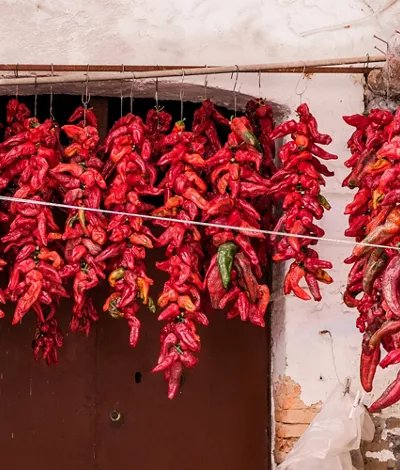
The Basilicata region by way of Franco Pepe's pizza Video
Inspiration for living the italian way.
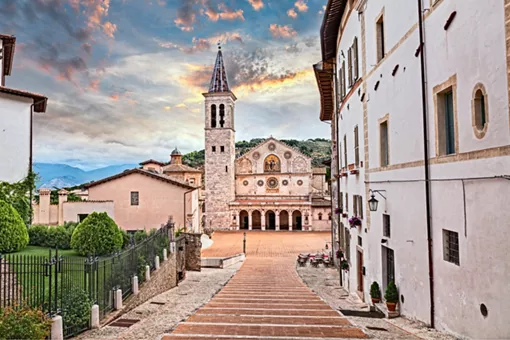
Saints and brigands. Five evocative treks in Central-Southern Italy

Smart working immersed in a natural environment: at a camping village or on a sailing boat, supporting a sustainable world
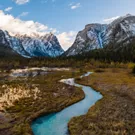
The best trails in UNESCO heritage sites in Italy: 10,000 steps amid nature and beauty

Five National Parks in Southern Italy - a blend of nature and history
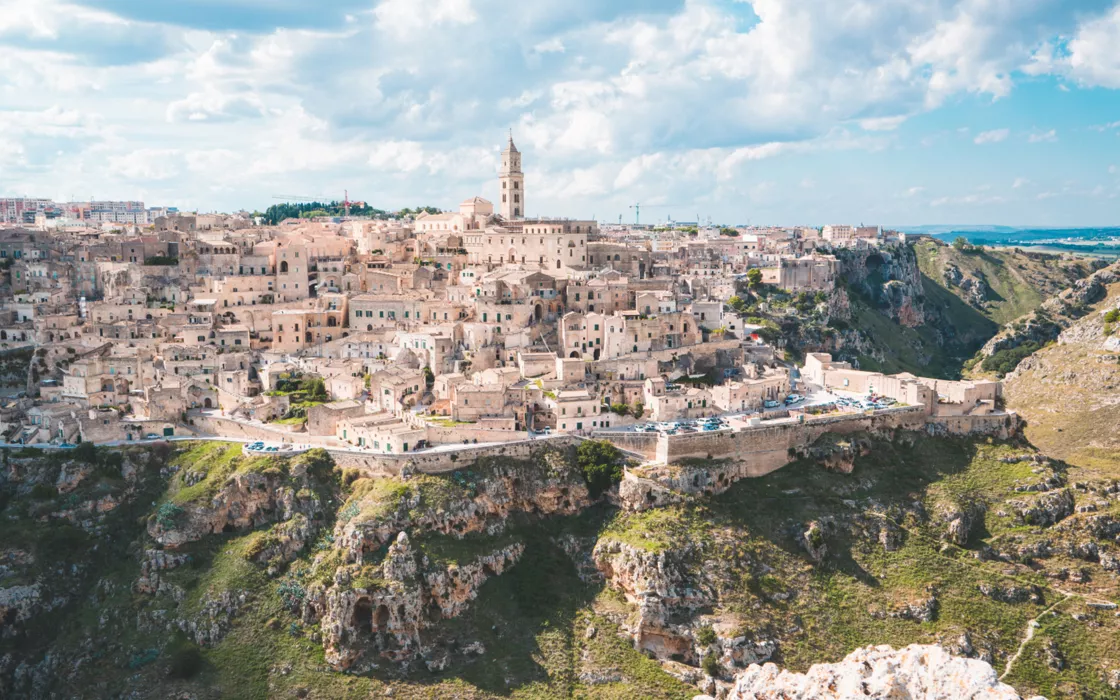
Experience Basilicata by bicycle: an itinerary from Ginosa to Matera
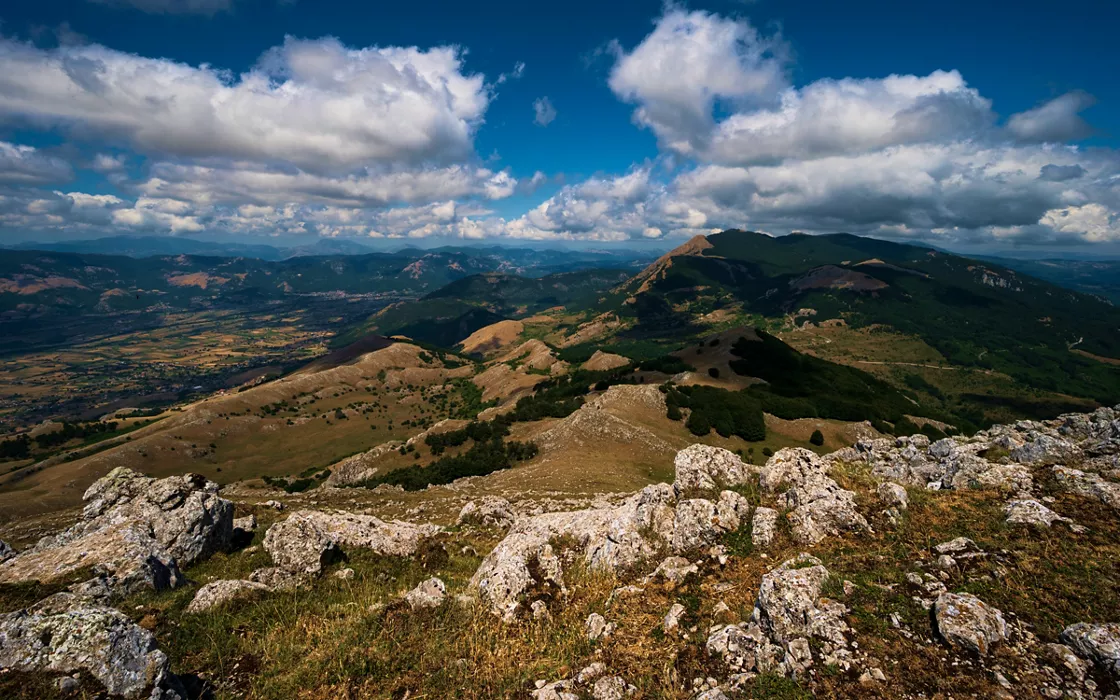
Basilicata by bike: an itinerary on two wheels from Matera to Rocca Imperiale
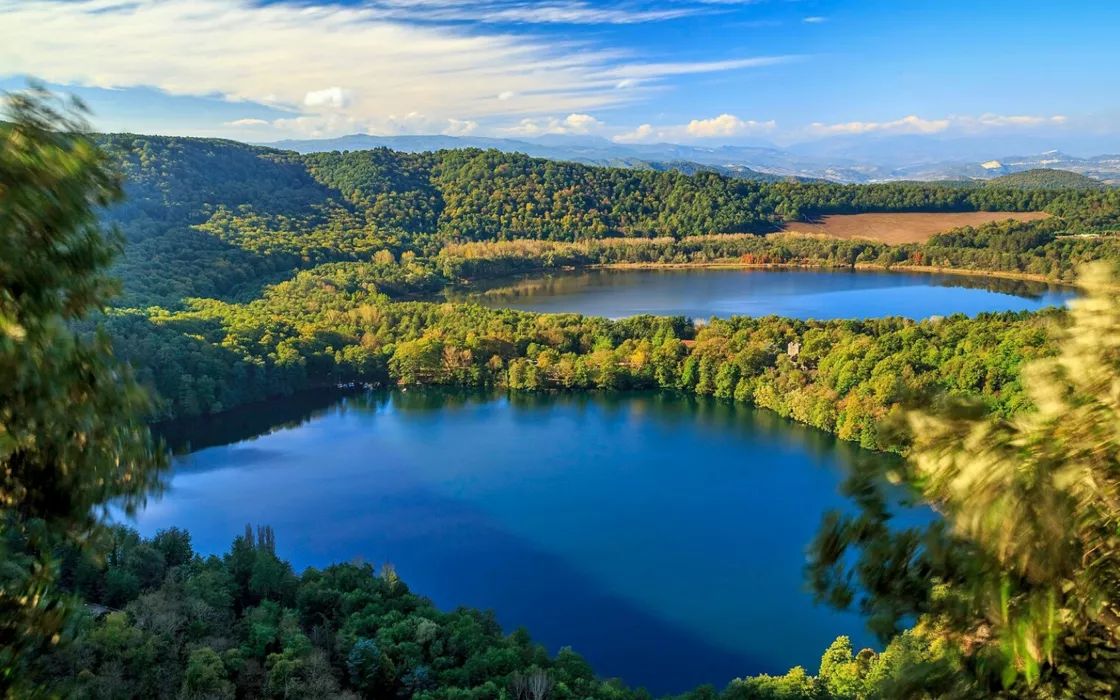
The Strade dei Briganti: cycling through history and legend in Basilicata
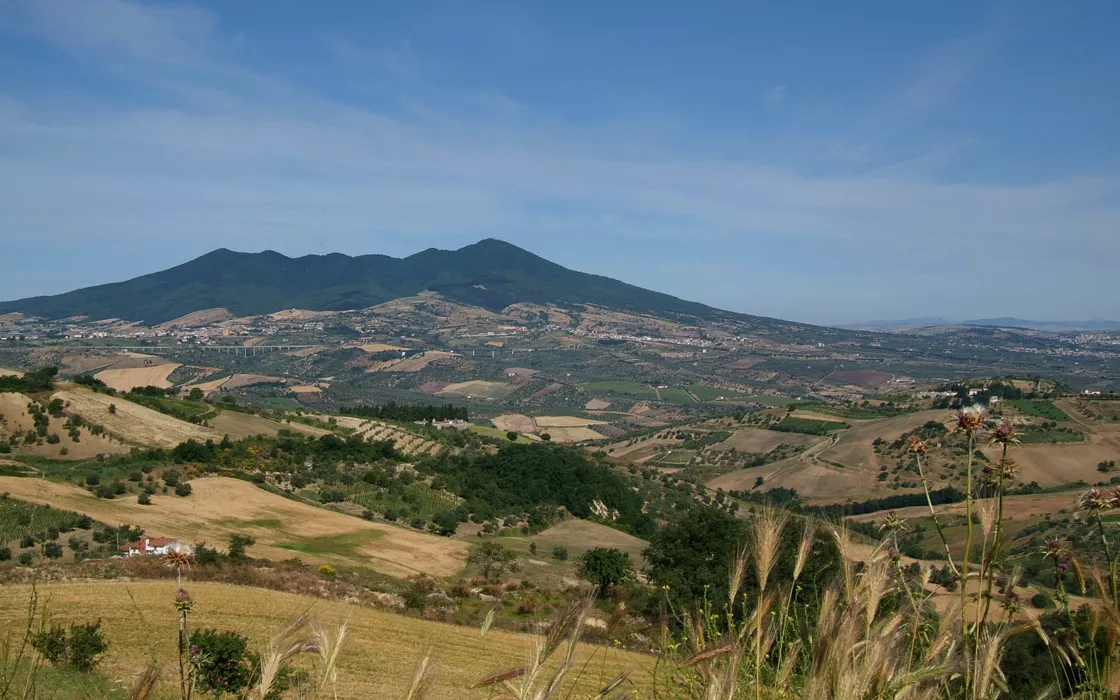
On the taste trail in Vulture
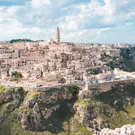
Basilicata: an escape from daily stress to rediscover beauty
Basilicata is a land made special by its small silent villages rich in history, its many unspoilt places and enchanting beaches. A unique variety of landscapes including expanses of land, national parks, forests and beautiful lunar-looking landscapes and then the legendary Sassi di Matera.
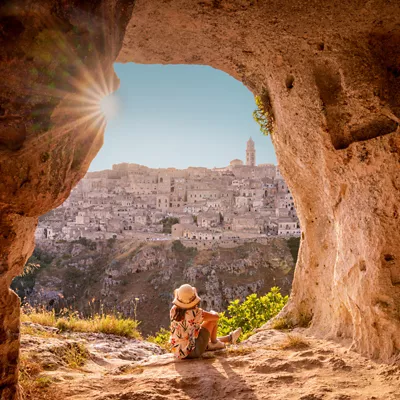
Continue living like an Italian
Subscribe to the Newsletter so as not to miss places, events and experiences for experiencing the best side of Italy: the authentic one.
Keep up to date
Would you like to learn about the most authentic experiences to be had in Italy, stay up to date on the most interesting events, discover our special offers and receive lots of insider hints and tips?
Save your favorite places
Create an account or log in to save your wishlist
Do you already have an account? Sign in
- Top 10 Things To See...
Top 10 Things to See and Do in Basilicata, Italy

If there is an Italian region you should visit this year, it is Basilicata. This small place located in the south of Italy has plenty of true hidden gems that everyone should see at least once in his or her lifetime. It is not the most famous Italian region, but thanks to its ancient cities, amazing beaches, stunning national park and beautiful archaeological parks, totally worth a visit. Read our list of top 10 things to see and do in lovely Basilicata.
Visit matera.
The capital city of Basilicata has been declared the European Capital of Culture for 2018, along with Bulgaria’s Plovdiv . Why? Easy! Matera is one of the most beautiful Italian (and European) towns and is also a UNESCO World Heritage site. Sassi di Matera, where you can find traditional houses made with materials unique to this region, is simply stunning. This is also the location of Mel Gibson’s famous movie, The Passion of the Christ.

Explore Wild Maratea
If you love the Amalfi Coast, Maratea will surely amaze you. With its 20 miles of wild coastline, it’s a great option for travelers who love to visit beautiful places, but without crowds. Here you’ll find black volcanic sand, pebble beaches, caves, churches and the second largest statue of Christ in the world.

Admire the Nature in Pollino National Park
Nature enthusiasts must visit the Pollino National park, a stunning area with prehistoric caves, cave drawings, burial sites and natural hot springs. Did you know it is the largest national park in Italy?

Relax at the Thermal Springs in Latronico
If you need to spend some good time in silence and relaxation, there is no better place to go than Latronico. This stunning hamlet, which looks like it’s straight out of a fairytale, is home to the most important thermal springs of Basilicata.
Admire Amazing Panorama in Vulture Melfese Area
For heartbreaking panoramas and spectacular natural views, head to the northern area of Basilicata , called Vulture Melfese. This part of the region also offers high-quality red wines, such as Aglianico, and excellent gastronomic delicacies. The small town of Bernalda, located here, is the former home of Francis Ford Coppola’s grandfather.
Walk Through the Ancient Site of Metaponto
Founded by Greeks in the second half of the 7th century BC, Metaponto is one of the best destinations of Basilicata. Not only for its pristine and fabulous beaches, but also for the archaeological park with an ancient Greek theatre and a Doric temple.

Become a Culture Tripper!
Sign up to our newsletter to save up to $1,656 on our unique trips..
See privacy policy .

Stroll Through Potenza
Even if Matera is known worldwide for its beauties, Potenza is the capital city of the Basilicata region and deserves to be seen by visitors. The best thing to do here is stroll through its old city centre, admiring the beautiful façades of the palaces and church, especially the Dome of Potenza built during the 12th century and restored in the 18th century.
Visit the Little Pompeii
The Archaeological Park of Grumentum is also known as the Little Pompeii of Basilicata. With its amphiteatre, theatre, Roman baths, temples, villa, mosaics and forum, there is no doubt why it is considered one of the most beautiful ancient parks of the south of Italy.

See Old Roman Ruins in Venosa
If you don’t have enough of ancient history, visit Venosa. Here you’ll find the ruins of the old Roman colony of Venusia founded in the 3rd century BC. This ancient settlement was also the birthplace of the great Roman poet Horace.
Be Amazed by Castle Tramontano
Situated on a hill near Matera, Tramontano is a 15th-century castle left unfinished after the Count Tramontano, who was the lord of the region at that time, was killed. This beautiful castle in Aragon style isn’t open to the public, unfortunately, but you can easily admire it from the outside.

Culture Trips launched in 2011 with a simple yet passionate mission: to inspire people to go beyond their boundaries and experience what makes a place, its people and its culture special and meaningful. We are proud that, for more than a decade, millions like you have trusted our award-winning recommendations by people who deeply understand what makes places and communities so special.
Our immersive trips , led by Local Insiders, are once-in-a-lifetime experiences and an invitation to travel the world with like-minded explorers. Our Travel Experts are on hand to help you make perfect memories. All our Trips are suitable for both solo travelers, couples and friends who want to explore the world together.
All our travel guides are curated by the Culture Trip team working in tandem with local experts. From unique experiences to essential tips on how to make the most of your future travels, we’ve got you covered.

Guides & Tips
Your guide to travelling italy by train.

See & Do
Why san ginesio is one of the best tourism villages in the world.

The Best Places to Travel in April 2024

The Most Amazing Markets in the World

Top Tips for Travelling in Italy

Visit the Locations from Your Favourite TV Shows with Culture Trip

The Best Places to Travel in July

The Best Trips and Tours in Italy

Top Tips for Travelling in Rome

The Best Group Trips to Take With Your Partner

The Best Private Trips to Book With Your Girl Friends

How Much Does a Trip to Italy Cost?
Culture trip spring sale, save up to $1,656 on our unique small-group trips limited spots..

- Post ID: 1791117
- Sponsored? No
- View Payload
Hotels.com Rewards is now One Key™

10 Best Things to Do in Basilicata
What is basilicata most famous for.
The best things to do in Basilicata mostly revolve around its long and varied history. The mountainous region is teeming with mediaeval castles, ancient architecture, coastal resorts, and charming hilltop villages. Giving you plenty of sightseeing opportunities, its rich history dates back to the Stone Age, with traces of Romanesque, Byzantine, Benedictine, Norman, and Swabian architecture.
Nature reserves and national parks are plentiful in Basilicata , where you get to enjoy activities such as hiking, horseback riding, camping, and spotting rare wildlife. Our guide to the best things to do in Basilicata is suitable for just about any traveler, whether you’re a history buff looking to explore ancient monuments and limestone caves to a self-proclaimed foodie who wants to indulge in Italian wines and delicacies.
What are the best things to do in Basilicata?
Sassi di matera, see beautiful frescos of religious figures at sassi di matera’s cave churches.

Sassi di Matera is a UNESCO World Heritage Site in Basilicata, where you can find many businesses, homes, hotels and rupestrian churches that are set within limestone caves. This hillside town has been inhabited since the Palaeolithic era, making it one of the world’s longest-occupied cave systems. If you’re visiting Sassi di Matera in early July, check out its annual Festa della Bruna which commemorates patron saint Madonna della Bruna. This week-long celebration starts on 2nd July, with colorful parades, market stalls, and marching bands filling the streets of Matera from dawn until midnight.
Location: Matera 75100, Province of Matera
Melfi Castle
Check out ancient artifacts dating back to 2nd century at melfi castle.

Melfi is a quaint town that was once the Norman Capital of Southern Italy. Surrounded by a Norman city wall, it’s set within the province of Potenza and has some of the most beautiful cave cathedrals and Roman structures in Basilicata. Melfi Castle is a medieval-style structure that was built during the reign of Roman Emperor Federico II of Svevia. It houses the National Archeological Museum of Melfi, where you can see exhibits of valuable artifacts, including a sarcophagus dating back to the 2nd century.
Location: Via Normanni, 85025 Melfi
Open: Tuesday – Sunday from 9 am to 8 pm, Monday from 2 pm to 8 pm
Phone: +39 972 238 726
photo by Michele Perillo ( CC BY-SA 3.0 ) modified

8 Places Only Locals Know in Puglia

13 Dreamy Villages in Lazio

10 Best Things to Do for Couples in Milan
Cristo redentor, enjoy expansive views of maratea and its surroundings at the viewpoint.

Cristo Redentor (The Statue of Christ the Redeemer) is located in the coastal town of Maratea in Basilicata. The statue is set on Monte San Biagio and stands at over 21 meters tall, making it one of the tallest sculptures of Jesus Christ in Europe. It’s the work of Florentine sculptor Bruno Innocenti, who used a mix of Cararra marble and cement. There’s a viewpoint at the base of Cristo Redentor, which gives you a beautiful view of Maratea and the Tyrrenhian Coastline.
Location: Maratea, Borgo Castello - Top of Monte San Biagio
Open: Daily from 06:00 to midnight
Wine-tasting at Basilicata’s Wine Cellars
Sample italian wines at basillica’s many cellars.

Basilicata is the producer of Aglianico del Vulture, a tannic, full bodied red wine that is famed throughout Italy. Set between Apulia and Calabria, the wine region of Vulture – Melfese is filled with expansive grape vines and reputable wine cellars that are worth visiting if you’re looking to enjoy a day of wine-tasting during your vacation. Basilicata also has an annual festival dedicated to Aglianico wine which takes place every September in several castles within the region. One of the region’s most popular wine estates, Cantine del Notaio has thriving vineyards spanning 263,000 sq m and 17th-century wine cellars.
Location: Indirizzo, Via Roma, 159 - 85028 Rionero in Vulture
Open: Monday - Saturday from 9 am to 1 pm & 5 pm to 8 pm (bookings required on Sunday)
Phone: +39 972 723 689
Il Borgo (Maratea Old Town)
Visit maratea’s basilica of san biagio and the cristo redentor statue.

Il Borgo is Maratea’s historical district, where you can find more than 40 churches and buildings dating back to the 13th century. Set on the slopes of Monte San Biagio, this charming town has 2 main squares called Piazza Vitolo and Piazza Buragli. Its narrow alleyways are lined with plenty of bars, cafes and restaurants, as well as shops selling souvenirs and regional specialties. If you’re in Basilicata between late July and early August, the city’s prestigious Maratea Film Festival offers a week of movie screenings, premieres, debates, and award ceremonies celebrating prominent filmmakers and actors.
Location: Maratea, 85046 Basilicata
photo by AlexanderVanLoon ( CC BY-SA 3.0 ) modified
Ride the Volo dell’Angelo
Fly across basilicata’s mountain range on this exhilarating ride.

Volo dell’Angelo (Ange Flightl) is a thrilling ride in Basilicata, where you get to glide across 2 mountain peaks at high speed. Set in Potenza, it’s popular among those craving for an adrenaline rush, as they’re suspended on a steel cable at altitudes of up to 400 meters above sea level. Offering breathtaking views of the Lucanian Dolomites, departure stations for Volo dell’Angelo are located in the hilltop villages of Castelmezzano and Pietrapertosa. Ticket prices start from €35 for solo riders and €60 for couples. Note that solo rides are permitted only if you’re over the age of 16.
Location: Via Maestri del Lavoro, 19, 85100 Potenza
Open: Wednesday – Monday from 9 am to 6 pm (closed on Monday)
Phone: +39 971 986 020 or +39 971 983 110
Monte Pollino at Pollino National Park
Visit the albanian communities in the villages of san paolo and san constantino albanese.

Pollino National Park is the largest in Italy, giving you plenty of opportunities for hiking, horseback riding, sightseeing, and exploring charming towns dating back between 15th and the 17th centuries. Officially recognized in 1993, the national park is known for housing a variety of wildlife such as wildcats, otters, wolves, boars, and roe deer. Experienced hikers can enjoy panoramic views of Tyrrhenian and Ionian coasts when climbing the Monte Pollino summit, which stands at over 2,200 meters above sea level. Quaint towns can be found here, including San Paolo and San Constantino Albanese. Both house Albanian communities practicing daily lifestyles and traditions dating back to the 16th century.
Location: 40km east of Maratea, Italy
photo by Vinc81 ( CC BY-SA 3.0 ) modified
Metaponto Archeological Park & Museum
Explore ancient greek monuments and buildings in this archeological site.

The Metaponto Archeological Park & Museum is where you can explore various monuments, temples, and artifacts of the ancient Greek colony of Metaponto. Its archeological site features ruins of buildings such as Doric Greek temples constructed between 570BC and 530BC which are dedicated to Athena, Apolo, Aphrodite, Hera, and Demeter. The museum displays weapons, jewelry, and shields that are made during the Bronze Age, as well as beautiful handicrafts and Italian-Mycenaean ceramics.
Location: Via Aristea, 21, 75012 Metaponto MT
Open: Tuesday - Sunday from 9 am to 8 pm, Monday from 2 pm to 8 pm
Phone: +39 835 745 327
photo by Σπάρτακος ( CC BY-SA 3.0 ) modified
Enjoy the sunny weather on the Ionian Coast
Soak up the sun and enjoy fun activities on this expansive coastline.

The Ionian Coast is a 30-km-long stretch of beach facing the Mediterranean Sea, comprising the historical districts of Metaponto and Policoro. Both feature seaside promenades and expansive beaches with clean waters, attracting travelers from all over the world in the summer. Some of the most popular things to do on the Ionian Coast include sunbathing, snorkeling, wind surfing, and jet skiing. There are also plenty of notable landmarks in each district. Metaponto is home to the Metaponto Archeological Park, while Policoro has a turtle sanctuary and the WWF Nature Reserve.
Location: 51 km southeast of Sassi di Matera
photo by Mateola ( CC BY 3.0 ) modified
The Crypt of Original Sin
See ancient cave drawings dating back to the 8th century.

The Crypt of the Original Sin is deep within a Palaeolithic-era cave on Basilicata’s Murgia Plateau. Its walls are decorated with frescos depicting biblical icons such as God the Creator, Light and Darkness, Adam and Eve, the Archangels, Apostles John, Peter and Andrew, and the Virgin Mary. Also called The Sistine Chapel of Rupestrian Art, the cave paintings date back to the early 8th century, featuring a mix of Byzantine and Late-Romanesque art. You can only visit the Crypt of Original Sin by guided tour, which costs about €10 and includes a 20-minute audio guide in English, Italian, German, and French.
Location: Azienda Agricola F.lli Dragone, Contrada Petrapenta, Strada Provinciale Fondo Valle del Bradano sulla SS7 Appia
Open: Tuesday - Sunday from 9 am to 7 pm
Phone: +39 3203 345 323
photo by Mattis ( CC BY-SA 3.0 ) modified

This article includes opinions of the Go Guides editorial team. Hotels.com compensates authors for their writing appearing on this site; such compensation may include travel and other costs.
Start planning your trip
Related stories.

10 Best Places to Go Shopping in Milan

10 Best Things to Do for Couples in Venice

MAXXI - National Museum of 21st Century Art in Rome

10 Great Restaurants in Sicily
Keep exploring.
- Abano Terme
- Amalfi Coast
- Capri Island
- Milano Marittima
- Emilia-Romagna
- Friuli Venezia Giulia
- Bosnia and Herzegovina
- Netherlands
- Northern Ireland
- Switzerland
- United Kingdom
Australia - New Zealand and the South Pacific
Mexico and central america, middle east, north america, south america.
- 1 Provinces
- 3 Other destinations
- 4.1 Etymology
- 4.2.1 Modern history
- 4.3 Tourist information
- 5.1 By plane
- 5.2 By train
- 6 Get around
- 7.1 Archaeological sites
- 7.2 Castles
- 7.3 Museums
- 7.4 Nature reserves
- 7.5 Villages
- 11 Stay safe
Basilicata , also known as Lucania , is a region of Southern Italy .

Basilicata is divided into two provinces:
- 40.638376 15.80224 1 Potenza — The regional capital and the largest city, home of Basilicata National Archaeological Museum
- 40.667879 16.606219 4 Matera — The town of "Sassi" (UNESCO World Heritage), declared European Capital of Culture for 2019
- 40.213304 16.676228 6 Policoro — Beach resort on the Ionian Sea, with a National Archaeological Museum
Other destinations

- 40.379518 16.436979 2 Craco — Fascinating ghost town , set of numerous films such as The Passion of The Christ
- 40.373698 16.807855 4 Metaponto — Resort on the Ionian Sea with the amazing remains of the Temple of Hera
As a visitor, you'll find that Basilicata has much to offer. There's an abundance of religious, historical, and cultural attractions, fantastic seaside tourism opportunities, and great cultural opportunities. As is the case throughout Southern Italy , the pace of life is slow and relaxed. Still, with so many exciting things to do, Basilicata is a wonderful destination for a quiet getaway or a weekend adventure.
The exact origin of the word "Basilicata" is unclear. It is possible that it comes from a Greek word, "basilikos" ( Greek : βασιλικός).
At some point in its history, Basilicata was known as Lucania .
Modern history
Throughout much of the 1940s, Basilicata was an impoverished, poorly developed region. The region suffered from great poverty, there was a dearth of food, illiteracy was common, and suffered from high child mortality rates. Many residents had no access to water or electricity and there was widespread discontent. Alcide De Gasperi, Italy's prime minister at the time, once slammed the slums of Matera as a "national disgrace".
It wasn't until the 1950s that things began to change for the better. With money pouring in from the Marshall Plan, Alcide De Gasperi then embarked on an aggressive, controversial campaign to rapidly develop the region. In the years to follow, Matera became the region's most well-known city and in 2019 it became the European Capital of Culture.
Even though the region has great tourism potential, it is one of the least visited, least developed, and least populated areas in Italy; the region has some of the highest poverty and migration rates in Italy, and the fact that the local government doesn't do much to promote the region means that most tourists who visit Italy don't know about what all this beautiful region has to offer. This aside, the Lucanians are quite friendly and helpful and are happy with what they have.
Tourist information
- Basilicata tourism [dead link] website
Bari-Palese International Airport [dead link] ( BRI IATA ) is 64 km distant from Matera and is linked to the town by the regional bus company COTRAB . This airport is the best choice to reach the eastern-Ionian area of Basilicata, while Naples International Airport ( NAP IATA ) is the best option to exploring the western-Tyrrhenian area of the region. The Autolinee Liscio bus company provides linking from the Naples International Airport to the regional capital Potenza (170 km) in about two hours.

It is possible to reach Potenza from Rome in about 5 hours with one change at Salerno station, using the trains of the national operator . Ferrovie Appulo Lucane is a regional operator that provides connections from Potenza and Matera to Bari , but the trip can be quite long and sometimes uncomfortable since the service is far from efficient.
Three autostrade (toll roads) can be used to reach Basilicata from other parts of Italy:
- A2 — Motorway of the Mediterranean Sea , links Salerno to Reggio Calabria passing through the area of the Pollino National Park (southern part of the region). It has a ramification that directly connects Potenza to Salerno
- A14 — Adriatic Motorway , links Bologna to Taranto passing near Matera and Metaponto
- A16 — Motorway of the Two Seas , links Naples to Canosa passing near Melfi and the Vulture area
For more information you can check the website of Autostrade per l'Italia .
Strade statali (trunk roads) can be used for reaching internal destinations or the surrounding regions:
Archaeological sites
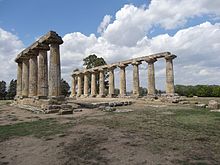
- Grumento Nova — Archeological park of the Roman city of Grumentum .
- Metaponto — Well preserved remains of the ancient Greek city of ' .
- Rupestrian Churches of Matera — A high number of troglodyte churches excavated in the rock during the early Middle Ages (UNESCO World Heritage) .
- Policoro — Remains of the Greek city of Herakleia .
- Venosa — Paleolithic park of Notarchirico, remains of the Roman city of ' and .

- Castle of Lagopesole in Avigliano .
- Castle of Cancellara [1] [dead link]
- Castle of Lavello [2]
- Castello Tramontano in Matera .
- Castello del Malconsiglio in Miglionico .
- Castle of Muro Lucano [3]
- Castle of Valsinni [4] [dead link]
- Aragonese Castle [dead link] in Venosa.

- Exhibition venue of Palazzo De Lieto in Maratea
- Exhibition venue of Palazzo Ducale in Tricarico
- Museum-Workshop of the Peasant Culture in Matera .
- National Archaeological Museum of Alta Val d'Agri [dead link]
- National Archaeological Museum of Basilicata "Dinu Adamesteanu" in Potenza .
- National Archaeological Museum "Domenico Ridola" in Matera [dead link]
- National Archaeological Museum of Melfese "Massimo Pallottino"
- National Archaeological Museum of Metaponto
- National Archaeological Museum of Muro Lucano
- National Archaeological Museum of Siritide [dead link] in Policoro .
- National Archaeological Museum of Venosa [dead link]
- National Museum of medieval and modern art in Matera
Nature reserves

Approximately the 30% of Basilicata's total area is occupied by nature reserves. Here are the most relevant ones:
- Abetina di Laurenzana Regional reserve — Oasis rich of fauna such as the Italian wolf.
- | Appennino Lucano-Val d'Agri-Lagonegrese National Park — a 70,000 hectare protected area in the heart of Apennines.
- Murgia Materana Regional Park [dead link] — Characterized by the presence of rupestrian churches surrounded by the impervious territory of the Murge plateau (UNESCO World Heritage).
- Pantano di Pignola Lake [dead link] — A WWF oasis near Potenza .
- Pollino National Park [dead link] — With peaks that reach the heights of 2.260 meters, it is the largest national park of Italy and an UNESCO World Heritage site.
- Regional park of Gallipoli Cognato e Piccole Dolomiti Lucane [dead link]
- San Giuliano Lake Regional reserve — A WWF oasis ideal for birdwatching.
- Volcanic Lakes of Monticchio Regional reserve [dead link] — Two small likes situated under the Mount Vulture and surrounded by a dense forest.
Check for a detailed map of Basilicata's natural protected areas: [5]

- Acerenza — Town of ancient Greek origins with a remarkable cathedral. One of Italy's most beautiful villages .
- Aliano — Surrounded by the striking landscape of "calanchi" (badlands), it is famous for having being the home of Carlo Levi during his exile in the fascist period. [6]
- Castelmezzano and Pietrapertosa — Two of Italy's most beautiful villages, both located in the heart of Basilicata's Apennines. [7] [8]
- Guardia Perticara — Fascinating medieval town in the Val d'Agri territory, one of Italy's most beautiful villages .
- Rotondella — Known as the "Balcony of the Ionian Sea", it is perched on a hill with an amazing view over the Gulf of Taranto. [9]
- — One of the best preserved medieval historic centers of the region.
- Viggianello — Enchanting town surmounted by the massif of Pollino. One of Italy's most beautiful villages .
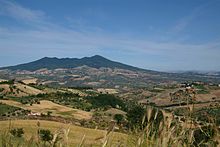
- Take part in the Marriage of The Trees Festival [dead link] in different parts of the region.
- Visit the Vulture region , the area of production of the world-famous DOC wine Aglianico del Vulture .
- Relax or take a bath in one of the resorts along the Ionic coast [dead link] .
- If you are not afraid of heights try the incredible experience of "Volo dell'Angelo" (the Angel Flight) : a flight between the towns of Castelmezzano and Pietrapertosa on a suspended steel cable. You will reach the speed of 120 km/h at 1020 meters of height!
- Walk one of the longest footbridges, 40.166 15.9889 1 Ponte tibetano di Castelsaraceno .

The cuisine of Basilicata is deeply anchored in peasant traditions. Its typical traits are a large use of stale bread crumbs as a condiment and chili and horseradish as spices. Basilicata is widely known for the peperoni cruschi (crunchy peppers), nicknamed "The red gold of Basilicata", a dry and sweet-flavoured variety that can be found in most regional dishes or even consumed as a chip. It is the dried form of the Peperone di Senise , one of the most popular Italian varieties. Basilicata is also renowned for Pane di Matera (Matera Bread), Lucanica sausage , cheeses like Pecorino di Filiano and Canestrato di Moliterno and Fragola Cadonga , a variety of strawberry cultivated in the Metaponto plain.
Some of the most characteristic dishes include:
- Pasta con i peperoni cruschi — pasta dish with peperoni cruschi and fried bread crumb
- Tumact me tulez — pasta dish with tomato, anchovy, bread crumb and walnuts
- Fusilli con pezzente e rafano — pasta dish seasoned with a ragù sauce made from pezzente salami and horseradish
- Gnummareddi — Sheep or goat's offal rolled in bowels
- Grattonato — Sheep's offal with eggs, pecorino cheese and peperoni cruschi powder
- Baccalà a ciauredda — a fish dish made from stockfish, tomato, onion, olives and raisins
- Rafanata — baked frittata with horseradish and Pecorino cheese
- Pastizz — baked turnover with pork meat, eggs and cheese
- Calzoncelli — fried or baked pastries filled with a cream of almonds and chocolate
- Scorzette — baked pastries made from egg white, hazelnuts and melted chocolate

- Aglianico del Vulture — a world-famous DOCG red wine produced in the Vulture area
- Amaro Lucano — a herbal liqueur usually used as an apéritif or digestif
- Sempre Freddo [dead link] — a liqueur made from a mixture of the Aglianico wine, black cherry and vanilla
- Birra Morena — a multi-awarded beer
The region is one of the safest in the country. Pickpocketing and violent crimes are extremely rare.
- Apulia — It borders Basilicata to the east. You can explore the Alta Murgia National Park or the nearby cities of Foggia , Bari and Taranto .
- Calabria — It borders Basilicata to the south. Visit the stunning beaches of Praia a Mare on the Tyrrhenian coast, or the Archaeological remains of the Greek colony of Sibari on the Ionic coast.
- Campania — It borders Basilicata to the west. The Cilento and Vallo di Diano National Park (UNESCO World Heritage) is quite close to Potenza and Maratea , while the green Irpinia district lies to the north just beyond the two lakes of Mount Vulture (an extinct volcano).
- UNESCO World Heritage Sites
- UNESCO tag to be fixed
- Has custom banner
- Has mapframe
- Has map markers
- Articles with dead external links
- Has Geo parameter
- Southern Italy
- All destination articles
- Outline regions
- Outline articles
- Region articles
- Bottom-level regions
- Pages with maps
Navigation menu

Touropia Travel
Discover the World
12 Best Places to Visit in Basilicata, Italy
By Spencer Leasca · Last updated on May 4, 2024
Have you heard of Basilicata? Well, if not, it is a hidden gem in the south of Italy that we highly recommend you visit.
Despite not being the most well-known Italian region , it boasts ancient cities, breathtaking beaches, stunning national parks, and beautiful archaeological sites. All of which are well worth exploring next time you visit the ‘Bel Paese’.
Basilicata’s rich history dates back to the Stone Age and provides numerous sightseeing opportunities within its beautiful landscape. Much of this reflects in the design of its medieval castles, coastal resorts, quaint hilltop villages and ancient architecture, influenced by Romanesque, Byzantine, Benedictine, Norman, and Swabian cultures.
Please check out these things to do in Basilicata to learn more about the area and what its main drawcards are.
12. Montescaglioso
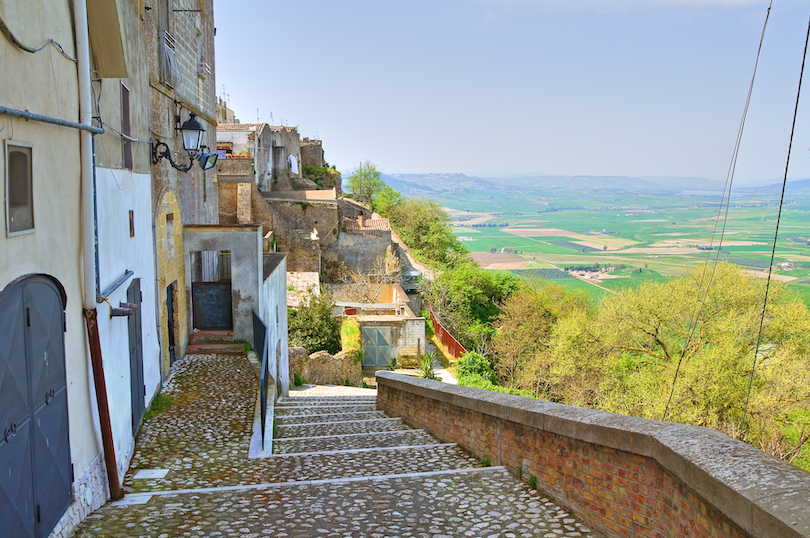
Montescaglioso is a picturesque hilltop town that lords over the Bradano River valley on a rocky outcrop that is surrounded by lush forests and rolling hills.
One of the most notable attractions in Montescaglioso is the Abbey of Santa Maria di Montescaglioso, a magnificent Romanesque-style monastery dating back to the 11th century. The abbey boasts stunning frescoes and a beautiful cloister which will captivate you with its intricacy.
Another highlight is its historic center, which features narrow winding streets, ancient churches , and traditional stone houses. Visitors can stroll through the town’s picturesque streets and soak up the charming atmosphere of this historic hilltop community.
If you are a foodie, Montescaglioso has you well covered. It is known for its delicious local cuisine, in particular, handmade pasta and locally produced cheeses and wines that are beautifully showcased in its trattorias, osterias, and restaurants.
11. Latronico
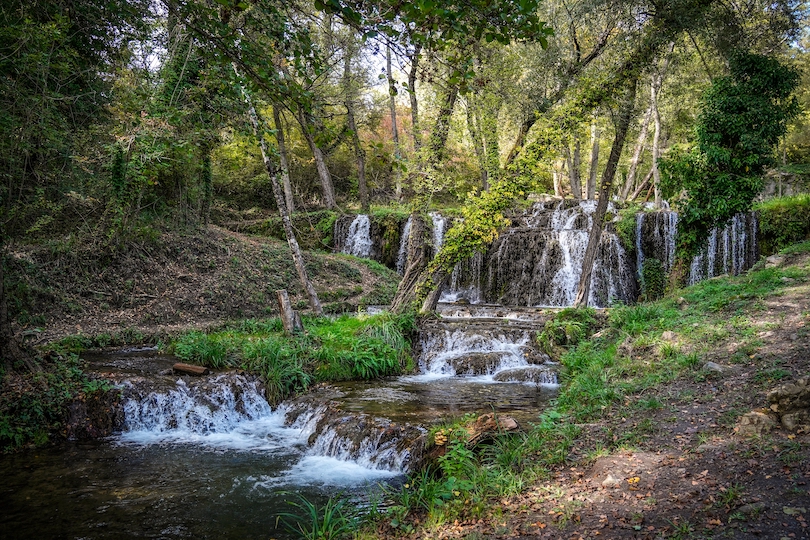
Nestled within the small mountain town of Latronico, the Terme Lucane hot springs is the perfect spot to relax.
You will find them near the tiny hamlet of Calda, whose name refers to the high-temperature springs found there.
The thermal springs reside amidst the stunning mountains of the Pollino National Park, one of Italy’s most pristine areas . The properties of its local waters have been known since prehistoric times, as evidenced by archaeological findings.
Its current spas were established in the early 20th century and are certainly invigorating. Having spent some time hiking to several small scenic waterfalls within the park, we found the hot springs were just the tonic we needed and left us very refreshed.
10. Pietrapertosa
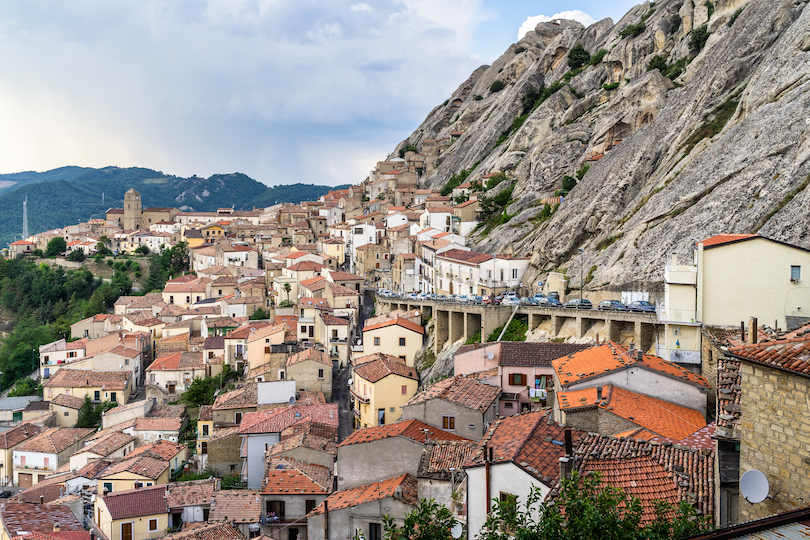
Pietrapertosa is a place you will be instantly wowed by. One of the more remarkable villages in Italy, it sits on a jagged peak within the Lucanian Dolomites that overlooks the stunning Basento river valley.
The views are incredible, and the village itself is a quaint warren of narrow streets and stone houses that ooze character and charm.
One of its highlights is its castle, which dates back to the 12th century and has been restored in recent years. Visitors can explore the castle’s towers and battlements, as well as the underground tunnels that connect it to the surrounding area.
If you’ve got a head for heights, the Flight of the Angel is something else you must do. The thrilling zipline that connects the village to the neighbouring town of Castelmezzano, spanning 1.4 km and reaching speeds of up to 120 km/h!
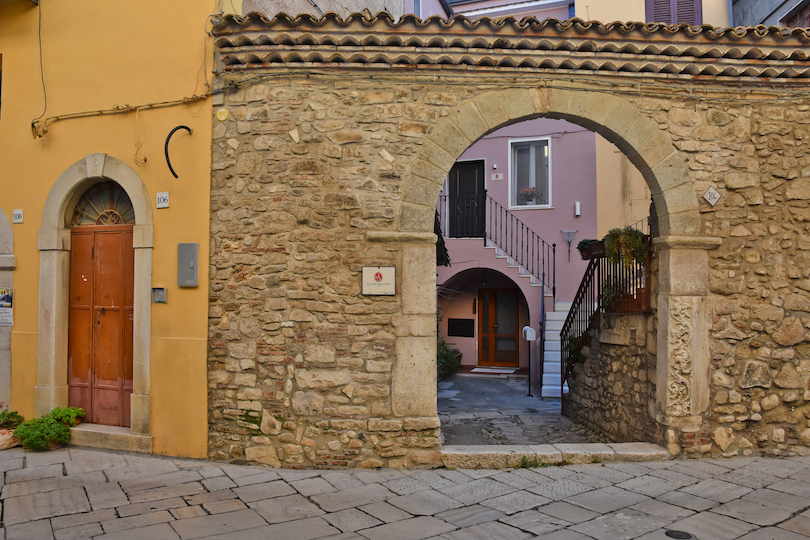
For a small town, Venosa offers plenty to entertain the visitor.
The birthplace of Roman poet Horace, who was born in the town in 65 BC; visitors interested in his life and work should head to the Casa di Orazio. A museum dedicated to his legacy is in the area.
The Archaeological Park should fascinate history buffs as it features ancient remains of monuments from the Latin colony of Venusia circa 291 BC. While the stunning Aragonese Castle is an imposing medieval fortress that once served as the residence of the noble Caracciolo family.
In the castle’s basement, you’ll find the National Archaeological Museum of Venosa, which houses a collection of ancient artefacts and works of art from the region’s rich history.
Not too far away, the Jewish Catacombs is a fascinating network of underground nooks and tunnels dug into the ground that will mesmerize those who aren’t claustrophobic.
8. Policoro
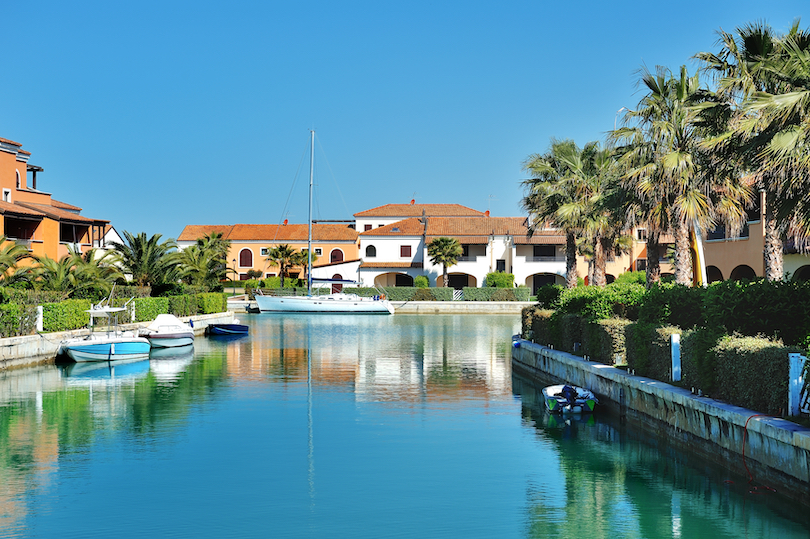
If you are into wildlife, you will want to visit Policoro, a quaint coastal town in the province of Potenza. It is home to the WWF Nature Reserve, a protected area that covers a stunning landscape of forests, wetlands, and sandy beaches.
Best explored on foot or by bike, it accommodates several rare plant and animal species. It is also the location for the ‘Italy Sea Turtle Rescue Center’, a non-profit organization dedicated to protecting and rehabilitating sea turtles in the Mediterranean Sea.
Whilst in Policoro, you should also take the opportunity to visit the ruins of Heraclea and the National Museum of Siritide.
Established around 433 BC, Heraclea was a Greek colony between the Siris and Aciris rivers on the Gulf of Taranto. Today visitors can see the remains of its fortifications while archaeological finds uncovered from it are on display at the nearby museum.
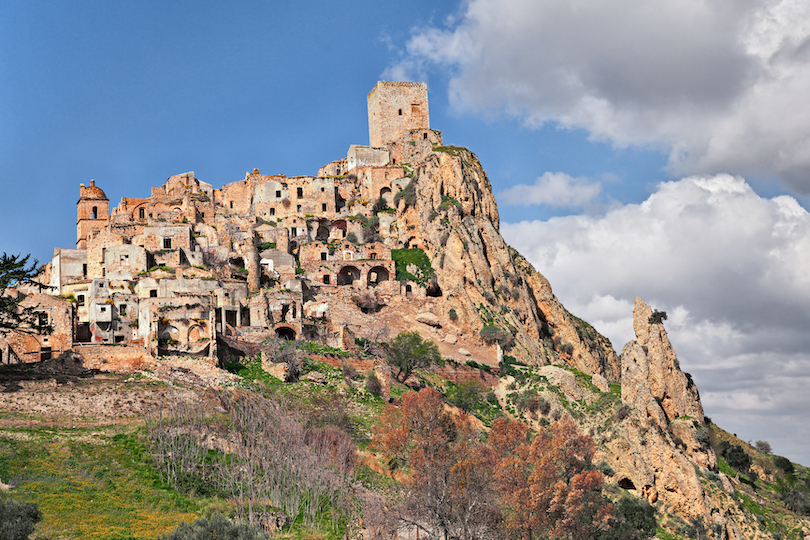
If you are the kind of person who gets easily spooked you might want to give Craco a miss. If you aren’t though, then the fascinating ‘ghost village’ in the province of Matera should captivate you.
The village dates back to the 8th century, and has a long and complex history of invasions, earthquakes, and political upheavals. Situated atop a hill overlooking the surrounding countryside, it is known for its dramatic ruins and eerie atmosphere.
Despite its turbulent past, Craco thrived for centuries as an agricultural and cultural center, with a rich heritage of art, architecture, and folklore. Sadly it was abandoned in the 1960s due to land erosion and lack of infrastructure and services.
We were keen to come here as this village was a filming location in the movies ‘The Passion of the Christ’ and ‘Quantum of Solace’. We found its winding streets and crumbling buildings beguiling as it gave us a hauntingly beautiful insight into the region’s past.
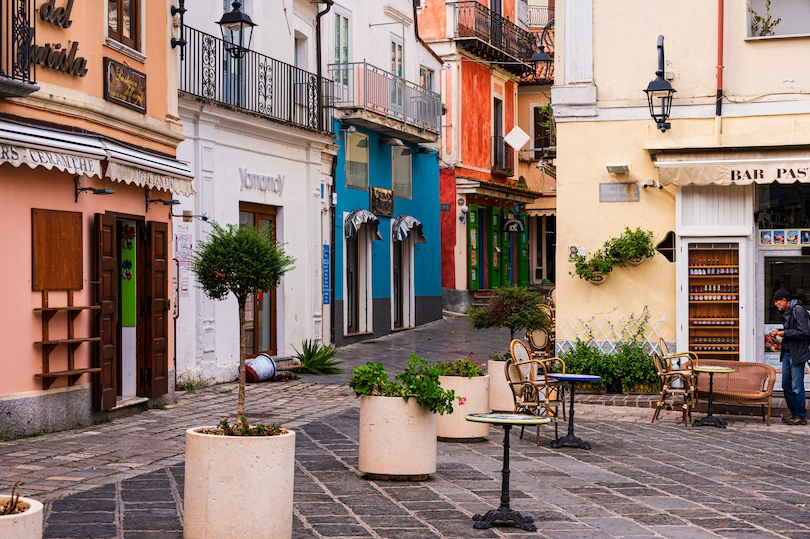
Tucked between the Tyrrhenian Sea and the Apennine Mountains, Maratea is somewhere many travelers instantly fall in love with.
Known for its natural beauty, historic landmarks, and charming Mediterranean atmosphere it offers beautiful beaches surrounded by cliffs and crystal-clear waters.
For those who fancy exploring, the old town comprises a spectacular maze of narrow streets and alleys lined with colorful houses, boutique shops and charming cafés. The town’s medieval walls, towers, and churches are well-preserved, making it a perfect spot to take in on foot.
Whilst there, be sure to visit the Christ the Redeemer Statue. It is the second biggest in the world, offering plenty of Insta-worthy photo opportunities, both of it and the surrounding scenery.
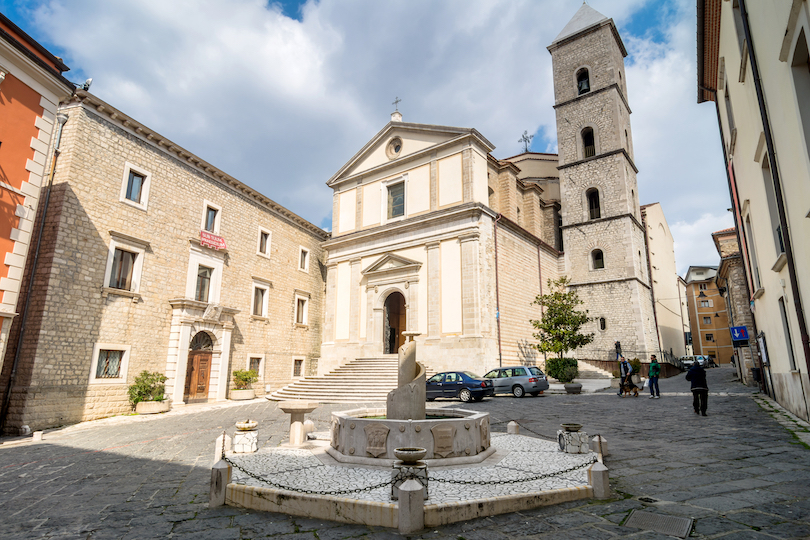
The capital city of Basilicata, Potenza, is a destination full of surprises.
One of its main drawcards is its historic city center, which features winding, narrow streets, exquisite churches, and the National Archaeological Museum. The latter is dedicated to archaeologist Dinu Adameșteanu and exhibits relics and artifacts discovered in the area.
The city also provides access to several hiking trails, national parks, and stunning vistas which showcase its tremendous natural beauty. While the town is also known for its delicious local cuisine, which includes the region’s famous lagane e ceci pasta dish and lucanica sausage. Both of which we tried and really enjoyed.
Depending on the timing of your visit, make sure to attend some of the festivals and events throughout the year. One of the main ones is the Feast of San Gerardo, that takes place in May.
4. Metaponto
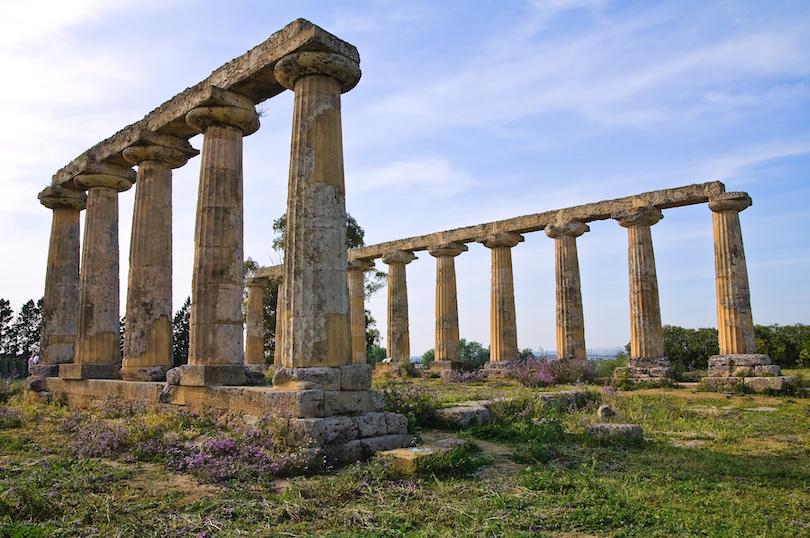
For those interested in the history of the Basilicata region, a trip to Metaponto is a must. There you’ll find the Metaponto Archaeological Park & Museum, which lets you explore an intriguing cluster of Greek monuments, temples, and historical artifacts.
One of the most significant testimonies of Magna Grecia, the archaeological site is notable for its various ruins of Doric temples. Constructed at some point between 570BC and 530BC between them, they are individually dedicated to Aphrodite, Apolo, Athena, Demeter and Hera, and have immense cultural significance.
The museum also showcases Bronze Age weapons, jewelry, shields, and beautiful crafts, including Italian-Mycenaean ceramics. Walking around it, you get a real sense of how the people who used them lived over 2500 years ago.

3. Pollino National Park
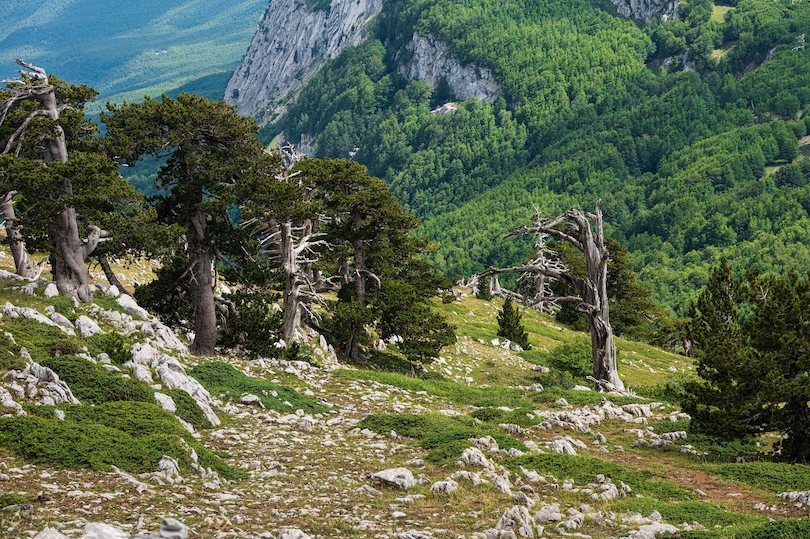
The Pollino National Park in Basilicata is a natural wonderland and a must-visit destination for anyone interested in outdoor activities and stunning scenery.
The vast park offers various outdoor activities, including hiking, mountain biking, rock climbing, and wildlife spotting for those who want to explore it. Visitors can also venture onto its massive trail network that leads through rugged mountains, deep canyons , and pristine forests.
Along the way, you will spot a wide variety of wildlife, including the golden eagle, the wolf, and the elusive otter.
As well as these adventure activities, the park is home to several small towns and villages worth exploring with a local guide. They include San Severino Lucano, Viggianello, Papasidero and Morano Calabro. All of which have their charms, stories and ways of life that will earn a special piece of your heart.
2. Castelmezzano

Castelmezzano is a beautiful village located in the heart of the Lucanian Dolomites. It connects to the neighboring town of Pietrapertosa via the aforementioned ‘Flight of the Angel’ zipline. Additionally, it has a trail that will take you there, offering spectacular views of the village and surrounding mountains as you traverse it.
If you make your way here, you can also explore the narrow, winding streets of the town and visit the crumbling ruins of the 11th-century Castello Saraceno castle. You can also admire the Church of Santa Maria dell’Olmo, which has a 14th-century wooden statue that depicts Madonna holding a child.
Additionally, foodies can indulge in various delicious local cuisines, including the famous ‘peperoni cruschi’ (crispy peppers) and ‘cavatelli’ pasta.
If you are interested in local crafts, you can visit several workshops and stores selling stunning handcrafted products made from local materials, such as wool, leather, and ceramics.
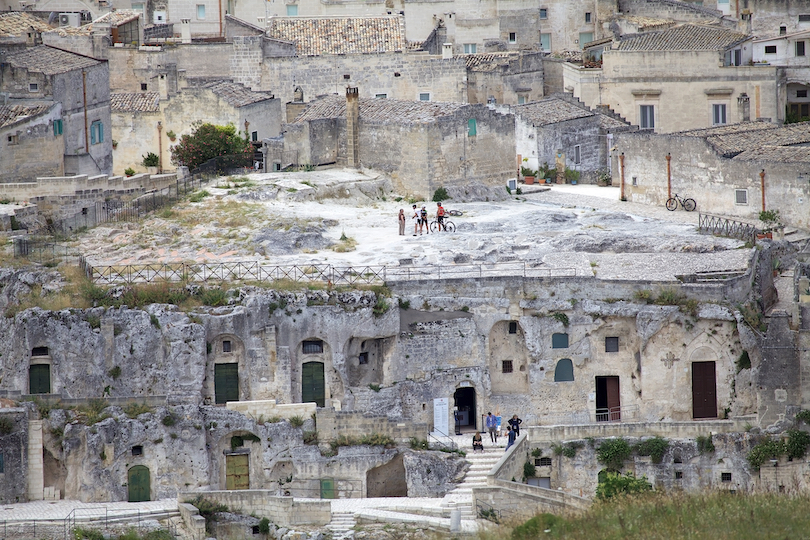
Not to be confused with Maratea, the city of Matera is famous for its stunning ancient cave dwellings , known as the ‘Sassi’.
The Sassi is a UNESCO World Heritage site. It consists of two districts, Sasso Caveoso and Sasso Barisano, which comprise cave dwellings carved into the area’s rock formations.
The history of the Sassi dates back to prehistoric times, and the caves were inhabited continuously until the 1950s. Unfortunately, the living conditions in the Sassi were deemed unsanitary at this time and led to a forced evacuation of the inhabitants.
However, in recent years, the Sassi has undergone extensive restoration and revitalization efforts, transforming the district into a popular tourist destination. Visitors can stroll through the narrow alleys and staircases of the Sassi, admiring the ancient architecture and learning about the history of this unique city.
When doing this, several historic churches and museums should impress with their facades and interiors. They include the Rock Church of San Pietro Barisano and the Museum of Medieval and Modern Art of Basilicata, located in the distinguished Palazzo Lanfranchi.
Map of Places to Visit in Basilicata, Italy
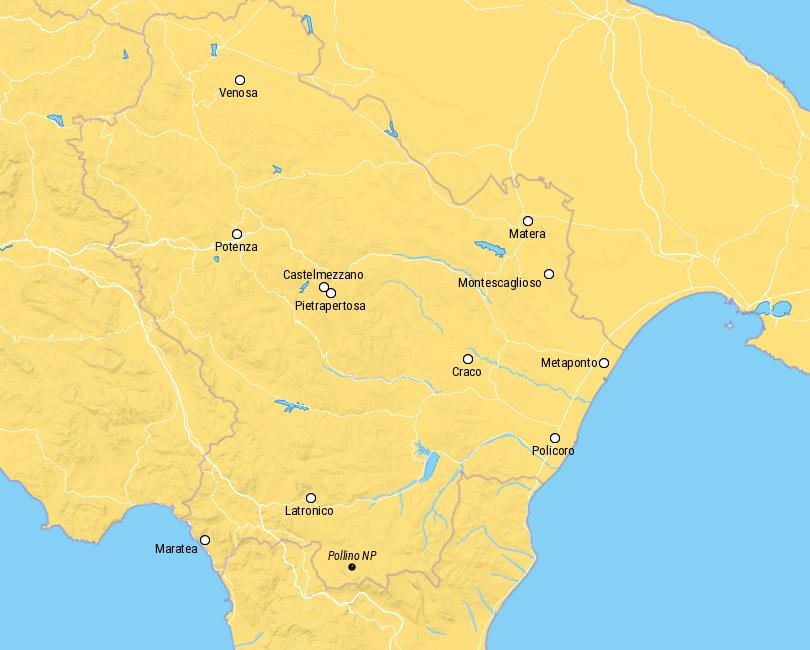
Share this post:
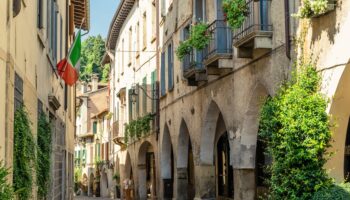
14 Best Places to Visit in Veneto, Italy
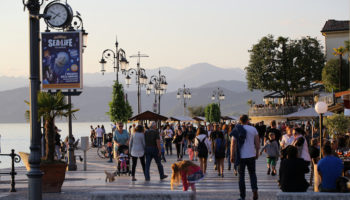
12 Best Places to Visit in Lake Garda
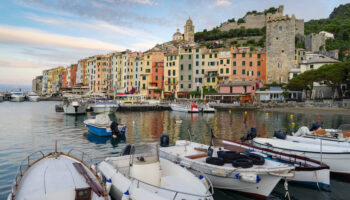
12 Best Places to Visit in Liguria, Italy
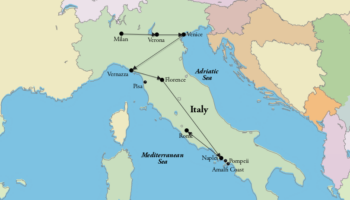
How to Spend 2 Weeks in Italy: DIY Itinerary
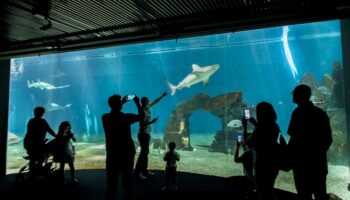
23 Best Things to do in Genoa, Italy
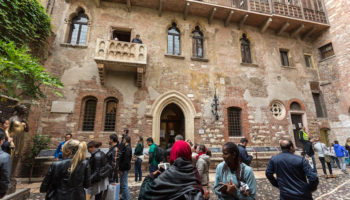
12 Best Things to do in Verona, Italy
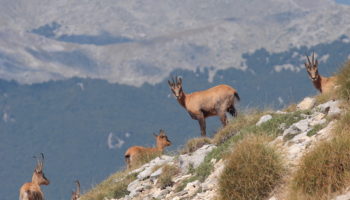
10 Most Beautiful National Parks in Italy
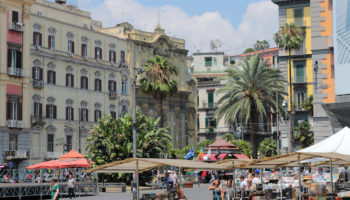
Where to Stay in Naples: 7 Best Neighborhoods
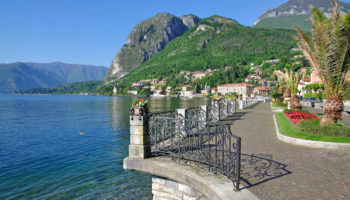
15 Best Places to Visit in Lake Como
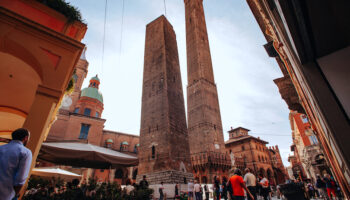
17 Best Things to do in Bologna, Italy
Reader interactions, leave a reply cancel reply.
Your email address will not be published. Required fields are marked *
This site uses Akismet to reduce spam. Learn how your comment data is processed .

Life in Italy, Italian Language, Italian Culture, Italy News, Tourism News, Italian Food

The region of Basilicata, in Italy, forms the instep of the Italian “boot.” It borders Campania, Calabria, and the Tyrrhenian Sea. It is not a large region, as it measures only 9,987 sq km. The capital of Basilicata is Potenza , its two provinces Potenza and Matera. Its population is only 611,000.
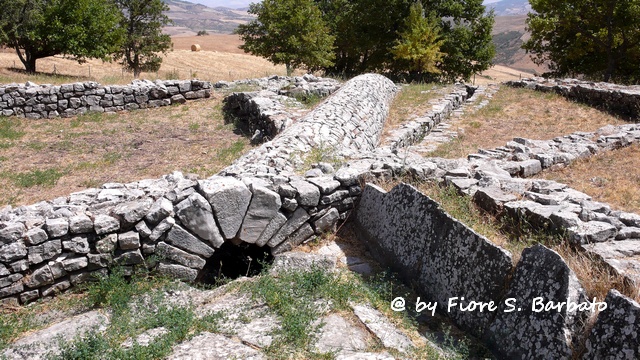
Basilicata, or Lucania , Italy as it is sometimes called, has little in the way of economic clout. Agriculture plays a major role in the region of Basilicata, despite the fact that dry weather and scarce underground water supplies make farming difficult.
In the Italian region, they grow olives, plums, and cereals, and they also raise sheep and goats. Fishing is also a relatively common activity in the region. Industry centers around chemicals and natural gas . About 55% of the population is employed in the tertiary sector, though many of these positions could also be considered agricultural. In Basilicata, about 32% is employed in industry, and about 13% of the workforce is employed in agriculture.
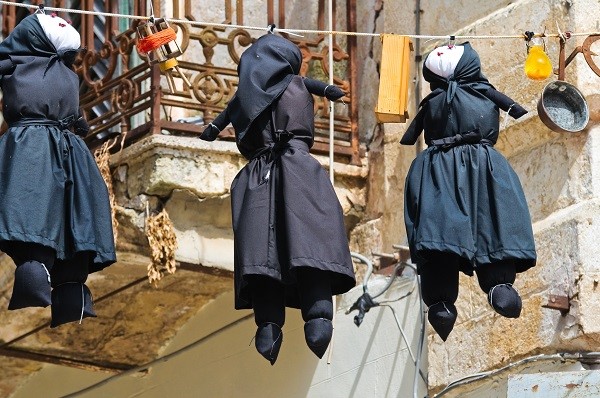
The region of Basilicata, Italy had a rough start. One of the first tribes to settle in the area was the Lyki from Asia Minor. They were followed by the Greeks, sometime between the 7 th and 8 th century BC. As waves of invaders tried to take over the region, the local Italic populations fought back! Even the Romans, who were well known for their conquests, had a difficult time taking over the region.
Islamic, Norman, and Spanish invaders all have taken a stab at controlling Basilicata. Maybe it is the unforgiving terrain of the region that gave to local inhabitants such an advantage over invaders and allowed them to hold out against the aggressors for such a long time.
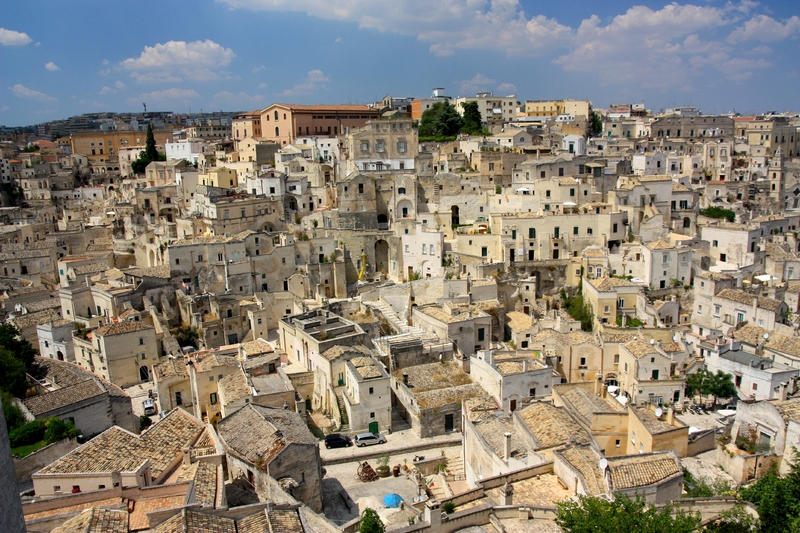
Basilicata is a mountainous region in Italy. Though most of the mountains are arid and craggy, the Lucanian Dolomites are a particularly nice area of the Apennines. This area is highly wooded and has a number of picturesque little lakes. Overall, Basilicata’s landscape is rugged and primitive, making it a wonderful place to get back in touch with nature.
Basilicata has been a victim of many devastating earthquakes over the centuries, making it hard for the region to develop. The effects of such earthquakes can be seen in the local landscape and are fascinating from a geological standpoint.
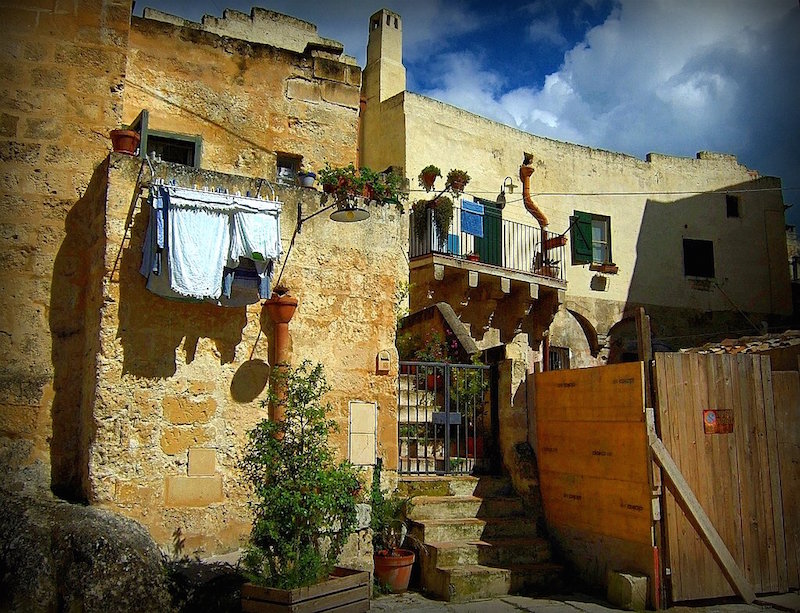
The charm of Basilicata lies inherently in its numerous small ancient villages, which are not always simple to reach unless you have a car. There aren’t many railways or air travel facilities in the region of Basilicata. This is mostly due to the gap borne off the very geographical characteristics of the area.
In Basilicata, ceramic and textile handworks are popular and can be often bought in small, family-owned shops. Wood carvings are typical of the area and beautiful handmade works can be purchased by tourists.
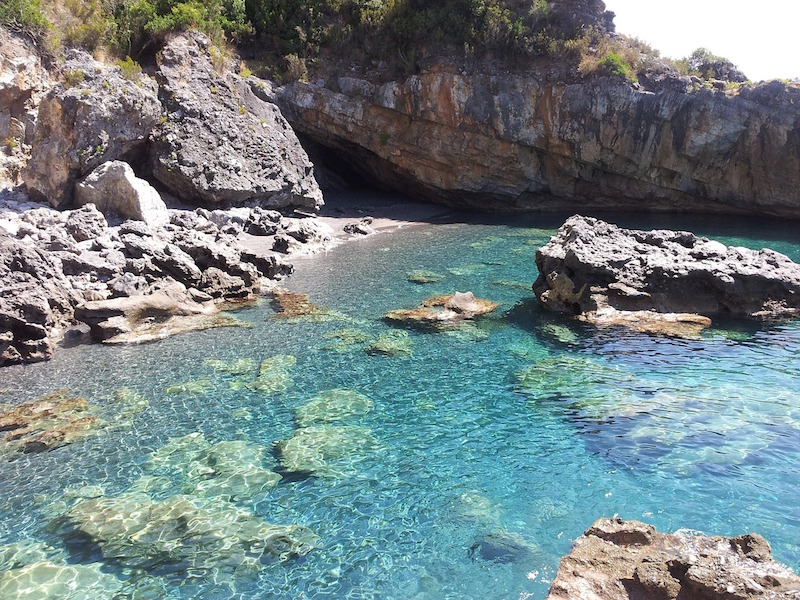
While there are numerous small festivals and fairs held in the region, one of the most culturally significant is a festival celebrated in May. In many villages and towns like Potenza or Matera , they celebrate the Sagra del Maggio, known in English as May Chopping Festival . The festival has ancient pagan roots and revolves around the chopping of a large tree, usually an oak, which is cut and then dragged into the town square. This older tree is “married” to a younger tree, usually a holly, in a picturesque ceremony.
This festival is common in many areas of Basilicata and is done to ensure the soil’s fertility and to guarantee a prosperous bounty in the upcoming seasons.
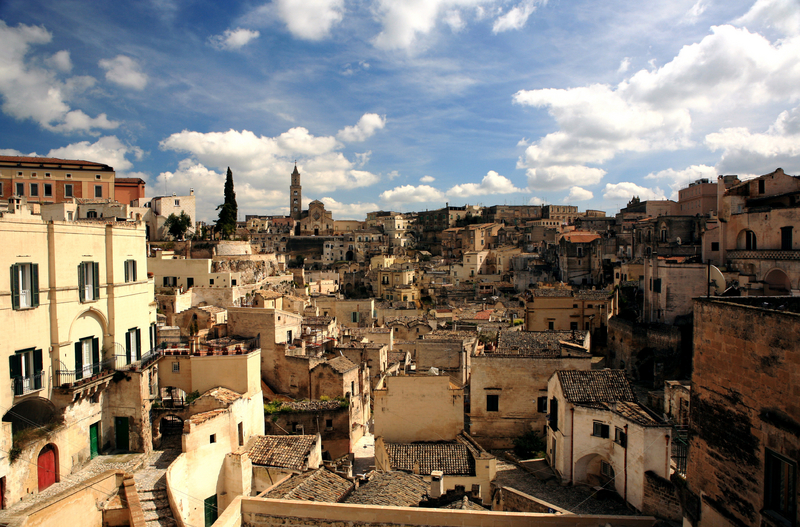
Also knowns as Lucania, this is not a large region! However, there is plenty of beauty to see and plenty of things to do in Basilicata, Italy. Tourists will be fascinated by the stunning architecture and historical art of the region’s numerous small churches and medieval castles. The coastline is also covered in some of Italy’s finest archeological ruins.
Basilicata’s greatest resource remains its people , who are friendly and helpful to travelers.
The outdoor markets of Basilicata are also a great attraction to tourists: they offer a great array of unique handmade items, typical of this specific region, which you would not find anywhere else.
Small family-owned restaurants offer some of the finest delicacies in southern Italian cuisine, perfect for those who have a desire for spicy foods rich in complex flavors. Spicy sausages and freshly-caught games are among some of the region’s specialties.
Basilicata is the perfect place to immerse yourself into the true Italian experience free from all the trappings of busy tourist areas.
By Jamie Sue Austin
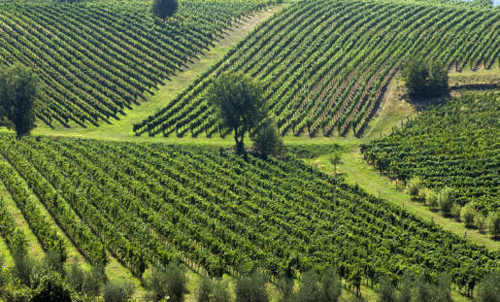
Basilicata’s Love of Wine and Food

The most famous castles in Basilicata

The Sassi and the Rupestrian Churches of Matera
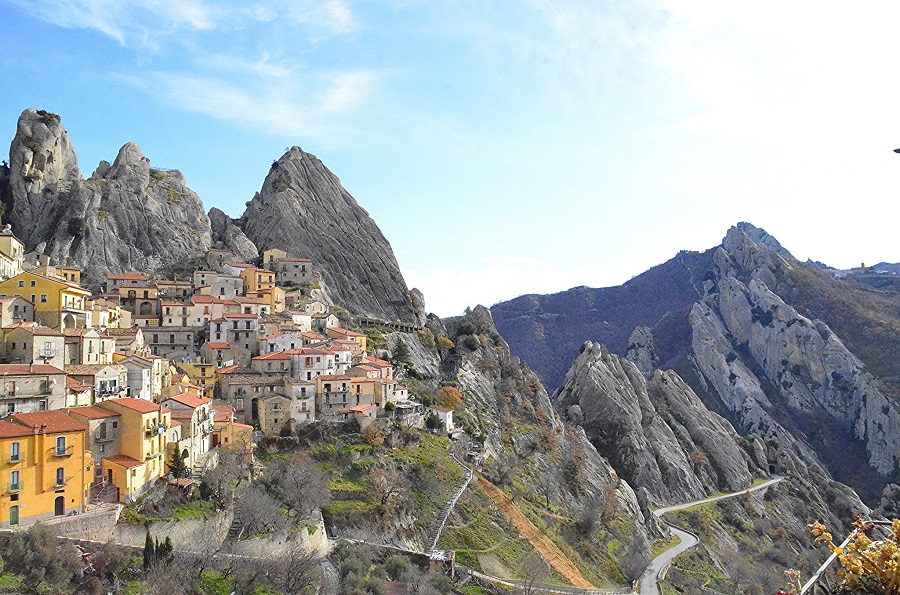
California or Basilicata?
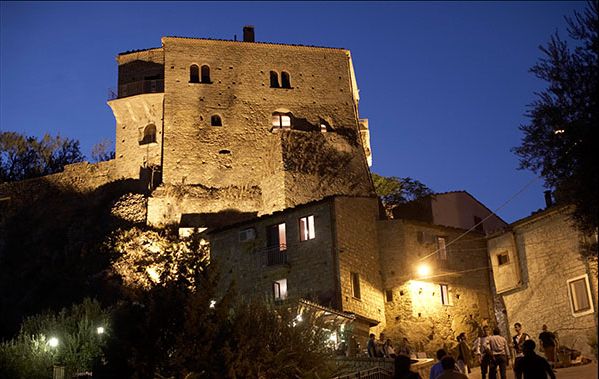
What Lucania Kept Hidden Part I

What Lucania Kept Hidden Part II
Recent posts & news.

Chiara Ferragni ‘s villa on lake Como is for sale

Typical Italian recipes for June: an Italian menu

The most beautiful flower carpets in Italy: Infiorata

Anniversary of the Birth of the Italian Republic: June 2, 1946

June, 2nd: the Festa della Repubblica explained

Italy in June

Must-see attractions in Puglia, Basilicata & Calabria
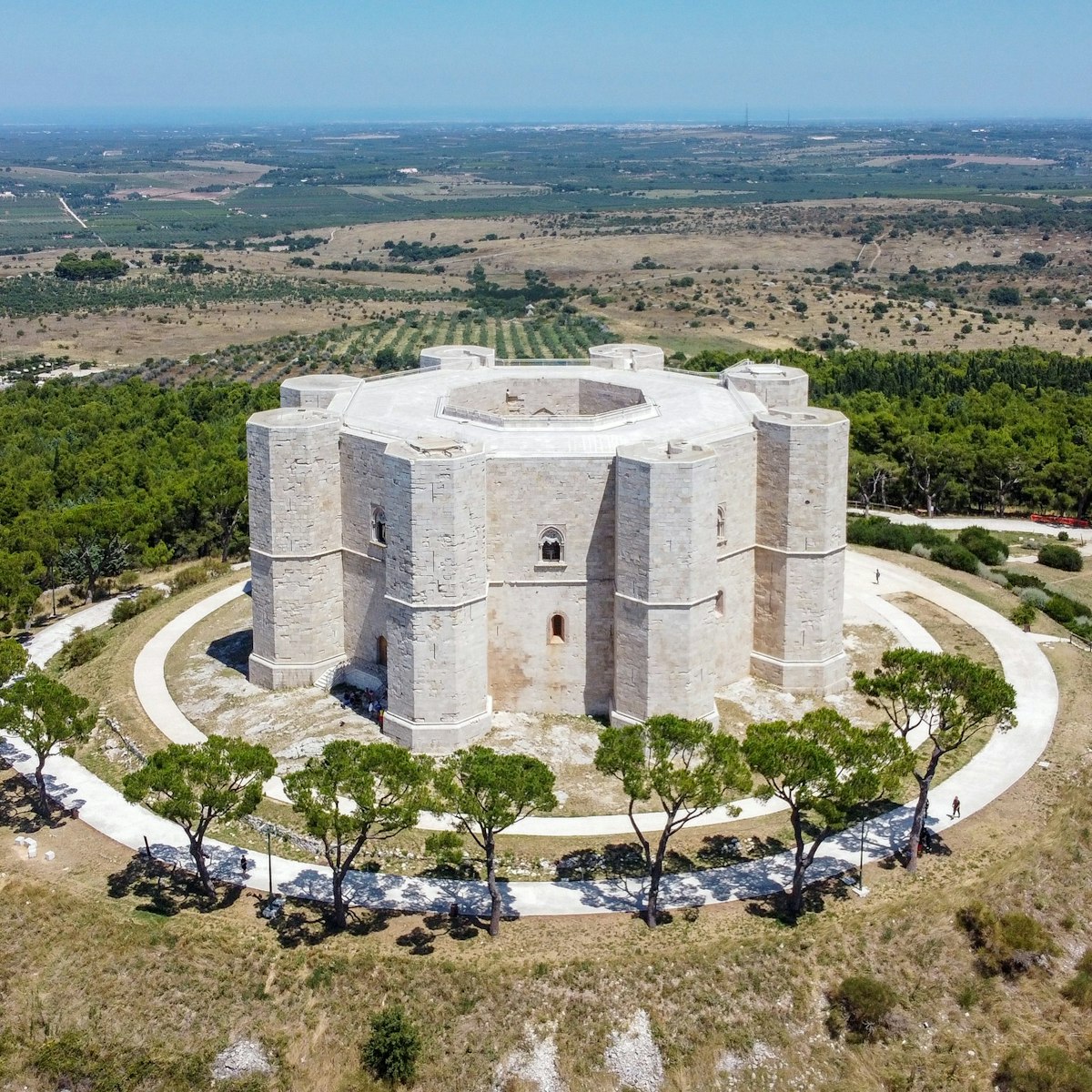
Castel del Monte
You'll see Castel del Monte, an inhumanly exact geometric shape on a hilltop, from miles away. Mysterious and perfectly octagonal, it's one of southern…
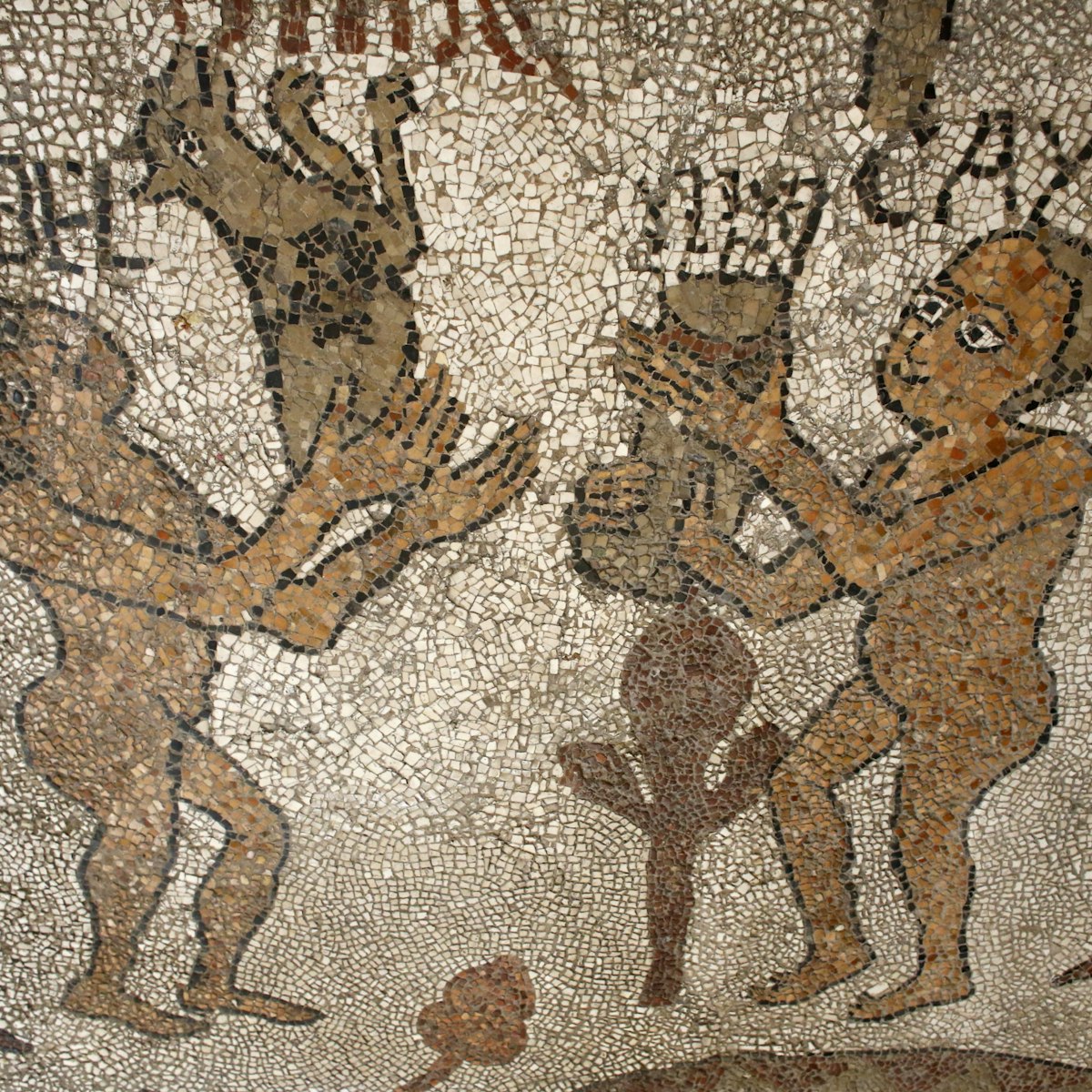
Mosaics, skulls, crypts and biblical-meets-tropical imagery: Otranto's cathedral is like no other in Italy. It was built by the Normans in the 11th…
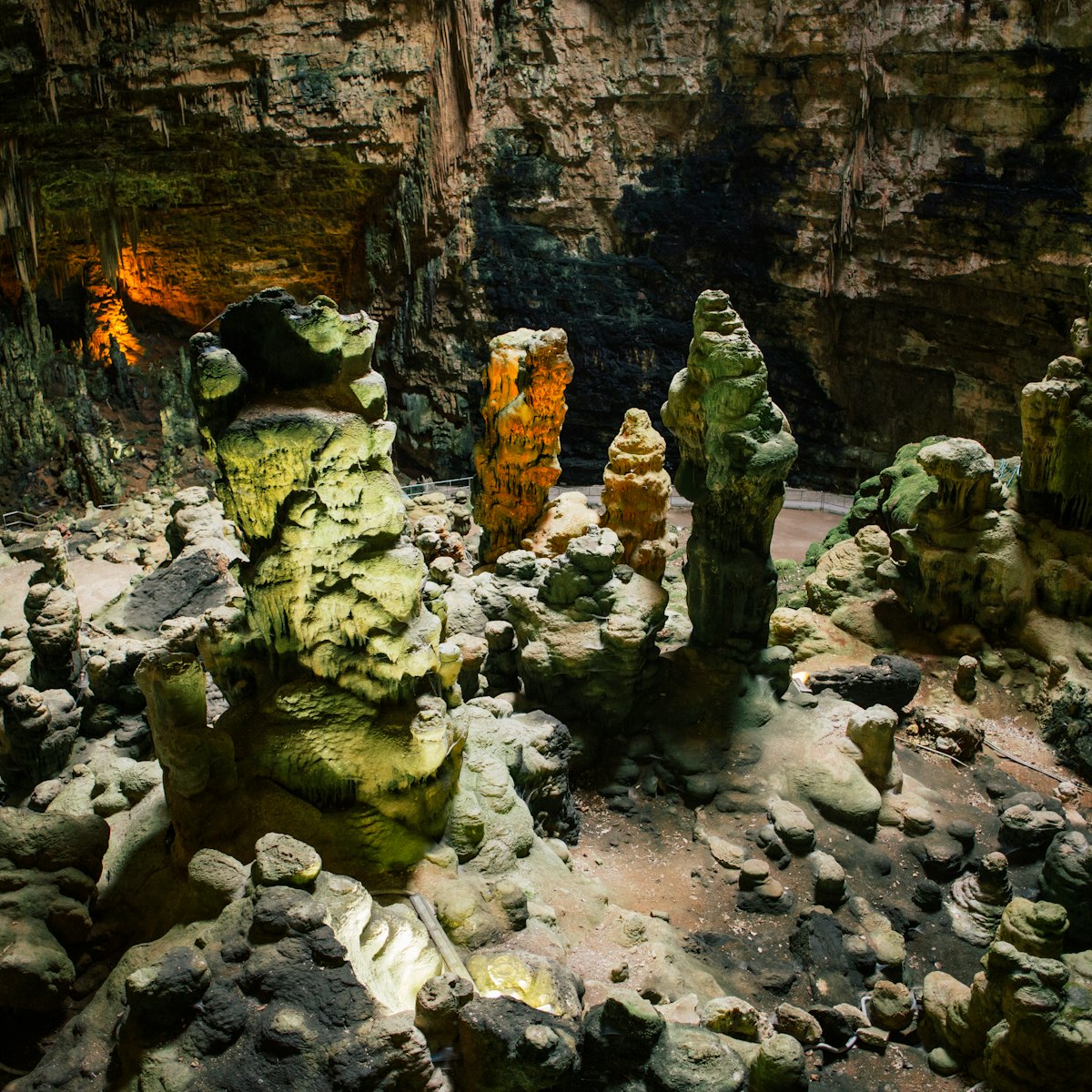
Grotte di Castellana
Valle d’Itria
These spectacular limestone caves, 40km southeast of Bari, are Italy's longest natural subterranean network. The interlinked galleries, first discovered…
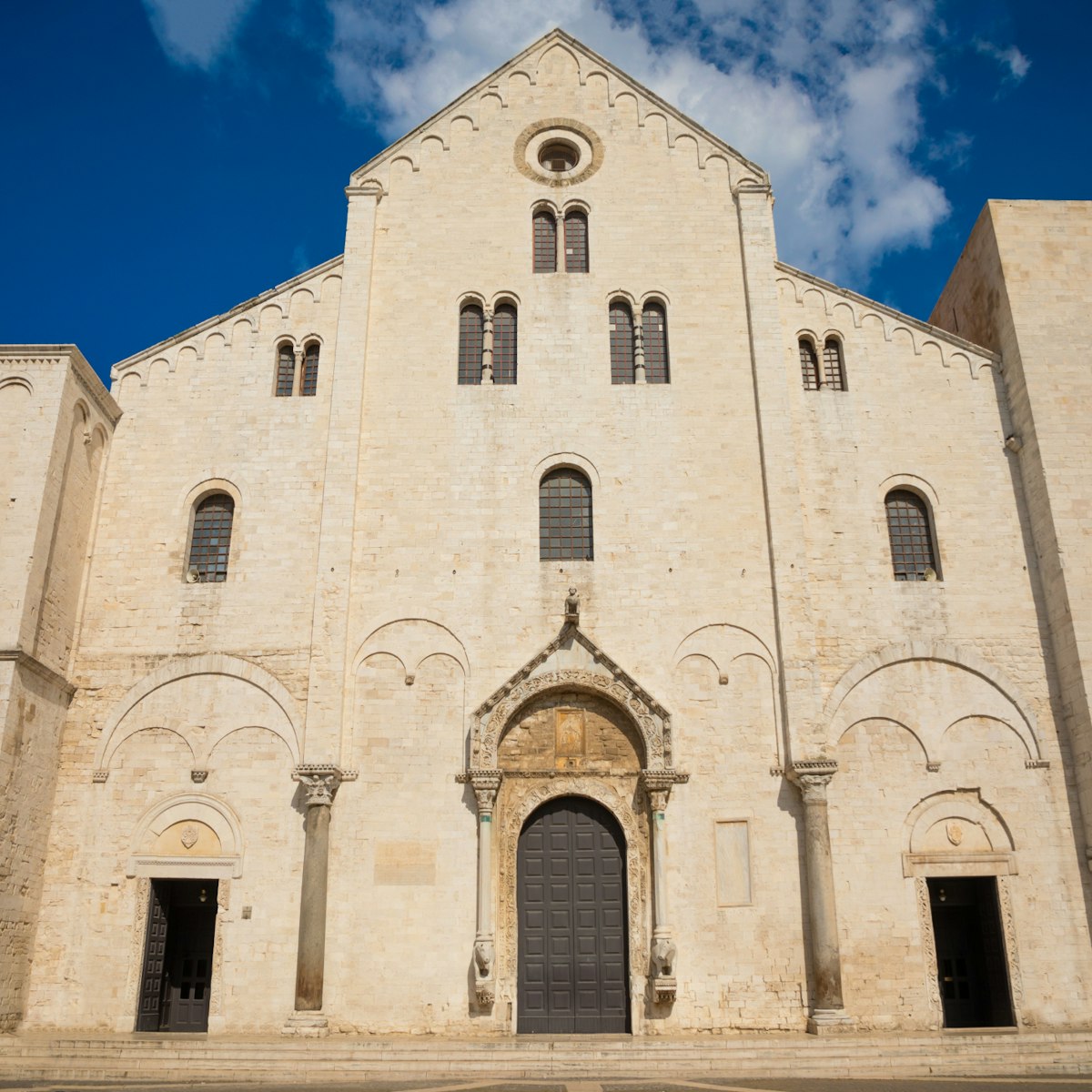
Basilica di San Nicola
Bari's signature basilica was one of the first Norman churches to be built in southern Italy, and is a splendid (if square and solid) example of Pugliese…
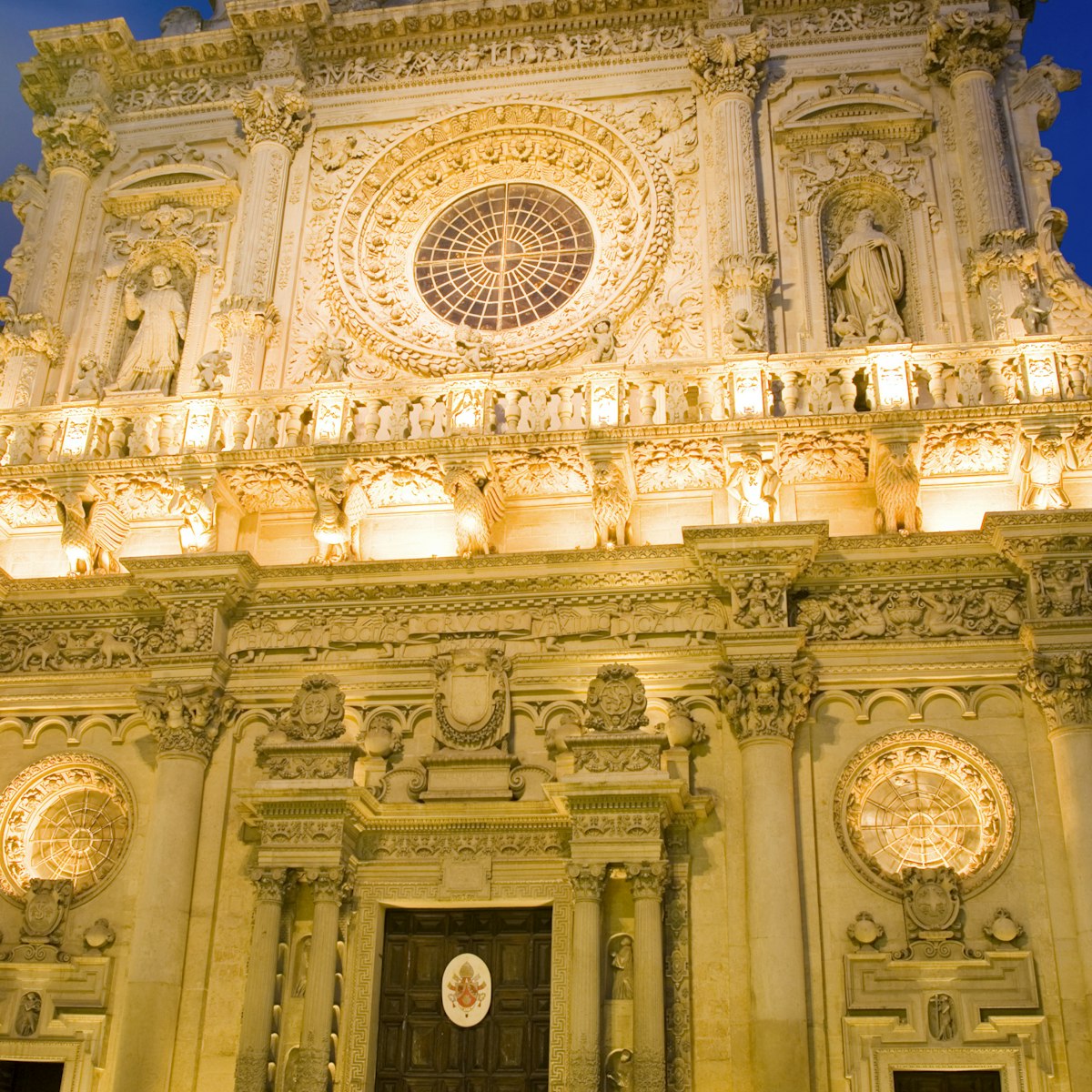
Basilica di Santa Croce
It seems that hallucinating stonemasons have been at work on the basilica. Sheep, dodos, cherubs and beasties writhe across the facade, a swirling…
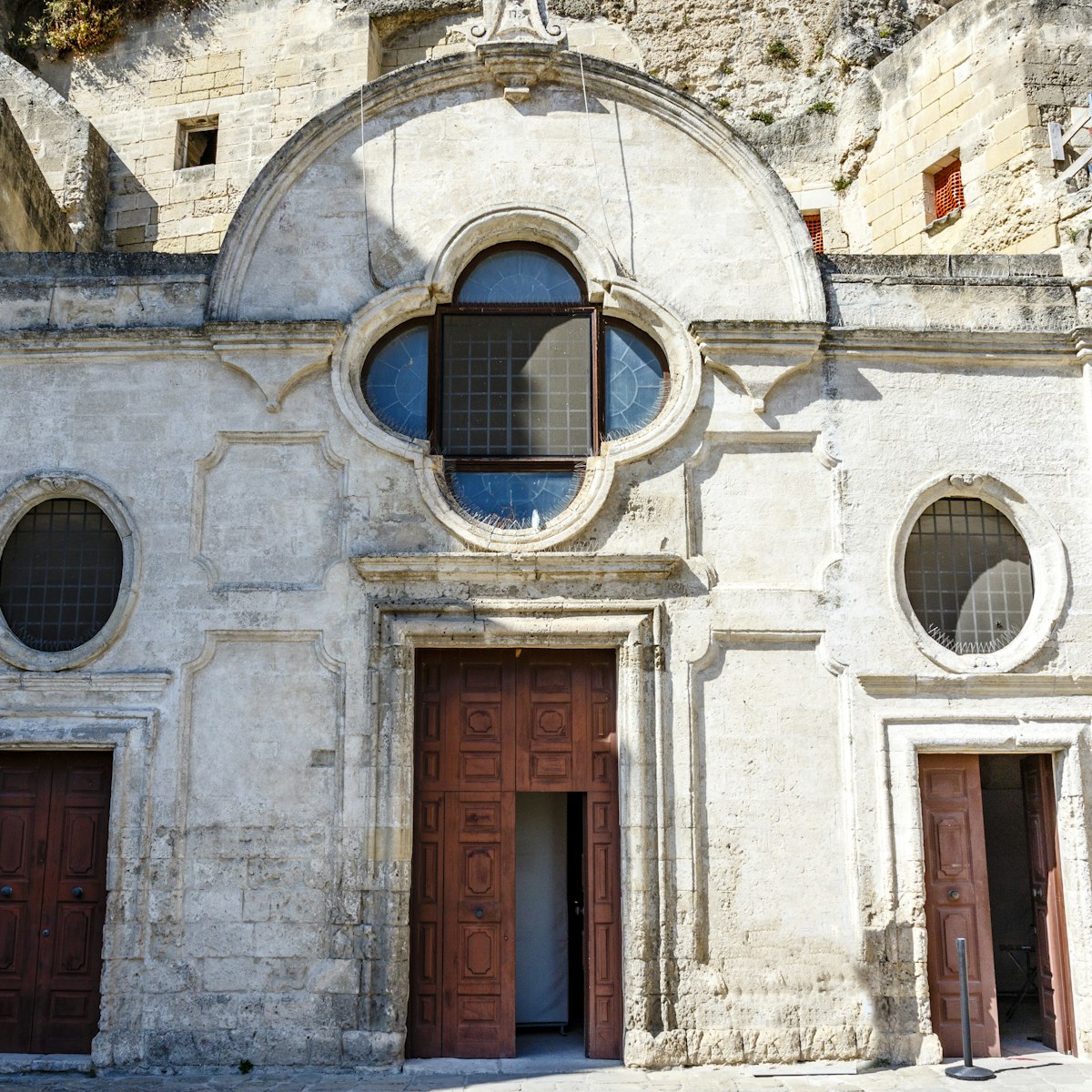
Chiesa San Pietro Barisano
Dating in its earliest parts to the 12th century, St Peter's, the largest of Matera's rupestrian churches, overlays an ancient honeycomb of niches where…

Museo Nazionale di Reggio Calabria
Reggio Calabria
Over several floors in Southern Italy's finest museum you'll descend through millennia of local history, from Neolithic and Palaeolithic times through…
Museo Faggiano
Descend through Lecce's rich historical strata in this fascinating home-turned-museum, where sewerage excavations led to the chance discovery of an…
Museo Archeologico di Santa Scolastica
Housed in a well-preserved 16th-century defensive bastion, this excellent museum reopened in late 2018 and features a superbly curated overview of the…
Museo Nazionale Archeologico di Taranto
Sitting unassumingly in a side street in Taranto's new town is one of Italy's most important archaeological museums, chiefly dedicated to the archaeology…
Palombaro Lungo
This giant cistern, arguably as magnificent as a subterranean cathedral, is one of Matera's great sights. Lying under the city's main square with arches…
Highly recommended as a precursor to visiting the sassi themselves, this wonderful 25-minute multimedia exhibit, spread across three rooms of a 16th…
Tempio di San Giovanni al Sepolcro
This 12th-century church, a brown bulk of Norman stone conforming to the circular plan the Templars so loved, is a wonderfully evocative structure,…
L'Ecomuseo del Pollino
This excellent museum focuses on the historical, cultural and natural heritage of the park. Highlights include the use of interactive video screens to…
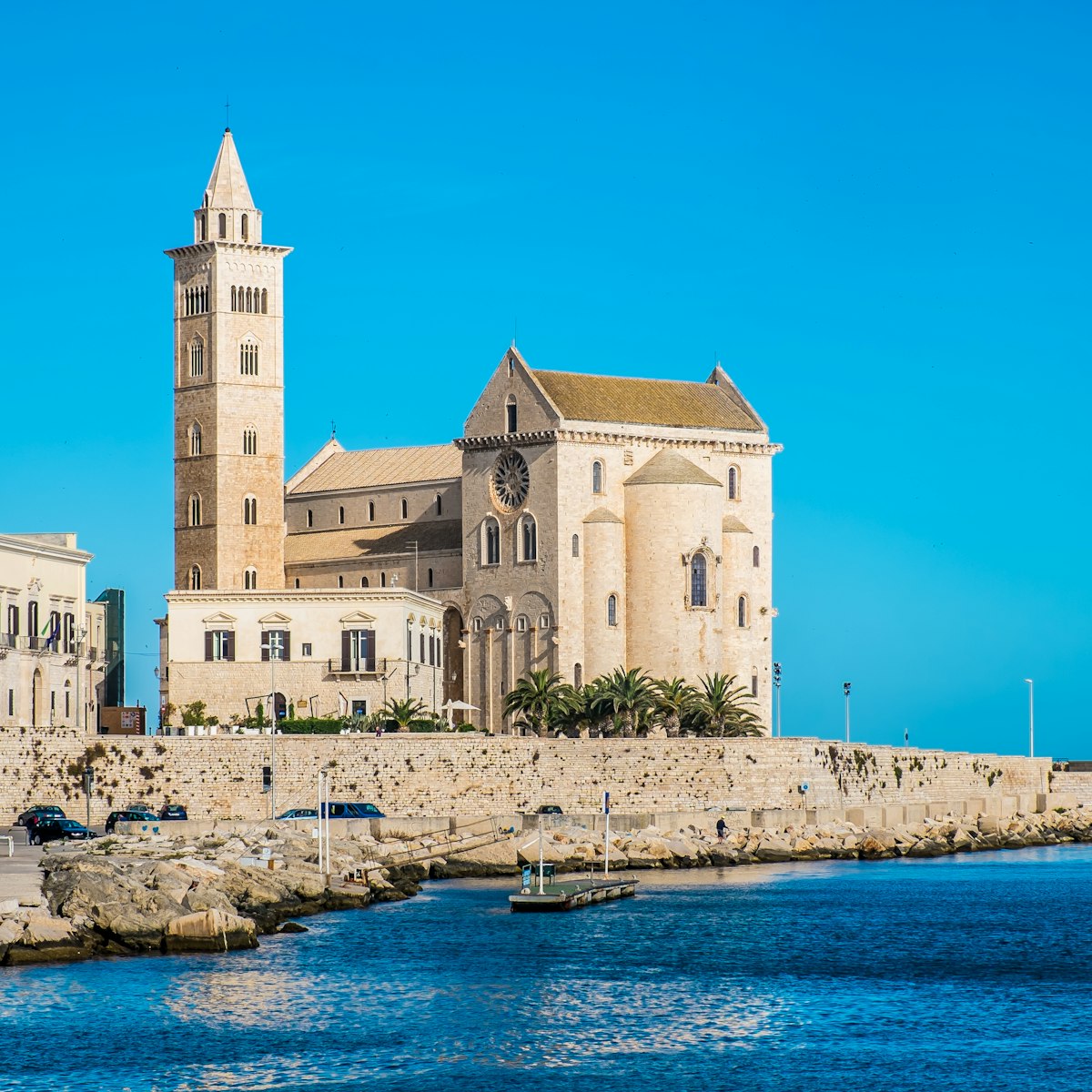
This dramatic seafront cathedral is dedicated to St Nicholas the Pilgrim, a Greek Christian who wandered through Puglia crying 'Kyrie eleison' ('Lord,…
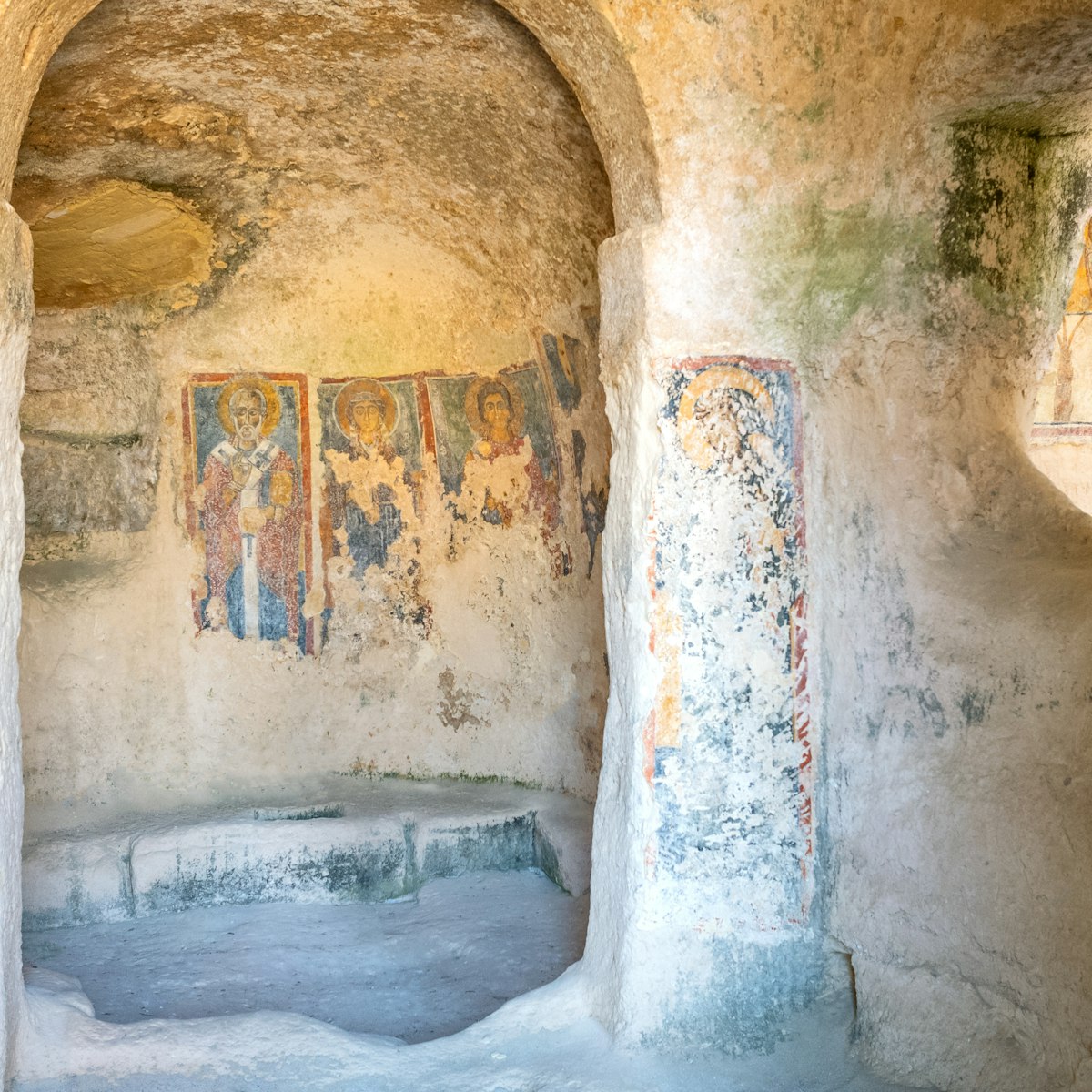
Chiesa di Madonna delle Virtù & Chiesa di San Nicola del Greci
This monastic complex, one of the most important monuments in Matera, comprises dozens of chambers carved into the tufa limestone over two floors. Chiesa…
Basilica di Santa Caterina d'Alessandria
Most people come to Galatina to see the incredible 14th-century Basilica di Santa Caterina d’Alessandria. Its interior is a kaleidoscope of frescoes and…
Museo Nazionale di Locri Epizephyrii
Situated 3km south of modern-day Locri, the Greek colony of Locri Epizephyrii was founded in 680 BC, later subsumed by Rome and finally abandoned…
Giuseppe Zimbalo's 1659 reconstruction of Lecce's original 12th-century cathedral is recognised as being among his finest work. Zimbalo, Lecce's famous…
Grotta Zinzulusa
An aperture on the Ionian coast below Castro leads into the magnificent stalactite-festooned Cave of Zinzulusa, one of the most significant coastal…
Museo Ebraico
This fascinating museum outlines the Jewish history of Lecce and the greater Salento region. Entry is by 30-minute guided tour only, running every 45…
Museo del Succorpo della Cattedrale
This subterranean museum beneath Bari cathedral reveals well-preserved remnants of an ancient Christian basilica and various Roman ruins. This fascinating…
Parco Nazionale dell'Aspromonte
Most Italians think of the Parco Nazionale dell’Aspromonte as a hiding place used by Calabrian kidnappers in the 1970s and ’80s. It’s still rumoured to…
Santa Maria dell’Isola
Tropea's number-one photo opp is Santa Maria dell'Isola, a medieval monastic church given several facelifts over centuries of wear and tear (mainly…
Chiesa dei Santi Nicolò e Cataldo
The beautiful church of Saints Nicolò and Cataldo, located in the monumental cemetery outside the city walls, was built by the Normans in 1180. It got…
Museo della Scultura Contemporanea
The setting of this fabulous museum of contemporary sculpture – deeply recessed caves and the frescoed rooms of the 16th-century Palazzo Pomarici – is as…
Capo Vaticano
There are spectacular views from this rocky cape, around 7km south of Tropea, with its beaches, ravines and limestone sea cliffs. Birdwatchers' spirits…
For a great photograph of the sassi, take the Taranto–Laterza road (SS7) and follow signs for the chiese rupestri. This road takes you to the Belvedere,…
The beautifully restored 15th-century Monastery of Santa Chiara houses this civic museum and gallery, and has a great view of the Roman theatre from the…
Chiesa di Santa Chiara
A notable 15th-century church given a baroque makeover between 1687 and 1691, Santa Chiara is one of the most important and admired churches in Lecce…
The 11th-century cathedral is one of Puglia's oldest Romanesque buildings and an extravagant treat. It's dedicated to San Cataldo, an Irish monk who lived…
Parco Nazionale del Pollino
Italy’s largest national park, the Pollino National Park, straddles Basilicata and Calabria. It acts like a rocky curtain separating the region from the…
Parco Nazionale del Gargano
Promontorio del Gargano
One of Italy's largest national parks, a place of sweeping coast and deep, ancient forests, sits on the spur of southern Italy in Puglia, jutting out into…
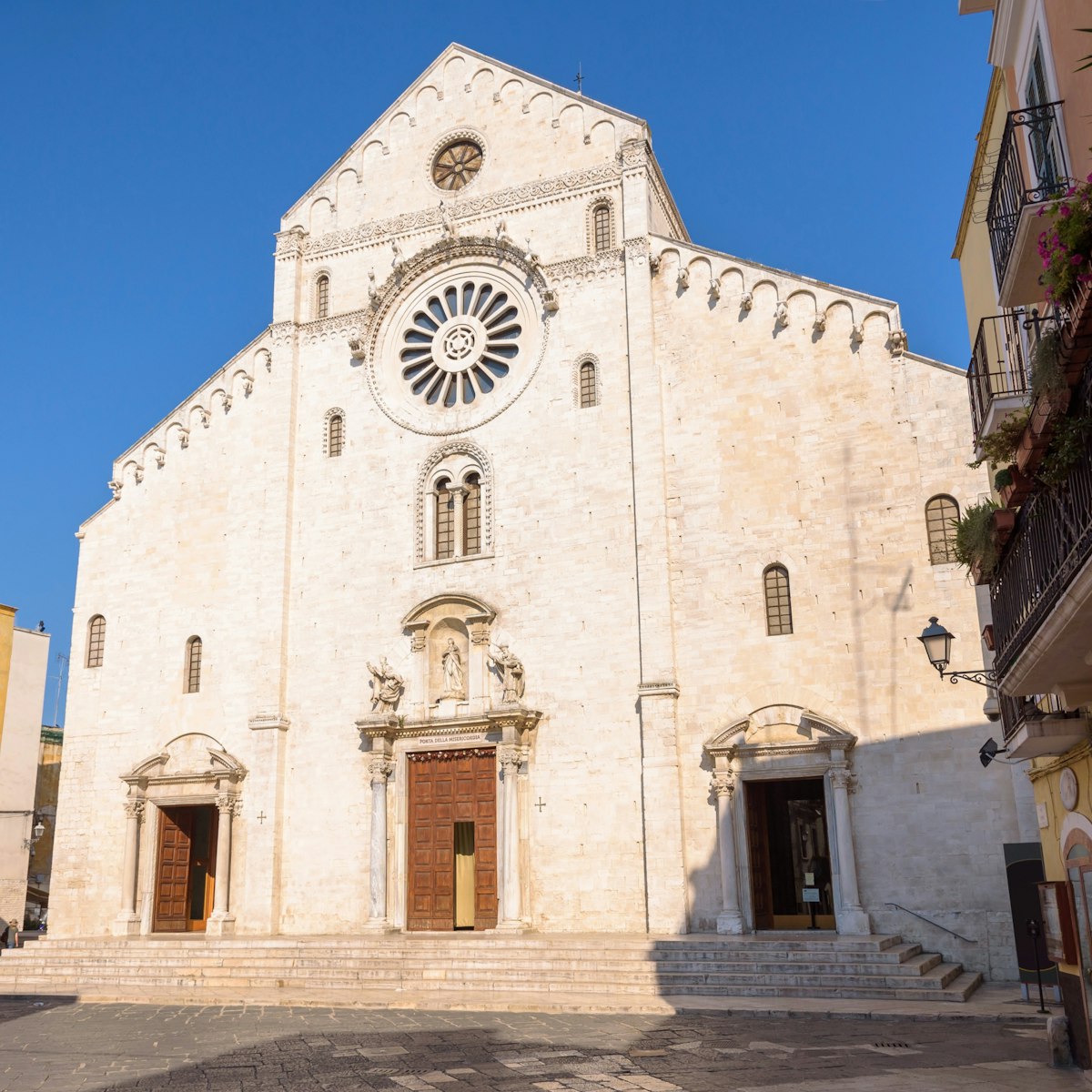
Built over the original Byzantine church, the 12th- to 13th-century Romanesque cathedral, dedicated to San Sabino, is technically Bari's most important…
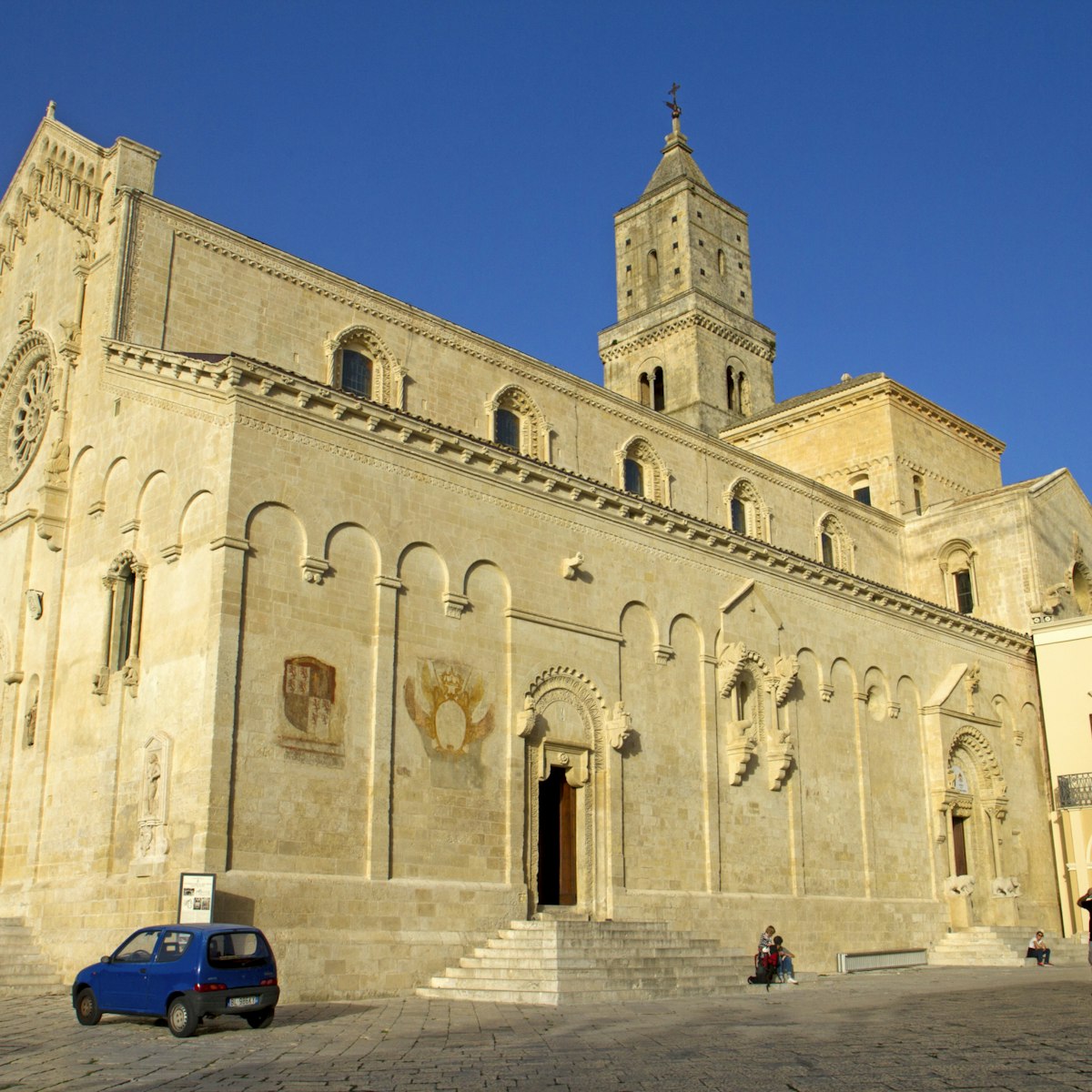
Set high up on a spur between the two natural bowls of the sassi, the wan, graceful exterior of the 13th-century Pugliese-Romanesque cathedral makes the…
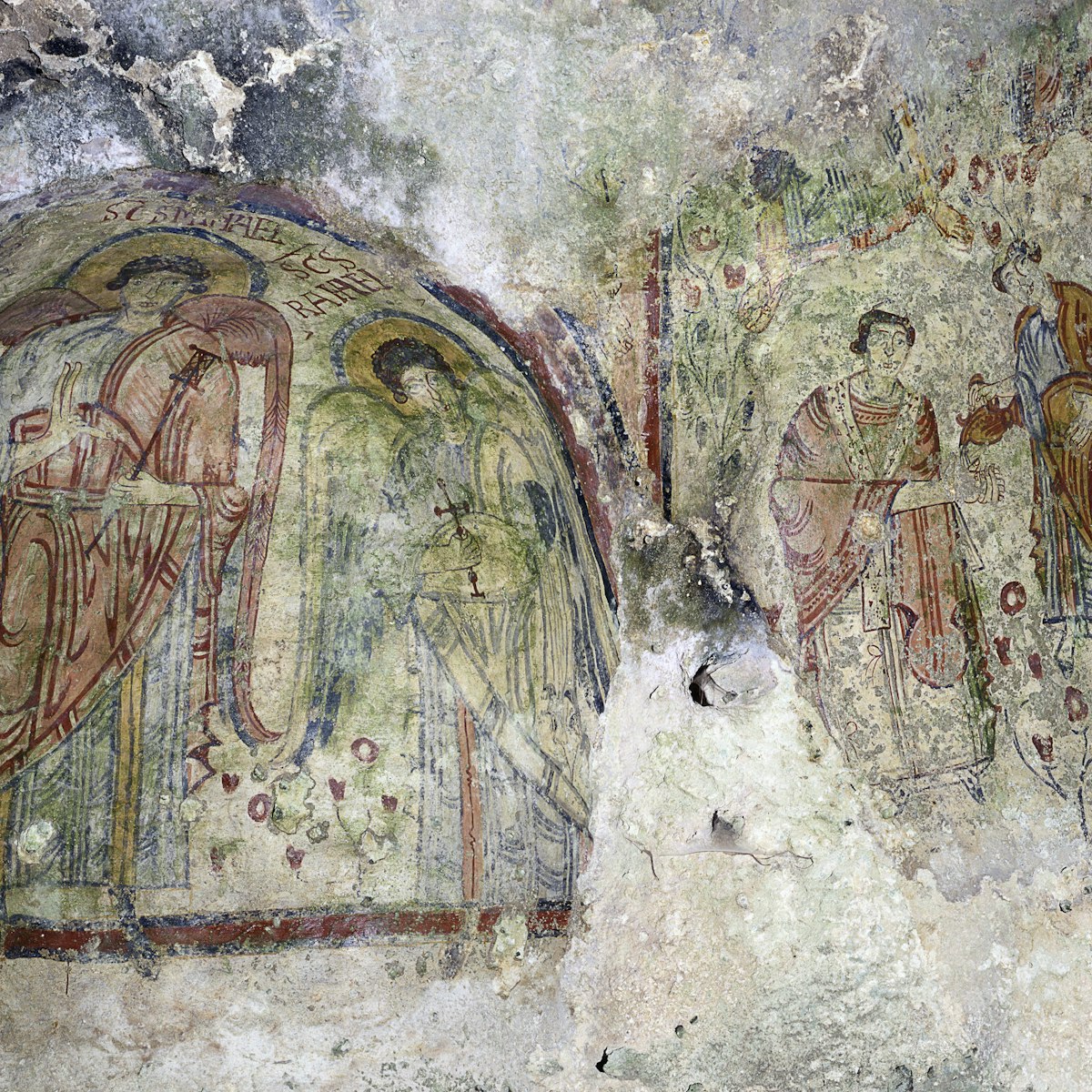
Cripta del Peccato Originale
A fascinating Benedictine site dating to the Lombard period, the Cripta del Peccato Originale (Crypt of Original Sin) houses well-preserved 8th-century…
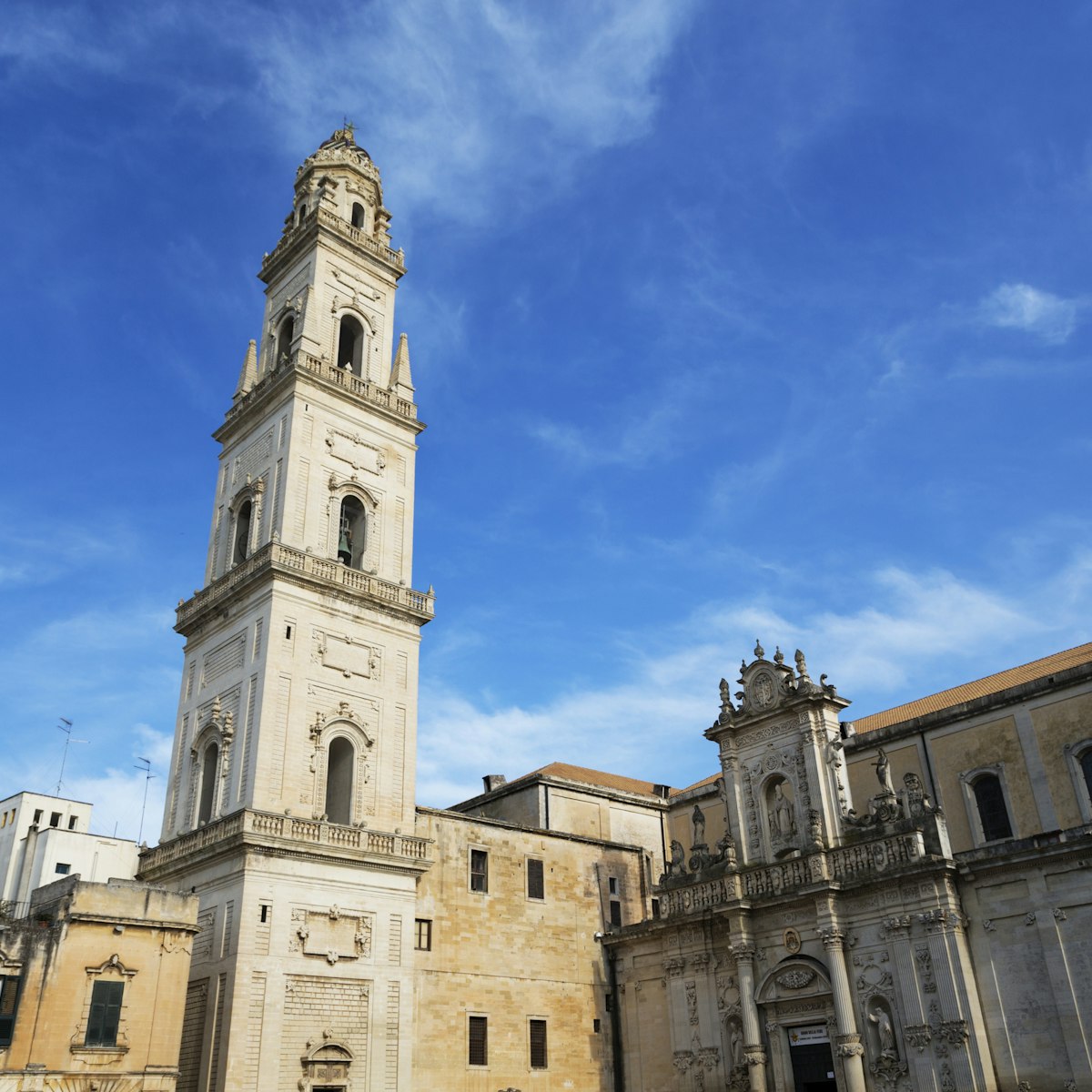
Piazza del Duomo
Piazza del Duomo is a baroque feast, the city's focal point and a sudden open space amid the surrounding enclosed lanes. During times of invasion the…
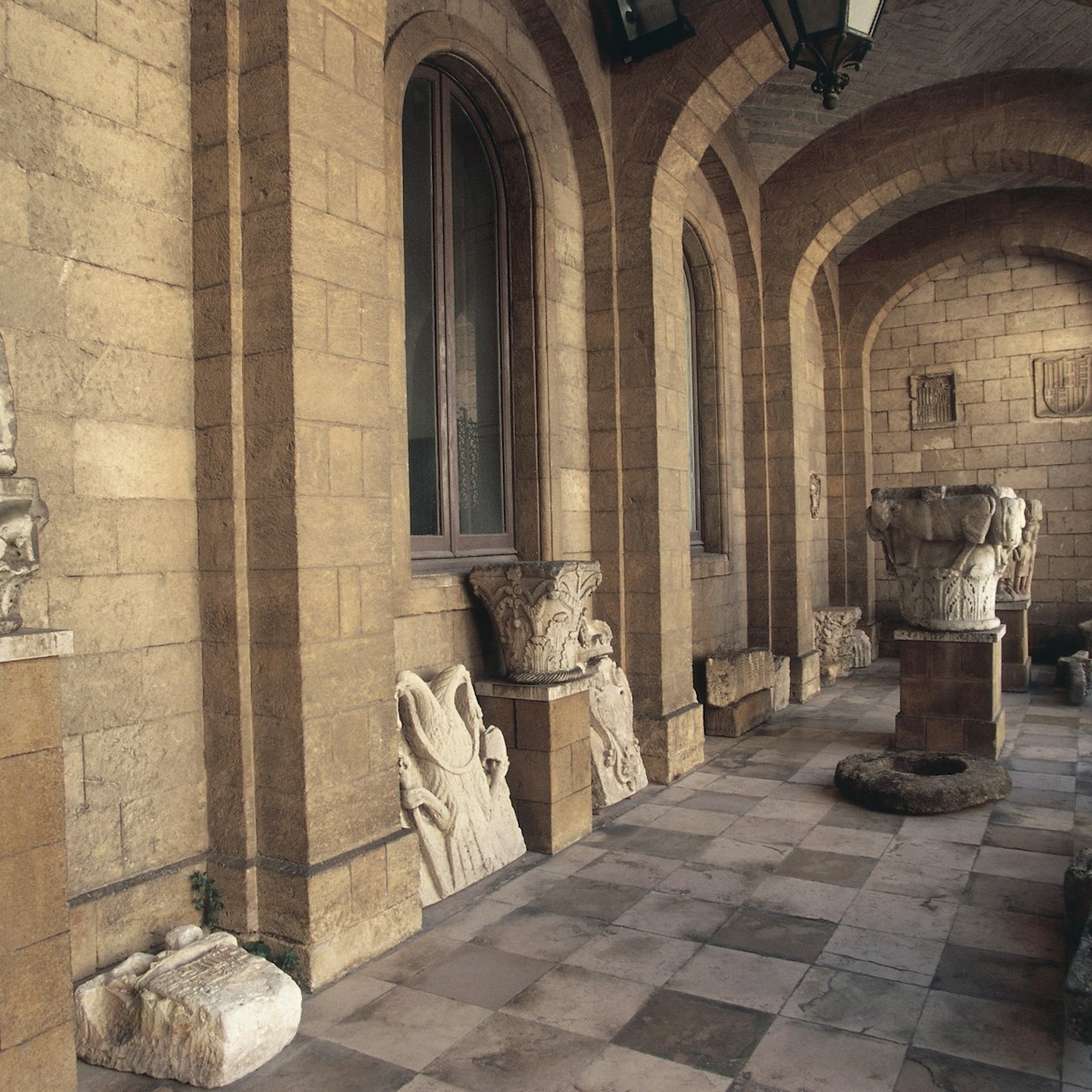
Museo Archeologico Provinciale Ribezzo
This superb museum covers several floors with well-documented exhibits (in English), including some 3000 bronze sculptures and fragments in Hellenistic…
Santuario di San Michele
Over the centuries this sanctuary has expanded to incorporate a large complex of religious buildings that overlay its original shrine. The double-arched…
Medieval buildings thrust out of San Nicola's rocky shores, the same pale-sand colour as the barren cliffs. In 1010, Benedictine monks founded the Abbazia…
More destinations you need to see

- Skip to main content
- Skip to primary sidebar
- Skip to footer

Italy Travel Experts Tours and Vacations
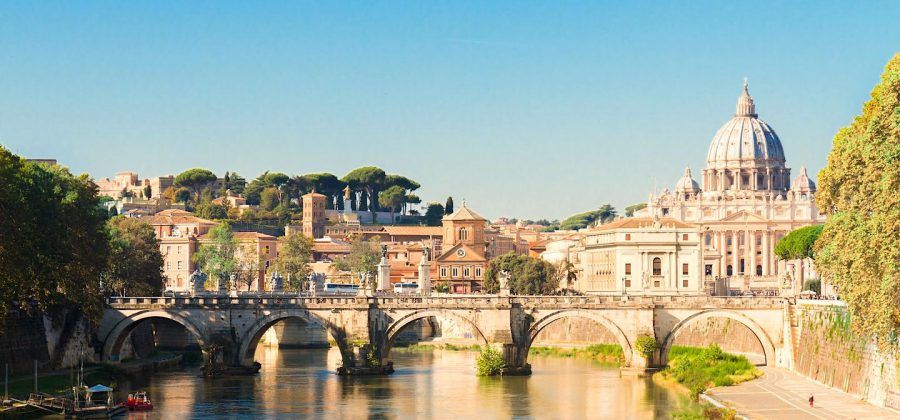
17 Top Things To See at St. Peter’s Basilica
Brandon Shaw Last Updated: December 5, 2022
Did you know St. Peter’s Basilica is the biggest Catholic Church in the world? That means there’s a lot to see, but don’t worry—we’re here to guide you through it. In this article, Brandon Shaw, a licensed Vatican tour guide, makes sure you see all the main highlights on your visit to this exquisite basilica.
Pro Tip: Planning your visit to St. Peter’s Basilica in Rome? Bookmark this post in your browser so you can easily find it when you’re in the city. See our guide to St. Peter’s Basilica for more planning resources, our top Vatican tours for a memorable trip, and how to climb St. Peter’s Dome .
What To See at St. Peter’s Basilica by a Vatican Guide
For me, there’s no church that compares to St. Peter’s Basilica. It’s the ultimate expression of space, beauty, and monumental grandeur. It also happens to have an amazing history to it.
According to legend, St. Peter was in Rome during the Christian persecution of A.D. 64 under the emperor Nero. He was caught up in the frenzy and martyred by upside-down crucifixion.
The Circus of Nero was located where the church stands today. A circus used to be a place where they held chariot racing. It was in this area that St. Peter was said to be buried in a nearby necropolis, along with other Christians and pagans alike.
In this comprehensive St. Peter’s Basilica guide, you’ll discover the most important artwork for your visit. Without further ado, let’s go discover the basilica!
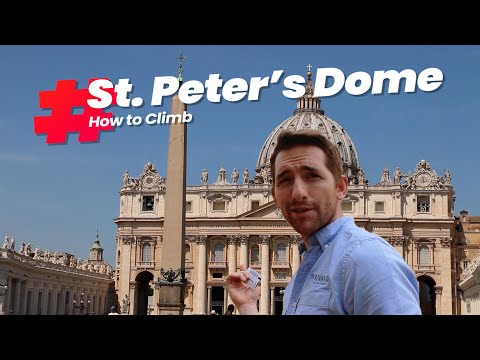
Not ready to book a tour? See if a Vatican tour is worth it .
17. La Navicella Mosaic by Giotto
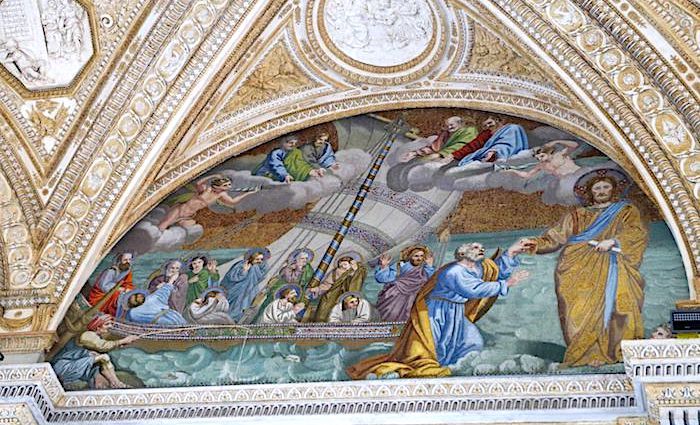
Giotto di Bordone | 1300 | Mosaic | Atrium Before Entering Church
This mosaic was created by the super-famous Giotto di Bondone. Never heard of him? This name probably won’t mean much to you if you haven’t studied Renaissance art history.
Before the Renaissance, paintings were extremely unremarkable with two-dimensional, almost stick figure-like people. There was no expression and no life in their faces—true sadness, like life in general before the Renaissance.
Giotto was the one to revolutionize this and made people look like real people. However, this is actually a mosaic and not a painting. Despite the medium, it still renders that life-like imaging that he introduced and set the scene for centuries to come.
There’s a boat full of St. Peter’s companions looking on in fear as St. Peter faces Jesus, who is walking on the water. The best way to view is right before entering the church itself. Turn around and look up.
16. The Fountains in St. Peter’s Square
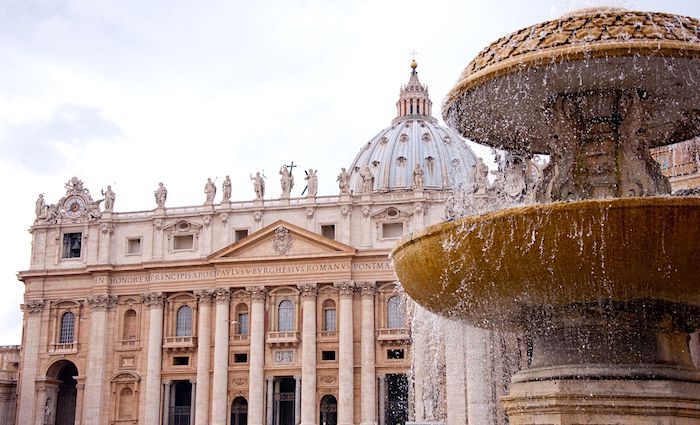
Maderno and Bernini | 1612 and 1677 | White Marble | St. Peter’s Square
The most famous square in the world has two fountains on either side of St. Peter’s Square. Carlo Maderno designed the first fountain on the right in 1612 and also designed the facade of the building.
In 1677, exactly 65 years later, Bernini created a second fountain on the opposite side of the square that is almost identical to Moderno’s design. Today, fountains get very little appreciation unless they can move to the beat of a famous tune.
To fully appreciate the fountain, consider the tools available in the 17th century. We’re not talking about hammers and other tools used to carve the fountain—we’re talking about the water.
If you saw one of these fountains in St. Peter’s Square, you’d probably wonder where they got the water and how they got it to shoot up that high. There’s no river of rushing water nearby. While the Tiber is in fact nearby, it’s at a far lower level and would definitely not allow this fountain to propel water up in the air. It was like magic!
Popular Vatican Tours
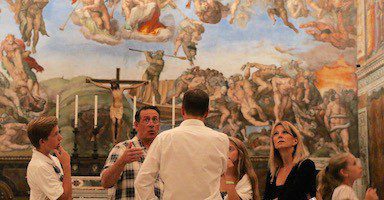
Best Selling Tour
Privileged Entrance Vatican Tour with Sistine Chapel
This our most popular and longest-running Vatican tour to date. It enters the Vatican City & Museums an hour before the public opening and visits the Sistine Chapel as it opens. Admissions are included and our English-speaking guides do a wonderful job bringing the museums to life!
Top Rated Tour
Ultimate St. Peter’s Basilica Dome Climb Tour with Papal Tombs
Get the most out of your visit to St. Peter’s Basilica by joining a guided tour up to the top of the tallest dome in the world! Our tour includes all admissions including an elevator to the highest possible point and an English-speaking guide.
Not ready to book a tour? Find out if a Vatican tour is worth it .
15. The Pillars
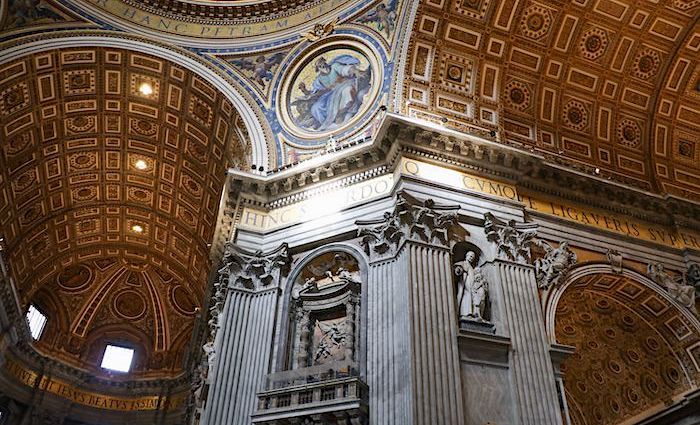
Gian Lorenzo Bernini | 1628 – 1639 | Various Stones | Interior St. Peter’s Basilica by the Dome
To hold up the massive dome of St. Peter’s Basilica, the pillars needed to be gigantic and they are. Donato Bramante started them and Michelangelo finished them. When you look up at them, you’ll notice there are decorations on all four of the pillars.
The illustrious Gian Lorenzo Bernini did the decorations, of course. He carved out the massive niches (33 feet in height) and worked on them between the years 1628 and 1639. Pope Urban VIII commissioned the decorations with the idea of housing the following sacred relics:
- A piece of the spear of the centurion St. Longinus who pierced the side of Jesus while on the cross.
- Fragments of the real cross of Jesus.
- Veronica’s veil with the imprint of Jesus’ face on it.
- The head of St. Andrew.
14. The Ceiling
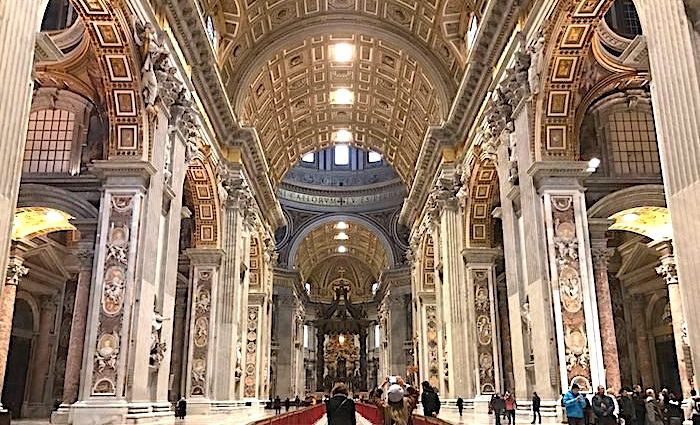
Various Artists | 16th Century | Stone and Gold Leaf | Interior
Once you’re inside, look up. The ceiling is covered in gold leaf and shines as if you’re already in heaven. A common misconception is how big it actually is. Renaissance artists were great at illusions and proportions.
As you look higher up, things should appear smaller to you. However, in St. Peter’s Basilica, everything remains proportional as you look up. That’s because they made the artwork bigger the higher up you go. This is how they got everything to look perfectly proportional. Genius!
To drive this point home, look for the gold band with letters going around the entire church. According to St. Peter’s official website , the gold band measures 10 feet (three meters) high. The letters inside are each about eight feet in height.
Looking with the naked eye from below, you’d swear they were no bigger than a few feet. However, if you manage to see the cleaners up there next to the, you quickly realize just how big they are!
13. St. Peter’s Square
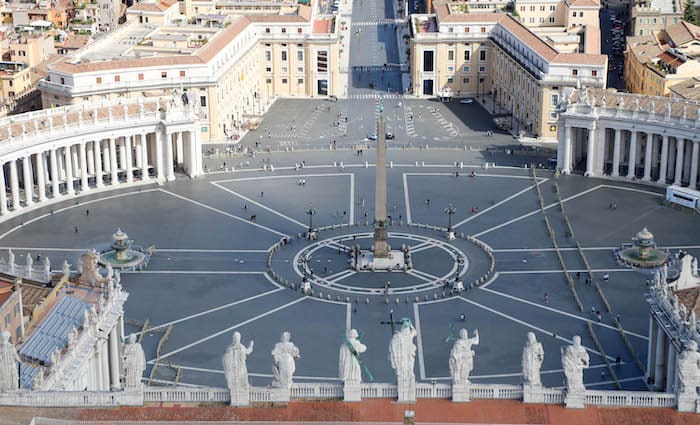
Gian Lorenzo Bernini | 1655 – 1667 | Travertine | St. Peter’s Square
St. Peter’s Square is arguably the most famous square in the world. The idea of the square was first started by Pope Sixtus V (Pontiff from 1585 to 1590) when he ordered the massive Egyptian obelisk moved to the center of the future square.
At the time, it would have been moved to be directly in front of the newly finished basilica. The actual works on the square were initiated by Alexander VII (Pontiff from 1655 to 1667) and finished in 1667. The architect was none other than the famous Bernini.
The square is an elliptical shape and comprising 284 Doric columns four rows deep. The elliptical design was envisioned as a way to embrace all Christians who were entering St. Peter’s Basilica.
Interestingly, if you look at an aerial view of the square, it looks like a keyhole. This goes perfectly with St.Peter whose symbol during the Renaissance and even to this day are the two keys—one for heaven and one for earth. There are also two gigantic fountains on either side of the square, one created by Carlo Maderno and the other by Bernini himself.
Historically, the square would have been a meeting point for the feast of Corpus Christi, which was extremely popular at the time of the construction of the square. Today, the square is mainly used for two weekly events.
- The Papal Audience: This takes place every Wednesday morning. The pope blesses the crowd as he travels in the popemobile.
- The Angelus: This takes place every Sunday at noon. The pope from the historical residence of popes (the current pope doesn’t live there) gives a blessing to the crowd below.
12. The Dome
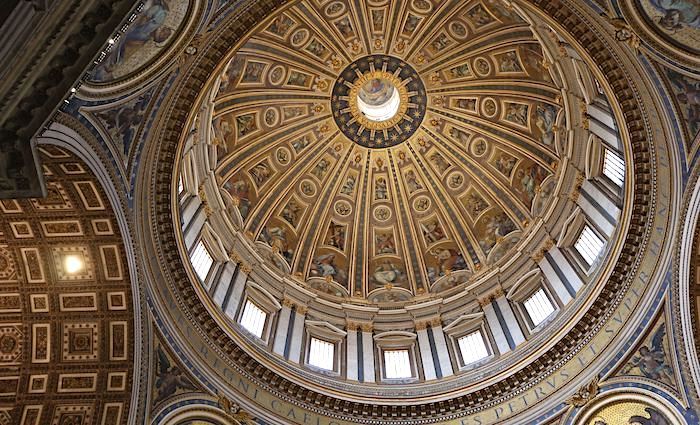
Michelangelo | Throughout 16th Century | Various Stone | Interior
Michelangelo began working on the dome at the ripe old age of 72. To say the dome is massive is an understatement. Michelangelo, who was already rich by this time, refused payment. He worked only to give, “honor to St. Peter, glory to God, and for the salvation of his soul.”
St. Peter’s Basilica’s dome was inspired by that of the Pantheon. Its structure was also inspired by Brunelleschi’s Duomo di Firenze. It bears the distinction of being the tallest dome in the world and it is a prominent feature of Rome’s skyline.
The dome is so tall that you could fit the statue of liberty inside it. Remember that this was built over 400 years ago. The exact dimensions of St. Peter’s Dome are 448.1 feet tall (136.5 meters).
If you want to enjoy what is likely the best view in all of Rome, you should definitely climb St. Peter’s Dome . Just make sure you aren’t claustrophobic, since the passageway leading up gets narrower the higher up you go. The view makes it all worthwhile, though! Find out everything you need to know about how to climb St. Peter’s Dome .
11. Statue of St. Peter
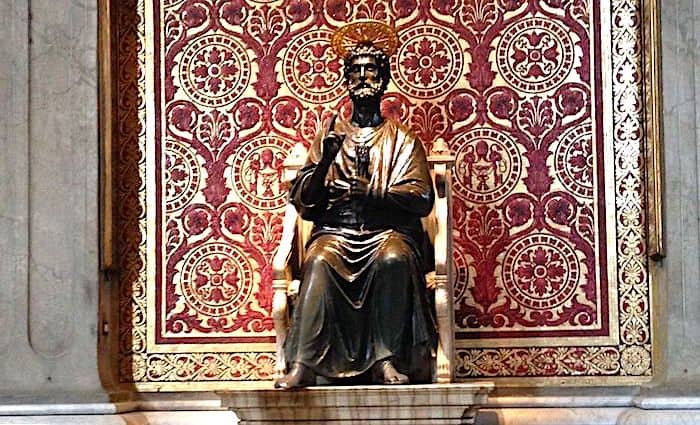
Arnolfo di Cambio? | 1245 – 1250 | Bronze | Interior
As you near the Baldacchino by Bernini, you might notice a line forming on your right-hand side. That is a line of people who are waiting to touch the foot of the statue of St. Peter as a blessing.
According to the official website, the date of this statue is not clear, nor is the person who created it. Many attribute it to Arnolfo di Cambio in the 13th century, but we are not sure.
Tradition over the centuries has been to rub his right foot as a blessing. When you get close, you’ll see that due to the constant rubbing, his toes have completely worn away! Now people have started rubbing his left foot as well!
On June 29th, the feast of St. Peter, this statue is dressed in pontifical clothes including the fisherman’s ring and the papal tiara. Personally, it seems a bit odd to dress up a statue, but who am I to challenge centuries of tradition?
Popular Rome Tours
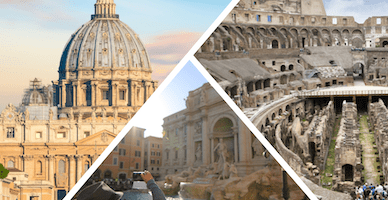
Best-Selling Tour
Rome in a Day Tour with Colosseum and Vatican Museums
Our “in a day” tour is best way to get your bearings all in one day. Visit the Sistine Chapel, Colosseum, Trevi Fountain, and more with a licensed, fun English-speaking tour guide. They’ll add tons of insights and make the entire experience so much more memorable. Also, you’ll get a feel for the city, so it’s a great option on one of your first days in Rome. Bring your walking shoes and water bottle!
Best Price!
Skip the Line Vatican Tour with Sistine Chapel
One of our most popular Vatican tours since it is such an amazing value. Skip the line to get inside with a super-knowledgeable, English-speaking guide who will bring the museum to life with stories of the artists, popes, conspiracy, love, and even tragedy! This tour has start times throughout the day so you can choose when to visit based on your schedule!
Not ready to book a tour? Check out our best Rome tours to take and why .
10. Tomb of Innocent XI
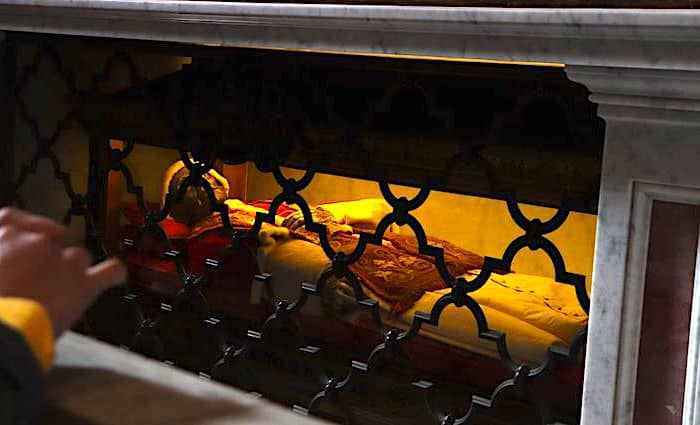
Innocent XI stands out as one of the most important popes of the 17th century. He possessed superior morals and shunned nepotism and corruption at a time when both of these attributes plagued the papacy.
His involvement in the victory of Austria against the Ottoman Empire was key in stopping the spread of Islam into Western Europe. Curiously, he is buried in full view for all to see inside the church.
He is fully clothed and has a mask over his face and hands so that you cannot see his bones. You’ll find him right below the painting (mosaic, see below) of the Transfiguration by Raphael.
9. Holy Mass
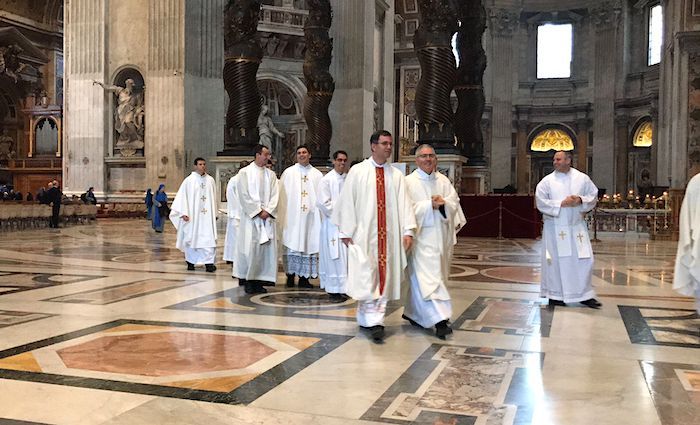
Many people ask me if they can attend mass at St. Peter’s Basilica. Of course, you can! It’s a functioning church. I actually highly recommend that you do it if possible. Here are the times:
- 8:30 am: At the chapel of the Sacrament
- 9 am: At the altar of St. Joseph
- 10 am: At the altar of St. Joseph
- 11 am: At the altar of St. Joseph
- 12 pm: At the altar of St. Joseph
- 5 pm: At the chapel under the Cathedra of St. Peter
8. St. Peter’s Throne
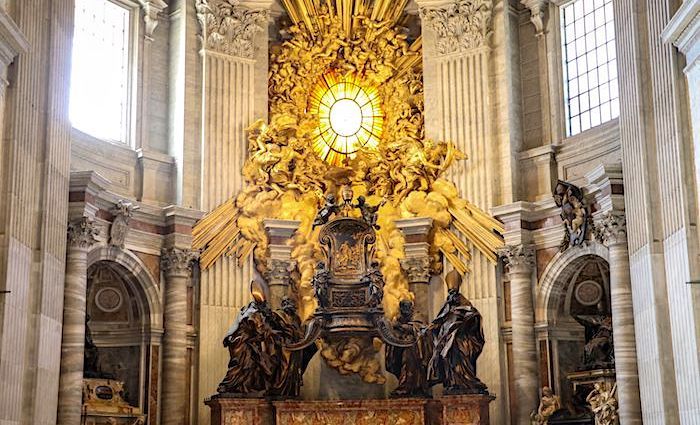
Gian Lorenzo Bernini | 1658 – 1666 | Bronze | Interior
This is the ultimate baroque altar! Look at the power, the movement, and the color: that is what baroque art stands for. It is called the cathedra or throne where St. Peter supposedly sat and gave instructions to the Christians of Rome.
The bronze monument is actually covering a wood and ivory cathedra, which many believed was the real throne. It has now been proven by the church that the wooden throne is actually from 875.
At that time, Charles the Bald gave the throne to Pope John VIII. The cathedra, which is 21ft ( 7m) high, is covered in gilded bronze. The bronze sculpture is surrounded by “Doctors” of the Latin and Greek church: St. Augustine, St. Ambrosius, St. Athanasius, and St. John Chrysostom.
Above this, Bernini added a window in brown glass with a white dove in the middle. As the sun sets, it lets in a beautiful light, which I never fail to admire when I visit the church. This altar is at the complete opposite end of the entrance to the church. It’s also here where you can attend mass every day at 5 pm.
7. La Porta Santa (Holy Door)
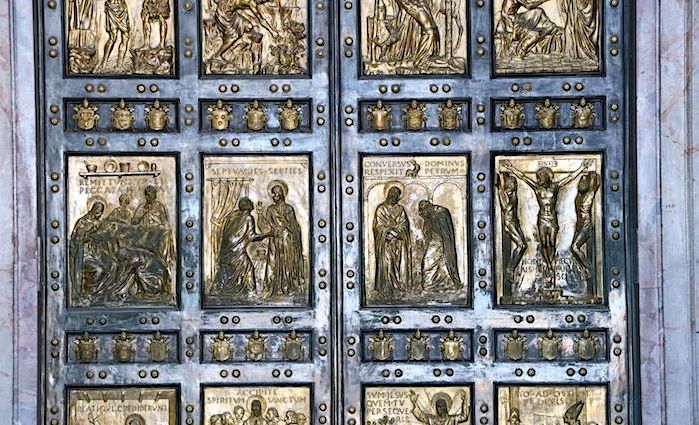
Vico Consorti | 1950 | Bronze | Atrium Before Entering Church
The holy door is opened during the holy year or Jubileum. According to a description in 1450 by a certain Giovanni Rucellai of Viterbo, Pope Martin V opened the first holy door in 1423 at the church San Giovanni in Laterano.
The first notes we have of the opening of a holy door at St. Peter’s Basilica are from 1499 during Christmas by Pope Alexander VI. For the next 450 years, the rituals involved with the opening and closing of the holy door have remained unchanged.
The minute details of what has changed will be reserved for another article. Suffice to say that this is one of the more interesting rituals of the Catholic Church over the centuries.
If you happen to be in Rome during a Jubiluem (every 25 years—the next one scheduled for 2025), you’ll find the holy doors open. Take advantage of it and walk through!
Pope Boniface VIII, named by Dante in the Divine Comedy, proclaimed the first Holy Year or Jubilee in 1300, to invite pilgrims to Rome for special indulgences. Enrico Bruschini, Art Historian and Official Vatican Tour Guide
6. The Paintings (Or Mosaics?)
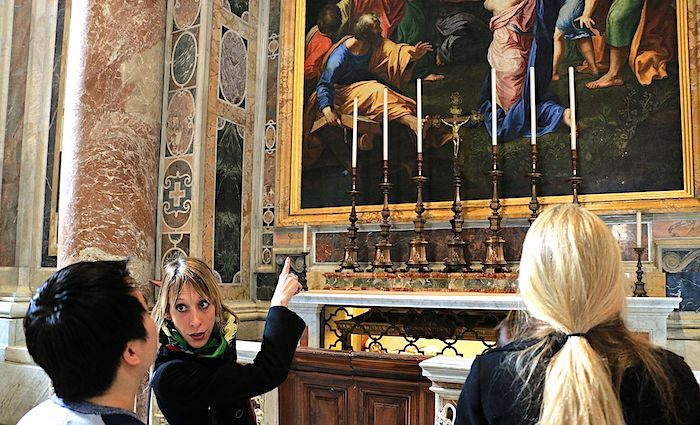
Various Mosaic Artists | 19th Century | Mosaic | Interior
I will let you in on a little secret about the paintings in St. Peter’s Basilica. There are no paintings! They are all actually glass or ceramic mosaics. In the 19th century, the many paintings that were in the church were beginning to deteriorate due to the humid conditions inside the basilica.
This is why when you’re in the basilica, you can take photos with a flash because you’re taking a picture of glass and not of a painting so no damage will be done. You have to get up very close to the picture in order to see the glare of light on it and the little squares of glass and ceramic. It’s a great surprise to show your friends when you’re there.
This our most popular and longest-running Vatican tour to date. It enters the Vatican City & Museums an hour before the public opening and visits the Sistine Chapel as it opens. Admissions are included and our English-speaking guides do a wonderful job bringing the museums to life! Admissions included.
Skip the Line Vatican Tour with Sistine Chapel & St. Peter’s Basilica
One of our most popular Vatican tours since it is such an amazing value. Skip the line to get inside with a super-knowledgeable English-speaking guide that will bring the museum to life. Stories of the artists, popes, conspiracy, love, and of course tragedy! Admissions included.
Not ready to book a tour? Check out our best Vatican tours to take and why.
5. The Obelisk
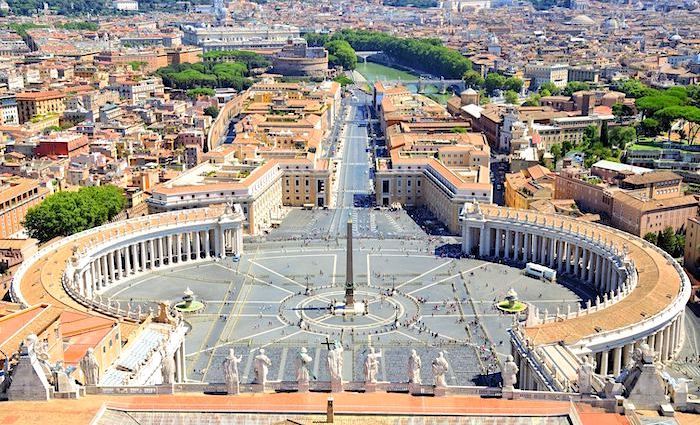
Unknown Artist | 1985 B.C. – 1929 B.C. | Red Granite | St. Peter’s Square
In the middle of St. Peter’s square, you’ll see a giant piece of red granite. This is called an obelisk and if you pay attention, you’ll see quite a few of them around Rome. This particular obelisk was originally erected in the middle of the spina or central area of Nero’s Circus. It’s one solid piece of stone 82 feet (25 meters) high and weighs 330 tons!
It’s the second-highest in Rome, after the one at St. John of Lateran church, and surprisingly is the only one without hieroglyphs. The writing you find on it is actually in Latin. It was erected by the Pharaoh Amenemhet II (1985 to 1929 B.C.) as a votive offering for recovering his eyesight.
In A.D. 40, Emperor Caligula wanted it in Rome and so that’s how it ended up in the Eternal City. When the new St. Peter’s church was built, the obelisk was still in its original position. At that point, Pope Sixtus V had it moved to the center in front of the new church. He also put a cross on top for good measure.
4. Loggia delle Benedizioni (Loggia of the Blessings or Central Balcony)
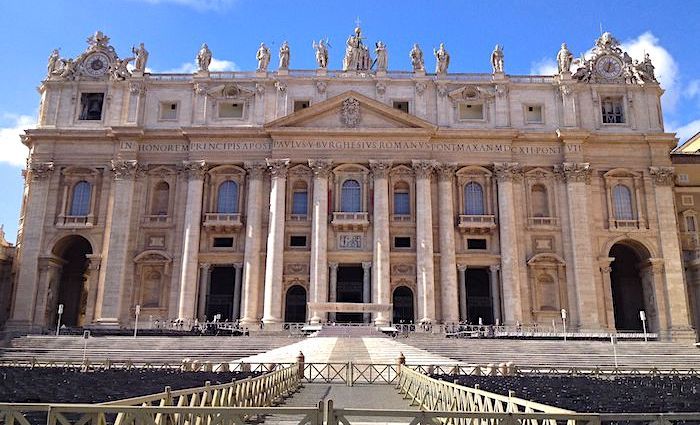
Carlo Maderno | 1607 – 1614 | Travertine | Facade of Church
If you look at the facade of St. Peter’s Basilica, you’ll notice a huge balcony right smack in the middle of it. There are two important events that take place here:
- The Solemn Benediction Urbi et Orbi: These are yearly occasions during Christmas and Easter. The Latin words mean “to the city” and “to the world,” so basically it means to everyone.
- The Announcement of a New Pope: When a pope passes away, all the cardinals group together in the Sistine Chapel for the Conclave. This is when a secret vote happens to elect a new pope. Once the pope is elected, white smoke will appear from the Sistine Chapel, letting everyone in St. Peter’s Square know that a new pope has been elected. A little while later, the Cardinal Protodeacon will appear and announce the new pope with the famous phrase Habemus Papam !
3. La Pietá
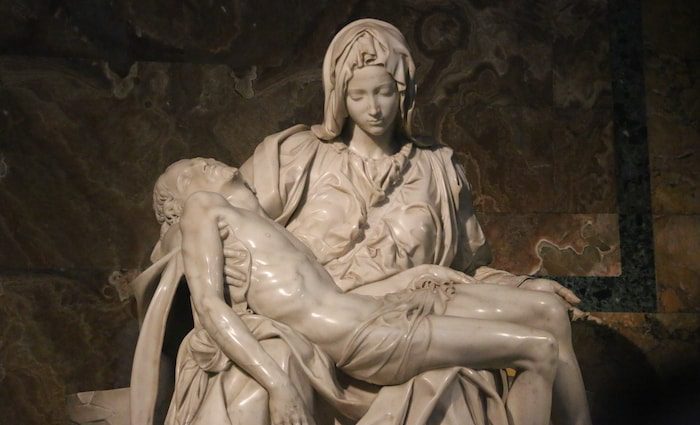
Michelangelo | 1497 | White Marble | Interior
By now, you realize that Michelangelo could do anything. He painted the most famous painting in the world (Sistine Chapel), he built the biggest dome (St. Peter’s), and he made great sculptures!
In 1497, the French ambassador to the Holy See, Cardinal Jean de Bilhères-Lagraulas, commissioned Michelangelo to sculpt a full-size statue of La Pietà . Michelangelo wasn’t yet well known and therefore set about, with a single piece of Carrara marble, to create one of the most famous statues of all time.
The statue captures the moment when the Virgin Mary holds a recently crucified Jesus in her arms. The powerful scene is compounded by her look of extreme sadness together with his completely collapsed body on her lap.
It’s hard to believe that this object is made from hard, marble stone just by looking at it. The Master was able to soften each feature and make the marble look “soft.” Even more incredible is the fact that he did all of this with only a hammer and chisel!
Due to the fact that he was so unknown as an artist when he unveiled the masterpiece, people attributed the statue to an artist from Milan. That night, he went to the statue and actually carved his name where you see the sash of Mary, writing “Michelangelo from Florence made this.” This is even more remarkable since he wasn’t known to leave his signature on any of his art pieces.
2. Baldacchino
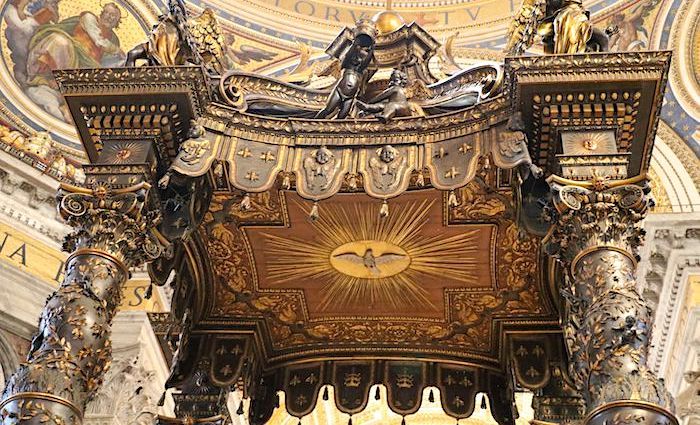
Gian Lorenzo Bernini | 1624 – 1633 | Bronze | Interior Above High Altar
Bernini started working on this at just 26 years old. The high altar of St. Peter’s Basilica is the main altar of the church where only the pope is allowed to stand and give mass.
The Baldacchino is a canopy that hovers over the high altar, which has been used since Medieval times. With the advent of the baroque age, things were taken to new heights (literally) as we will see.
Once the basilica was finished, it would have appeared that something was still missing in the church. There was no connection between the long nave by Carlo Maderno and the massive dome by Michelangelo.
So, Pope Urban VIII commissioned Gian Lorenzo Bernini to create the Baldacchino to cover the high altar. It was to be made of bronze and, like everything else in the baroque period, should be monumental.
Bernini created a canopy of bronze with spiraling columns. Bernini’s inspiration for the columns was taken from a similar style of columns that were situated in the Basilica of Constantine.
The actual height is an astonishing 95 feet (28 meters) high. The material used to make this was taken from the porch roof of the Pantheon. As you approach the center of the church, your eyes naturally gaze up at the Baldacchino and continue their trajectory up to the top of the dome.
1. High Altar (Tomb of St. Peter)
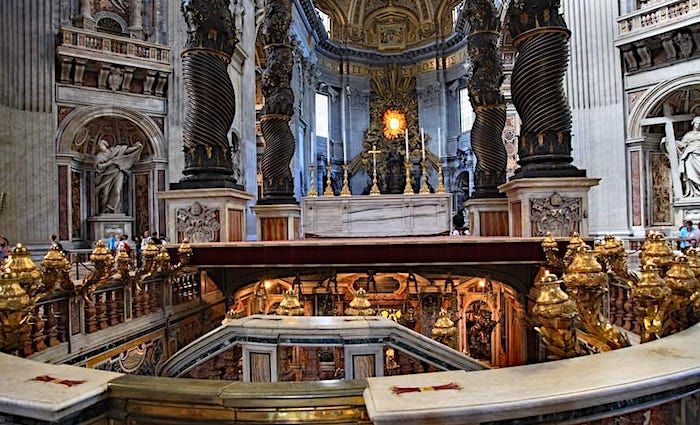
Carlo Maderno | 1615 | Colored Marble | Interior
Below the Baldacchino, you have what is called the High Altar (so called because only the pope is allowed to give mass there or someone he has personally appointed). Its location is such since below that is the Confession or the area dedicated to the tomb of St. Peter.
To descend, there is a double ramp with 16 stairs that lead down into the Confession. You’ll find many different colors of marble decorating the walls. According to the official website, this was the most important work, architecturally speaking, of hard stone done in Rome in the 1600s and the last work of such magnitude and richness executed in this technique.
The word Confessio in Latin expresses the affirmation of truth until death since when a martyr spills his blood for Christ, he confesses and proclaims his faith in a supreme act Official website of St. Peter’s Basilica
Here’s Where To Stay in Italy’s Most Popular Destinations
Rome , Florence , Venice , Amalfi Coast , and Capri
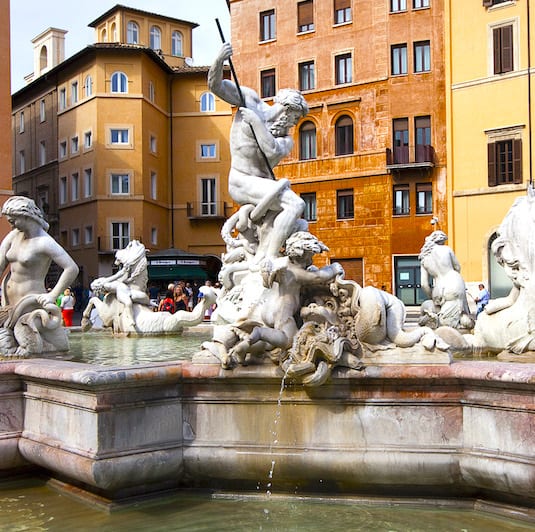
Best Hotels & Where to Stay
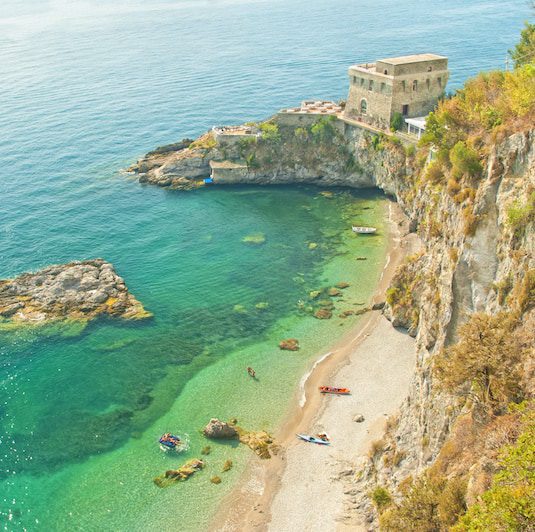
Reader Interactions
Leave a comment cancel reply.
Your email address will not be published. Required fields are marked *
- In The Press
POLICY & TERMS
- Cancellation Policy
- Terms & Conditions
- Privacy Policy

The ultimate coast to coast adventure in Basilicata
Still unspoiled by big chain stores and mass tourism, Basilicata offers an authentic glimpse of southern Italy's unhurried way of life.
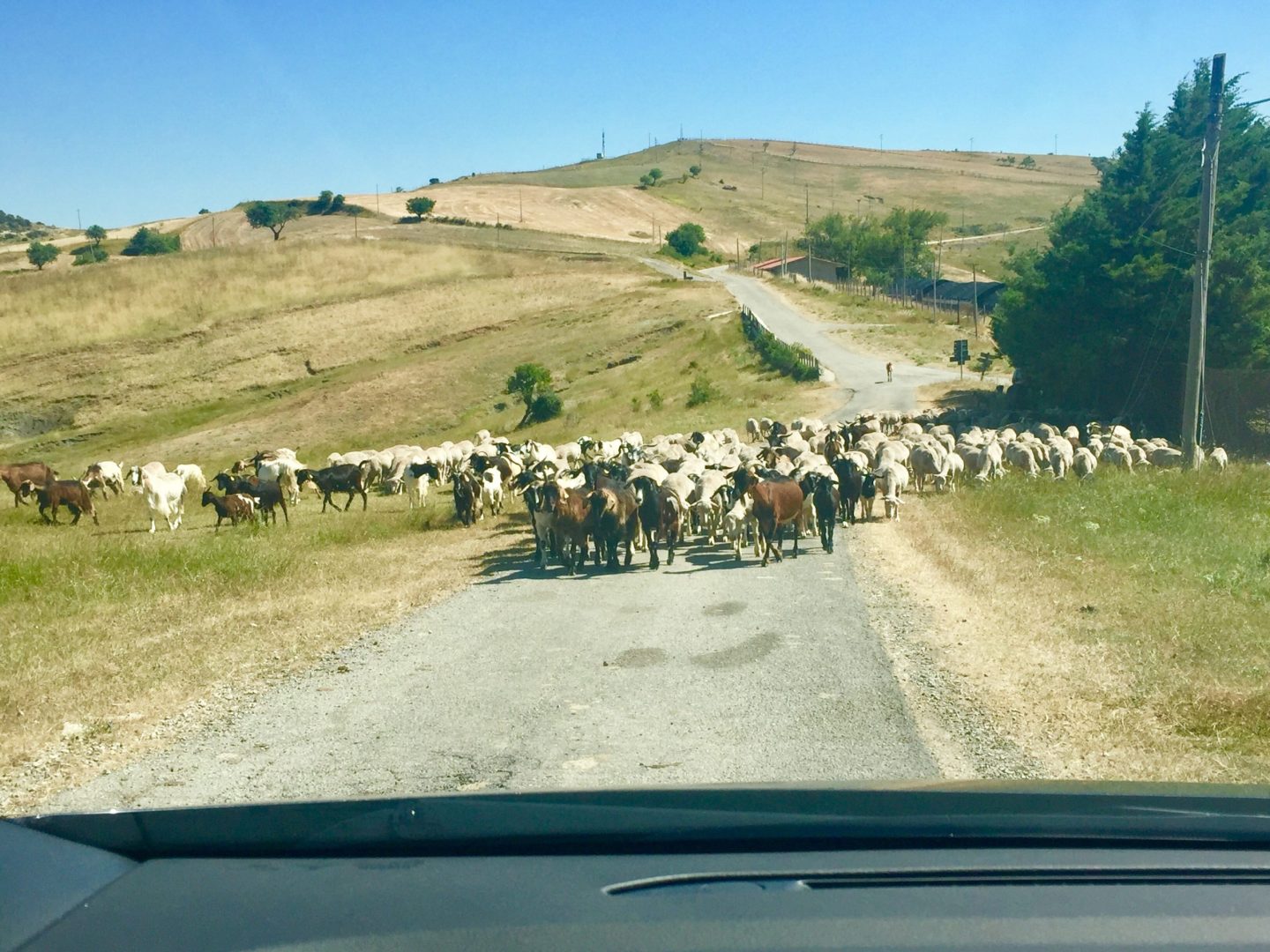
Table of Contents
Today I take you to Basilicata for the ultimate coast to coast adventure in the south of Italy. It’s a region still quite untouched by big chain stores and mass tourism, thus offering a window on the simpler, slower pace of life of Italy’s beautiful south .
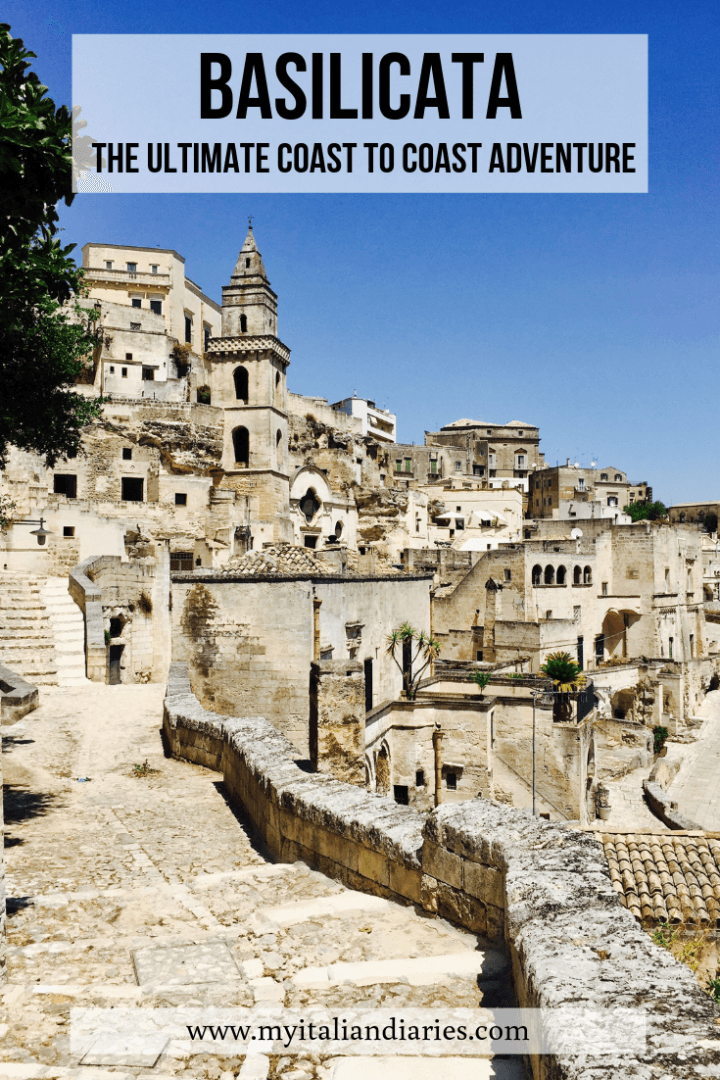
For this week-long trip I rented a car from Bari airport, the nearest gateway to Basilicata. Here’s my itinerary:
Day 1: Bari airport > Venosa > Castelmezzano
Day 2: Castelmezzano > Pietrapertosa > Maratea
Day 3: Maratea
Day 4: Maratea > Rivello > Maratea
Day 5: Maratea > Rocca Imperiale
Day 6: Rocca Imperiale > Metaponto > Bernalda > Craco > Policoro > Rocca Imperiale
Day 7: Rocca Imperiale > Valsinni > Colobraro > Tursi > Aliano > Rocca Imperiale
Day 8: Rocca Imperiale > Matera
Highlights of Basilicata
What I particularly liked about this trip is that it takes you through an incredibly varied landscape . From the amazing mountain scenery of the Lucanian’s Dolomites and the lunar landscape of calanchi (badlands) to enchanting hamlets and the crystalline waters of the coast, I’m sure Basilicata will truly surprise you.
Here are the highlights of my road trip to Basilicata:
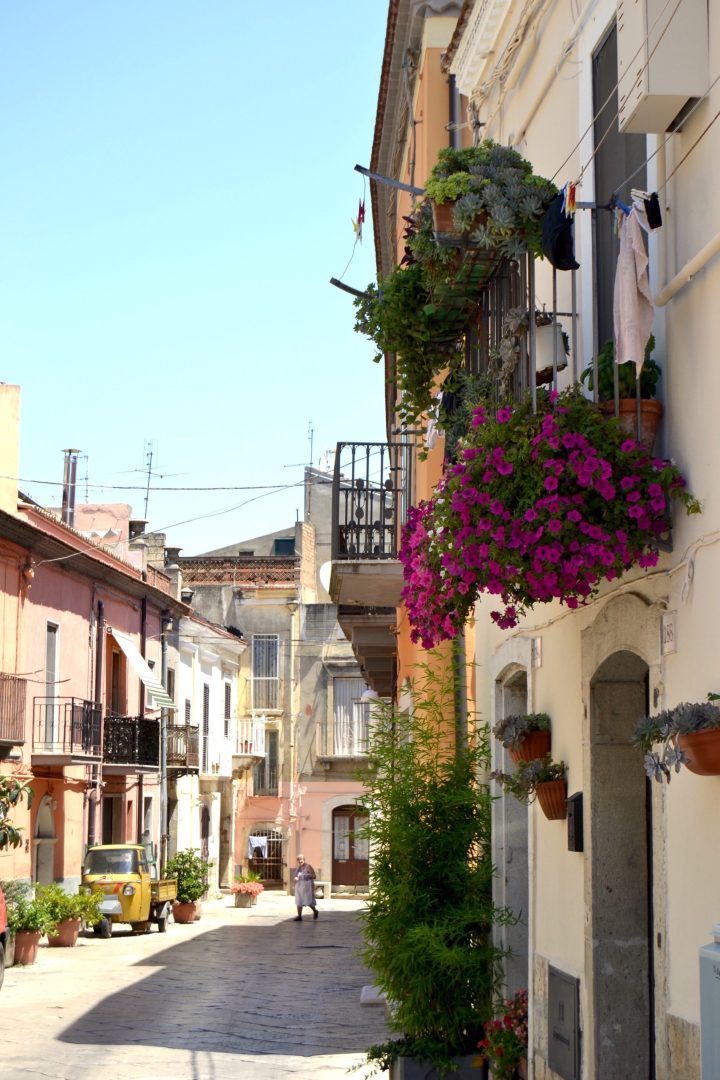
Castelmezzano
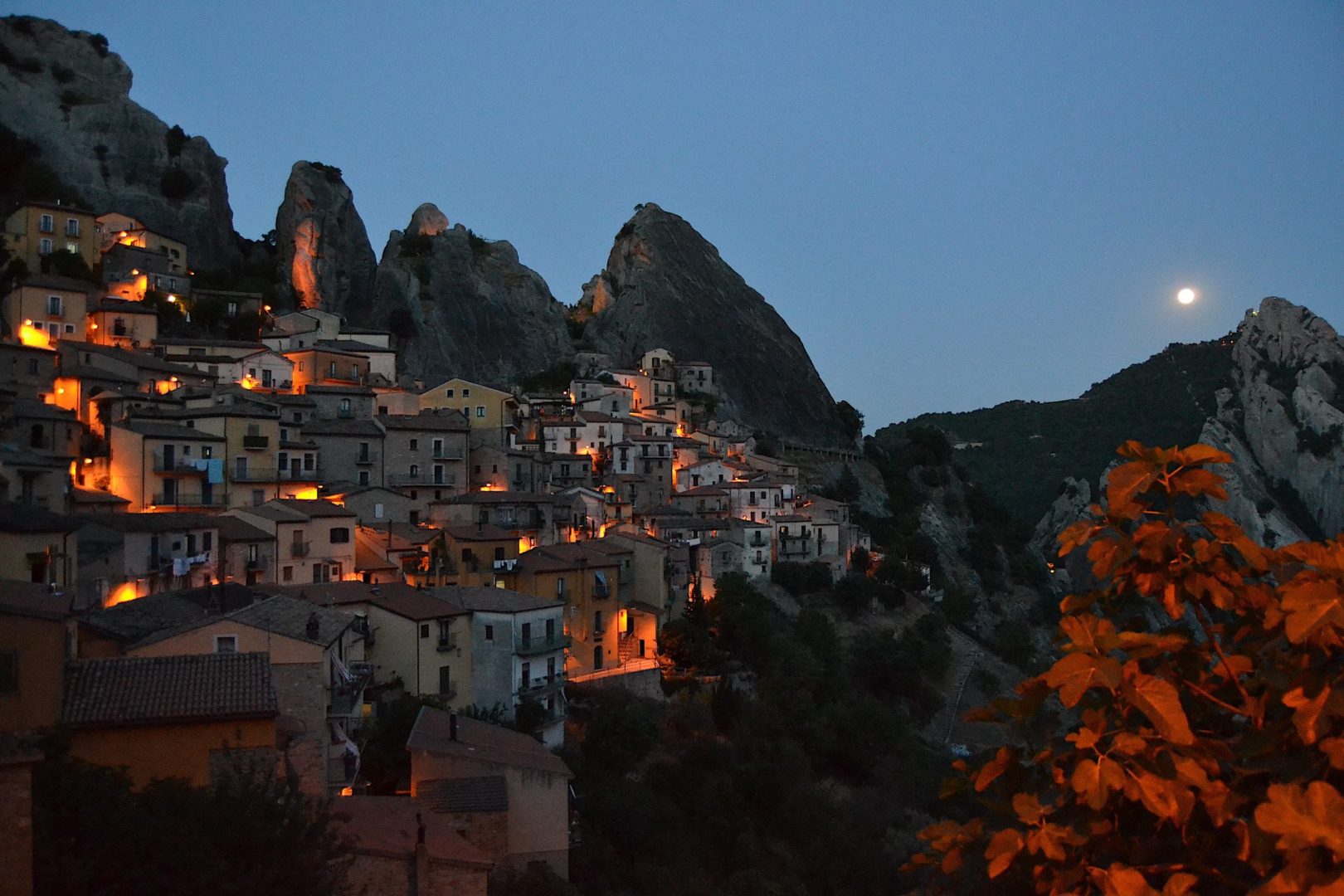
Pietrapertosa
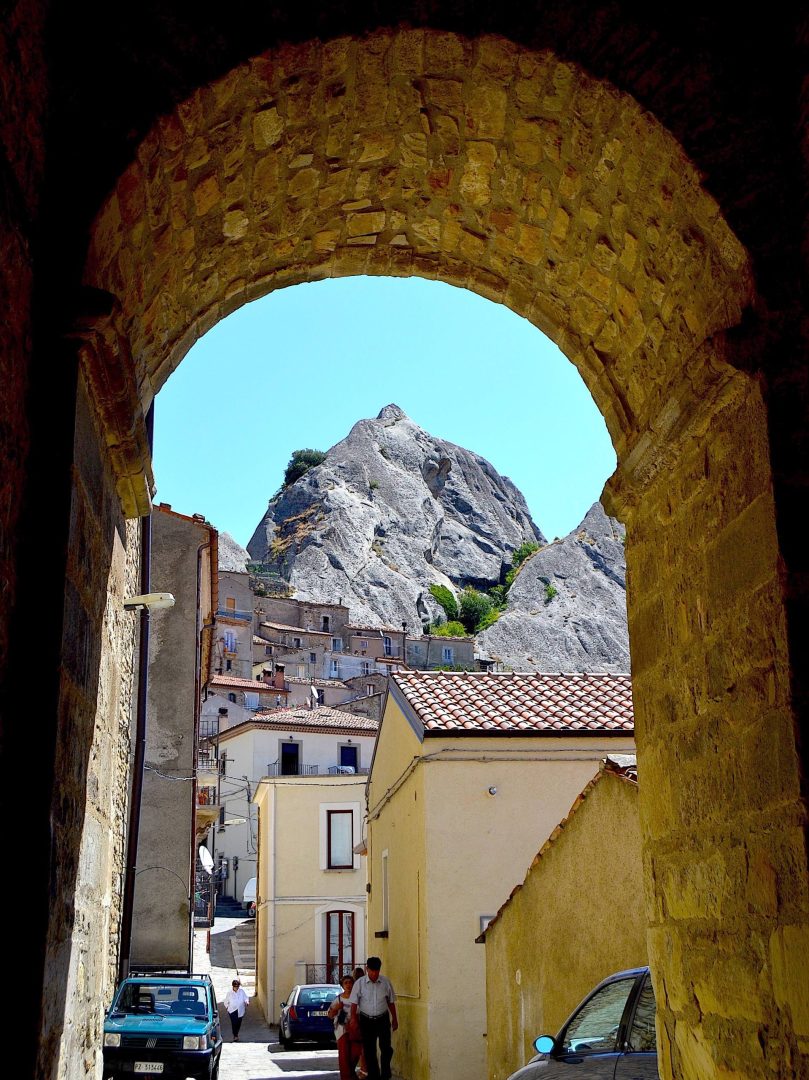
Valsinni
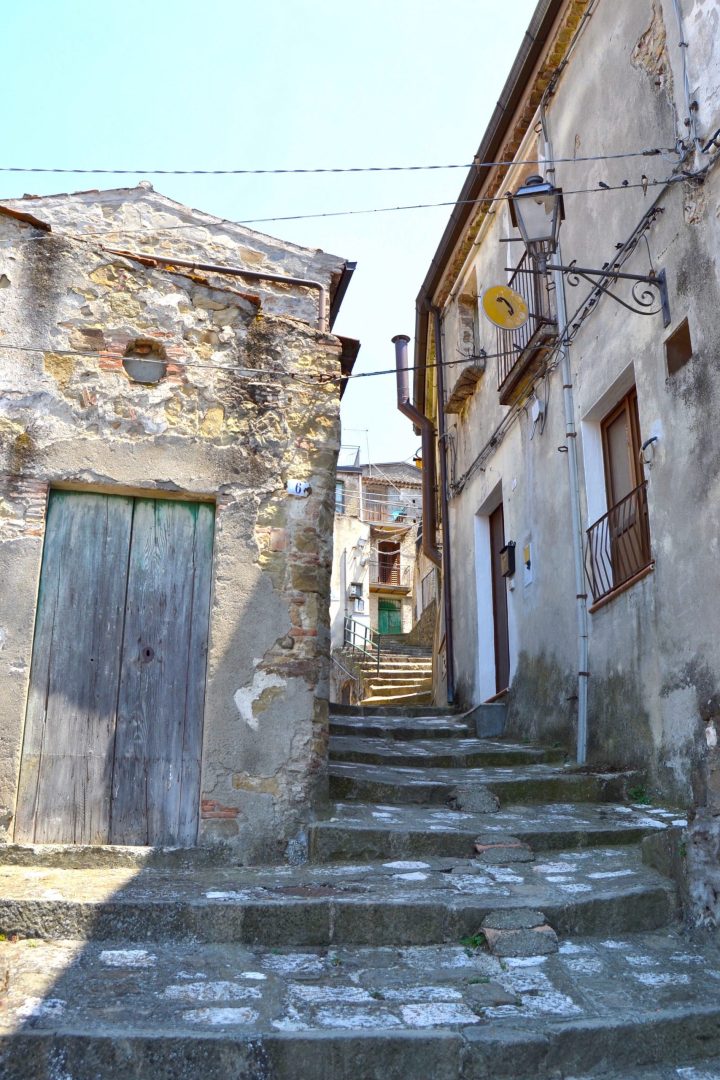
Tursi
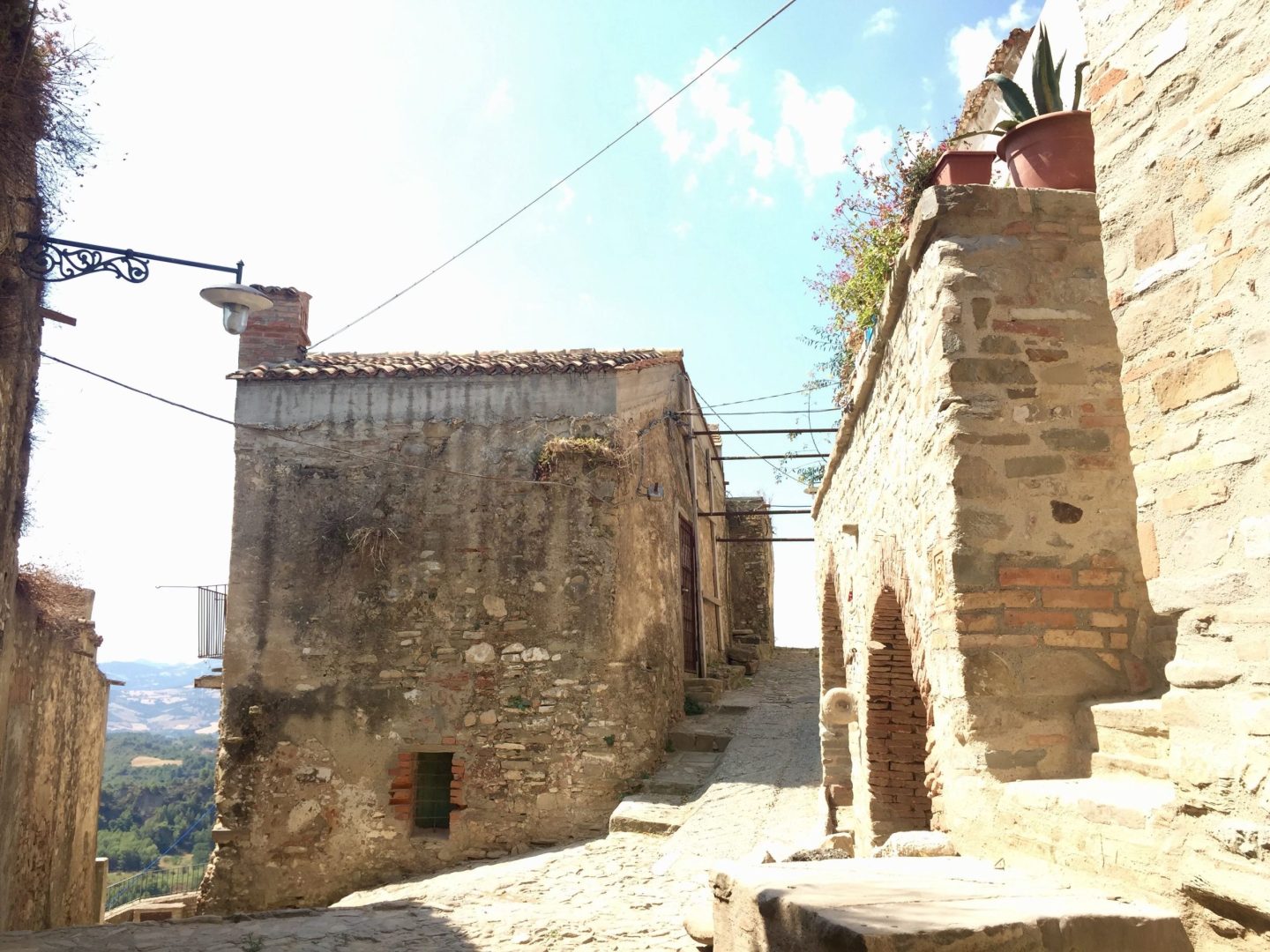
Policoro is a pretty seaside resort located 20 km south of Metaponto. It was another important site of Magna Grecia and today it’s home to the National Museum of Siritide , which preserves some of the most significant finds related to the two Greek colonies that once inhabited this area. However, the key attraction of Policoro is its beautiful beach, with such clear, pristine waters that it’s not uncommon to see dolphins in the bay . There is also a WWF nature reserve dedicated to the protection of sea turtles who nest on these beaches.
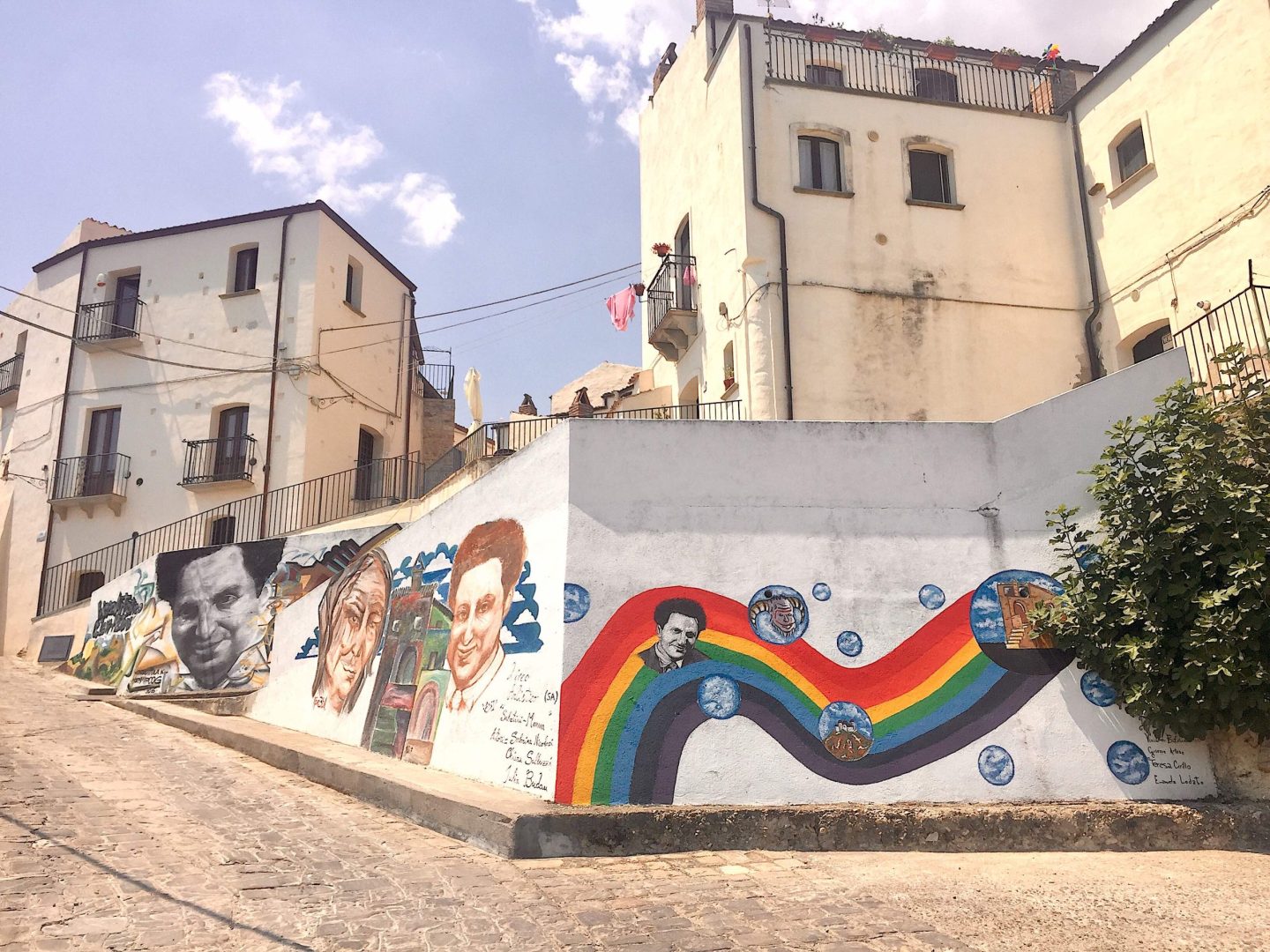
Where to stay in Basilicata
Despite being a little out of the major tourist routes, Basilicata offers a wide variety of accommodation options. Here’s where I stayed:
- B&B Del Duca in Castelmezzano: you must leave the car at the entrance of the village and walk uphill but you are rewarded with the warm smiles of the old owner and a spacious and clean apartment all to yourself
- B&B Le Tre Casette in Maratea: I don’t even know where to start to describe this magic place. Rooms are super cozy and stocked with tasty treats. But my best memory of this place is the scrumptious breakfast waiting for me on a terrace filled with plants and flowers overlooking Maratea’s harbor!
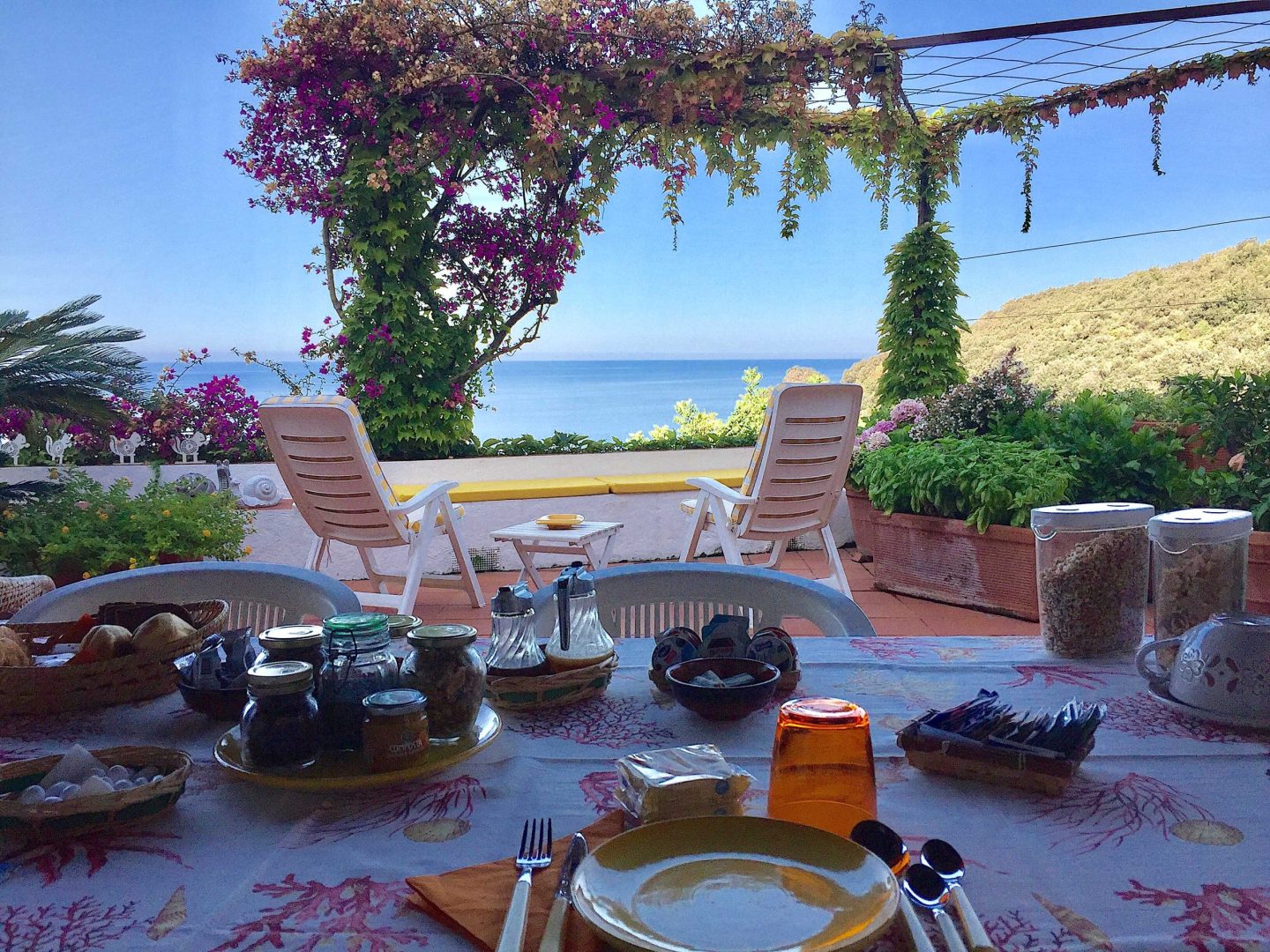
- B&B Villa Sveva , in Rocca Imperiale: ok so, technically we are in Calabria here, but it’s on the borders with Basilicata and it’s a fantastic base for exploring the Ionian coast. I discovered this place thanks to the recommendations of Celeste, the owner of the Agorà B&B in Trani where I stayed during my recent trip to Puglia , and I cannot thank her enough. Close your eyes and imagine a little place on top of a quiet hill between the sea and the sky, surrounded by untouched countryside and with some of the most spectacular views ad the loveliest hosts – this is what Villa Sveva is all about!
- B&B Giulietta nei Sassi in Matera: a great base for exploring the Sassi, with free parking space close by and at walking distance from all the main sights. It’s very basic, but rooms are sparkling clean and there’s a kitchenette in the common area stocked with everything you need for breakfast.
What to eat
Cucina povera (literally poor cuisine) is the core of Basilicata’s culinary tradition. Being historically poor and isolated from other areas of Italy, people here learned to cleverly combine the products of their land into simple yet tasty dishes that can still be found in restaurants and trattorias across the region. Let me give you an example: who would have known that some toasted bread with ricotta and sliced pears could become one of my favorite desserts of all time?
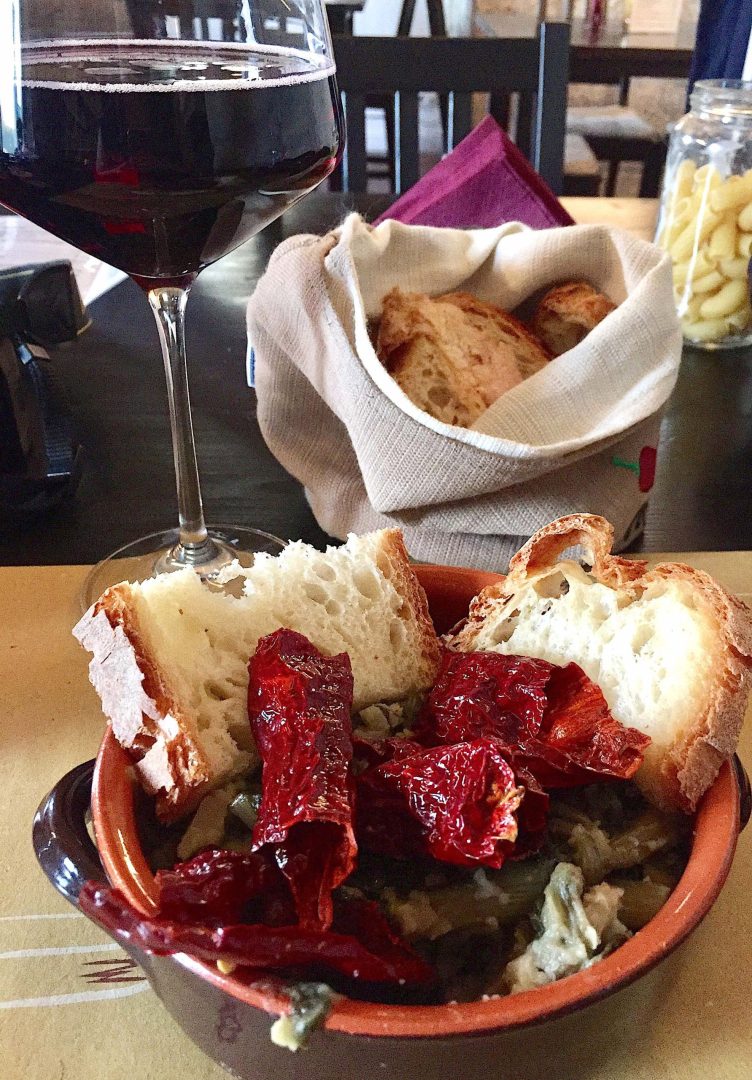
Best time to visit Basilicata
The weather in Basilicata is pretty varied due to the diverse altitudes across the region. The Ionian and Tyrrhenian coasts enjoy a warm climate all year round, while inland there’s more of a continental weather with some winter snowfalls in the mountainous areas. I personally think that Basilicata is a great destination all year round, thanks to the variety of places and activities it offers, with a preference for the months of May-September to fully enjoy its beautiful waters.
1,000 km and 8 days afterward, I can say that Basilicata is a region of unique charm and genuine hospitality , one of the few remaining places that still preserve their authenticity and seem to be left untouched by mass tourism. And then Basilicata has a little something for everyone: exciting adventures for thrill-seekers, lots of itineraries for the cultural explorers and lovely beaches for those in need of a relaxing holiday.
USEFUL TIPS
- Renting a car will make it so much easier to move from one place to another. However, if you feel more comfortable using public transportation, check out the Sita Sud website for a schedule of local buses.
- Reaching Basilicata by train can be quite a challenge, but you could try with the Ferrovie Appulo Lucane from Bari. Alternatively, fly into Bari and then take the shuttle bus to Matera, timetable here .
- You’ll find many amazing restaurants and trattorias and some of my favorites are Peperusko in Castelmezzano , opened by a group of local young people in an effort to keep the village and its traditions alive, and La Cambusa near Maratea for some amazing fish dishes – this was suggested by Marco, the owner of B&B Vista Mare , another great lodging option in Maratea.
Until next time,
Share this article on:
Grazie mille for reading My Italian Diaries!
If you’ve enjoyed the blog and found my articles useful, you can treat me to a virtual coffee to support the creation of new content and the site’s running costs. Just click on the button below and sprinkle a little virtual caffeine magic my way. Cheers to you!
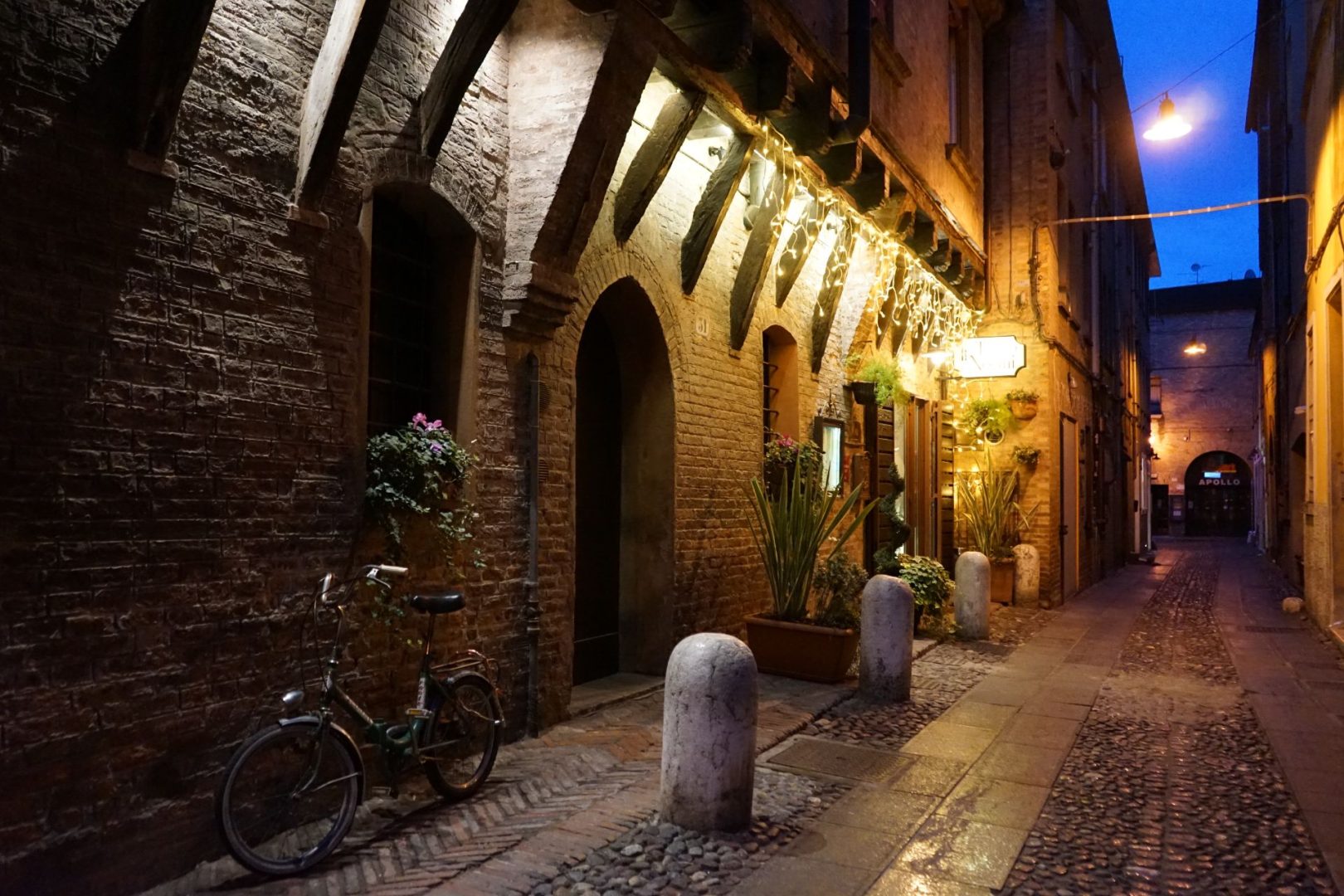
Things to do in Ferrara, Europe’s first modern city
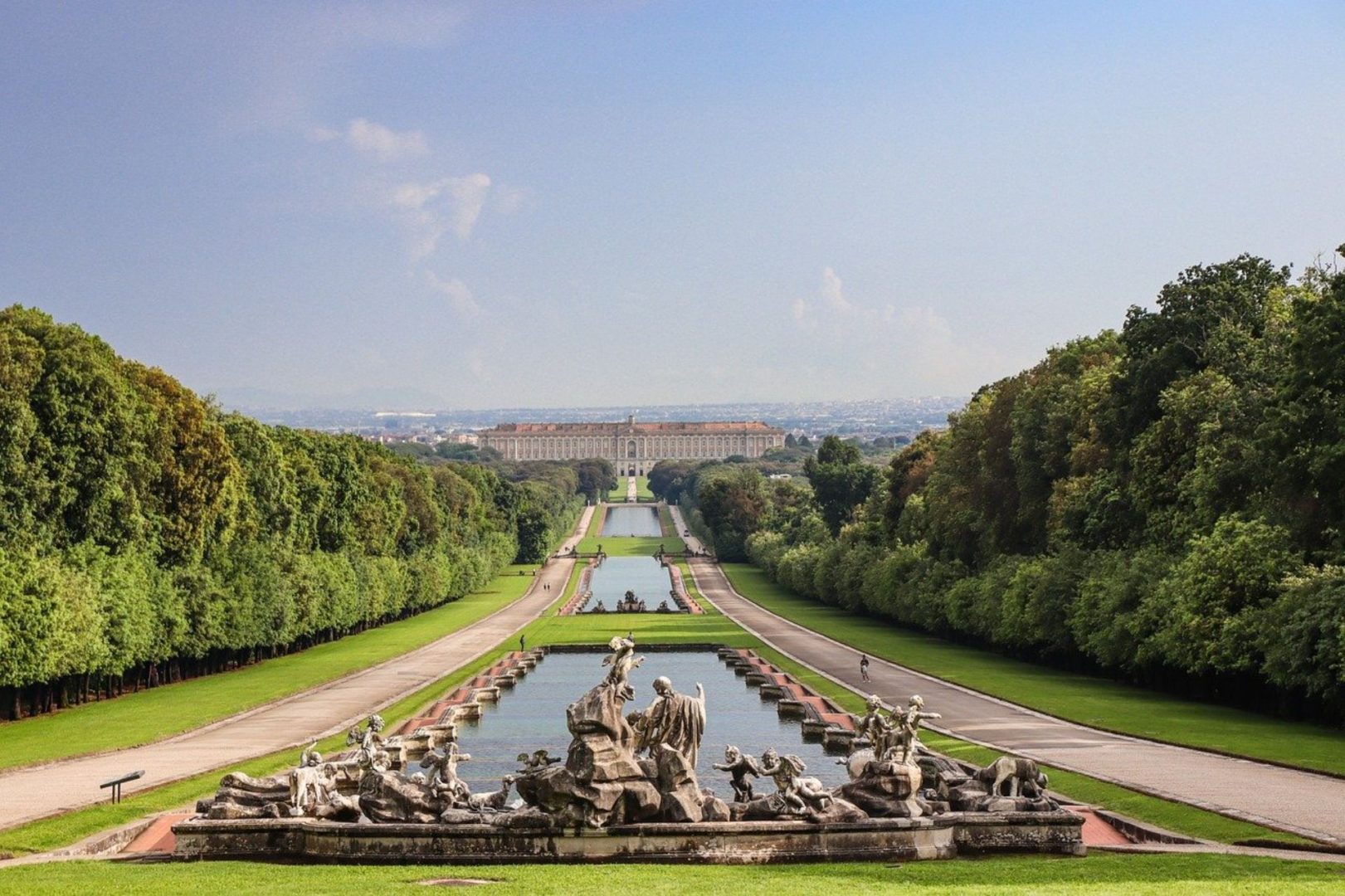
What to see in Caserta beyond the Royal Palace
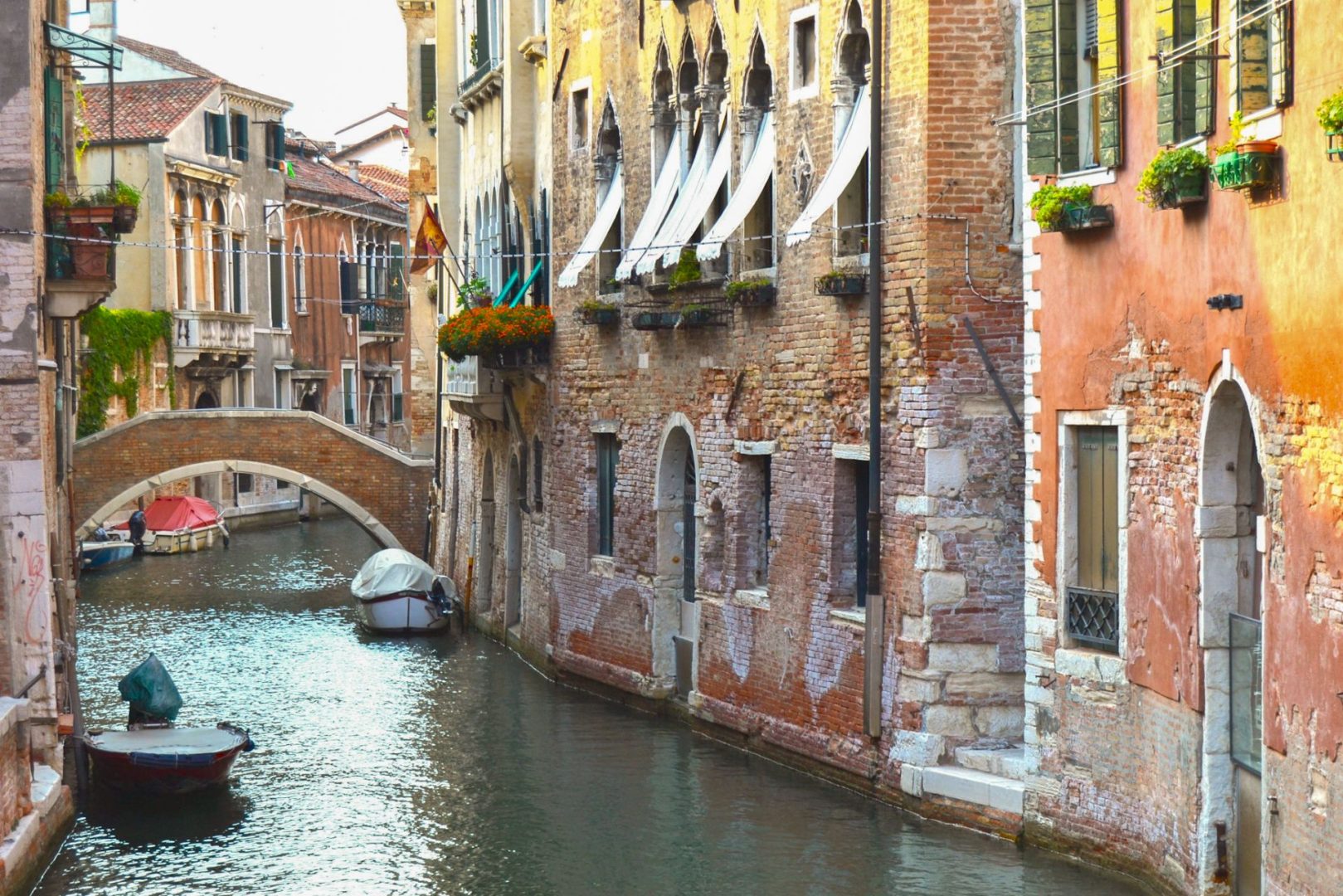
9 easy day trips from Venice by train you can’t miss
Leave a comment cancel reply.
This site uses Akismet to reduce spam. Learn how your comment data is processed .

An Italian travel writer in love with my country. Having travelled widely across the globe, I realized there was more to explore closer to home. My Italian Diaries is the place where I share itineraries, activities and off-the-beaten-path places to help you experience the best of Italy like a local!

Get the latest news, fresh posts, and exclusive unblogged stories from Italy delivered straight to your inbox each month.
I consent to the processing of my personal data as per the Privacy Policy
You’ve just been sent an email that contains a confirmation link. Just click on it to finalize your registration.

My Italian Diaries is the place where I share with you stories, photos and useful tips from my travels around Italy. I hope you will enjoy reading it and that my stories will inspire you to organize your next trip to my beautiful country.
Let's collaborate Collaboriamo Contact
- Skip to main content
- Skip to primary sidebar
- Skip to footer

Top 11 Things to See in and Near St. Mark’s Basilica
Brandon Shaw Last Updated: November 9, 2022
When going to Venice, one of the top sights to visit is St. Mark’s Basilica, but what should you see once inside? We asked our local guides for the inside scoop and created this article on the top things to see inside and nearby St. Mark’s Basilica
Pro Tip: Planning a trip can be pretty stressful. There is so much information that it’s easy to forget the little things. Therefore, If you like this article, consider bookmarking this post and a few other great reads that could help reduce some of that stress:
- Best Restaurants near San Marco Square
- 10 hidden gems in Venice: The City’s best-kept secrets
We offer competitvely prices small group and private Venice Tours which are absolutely the best way to get beneath the surface with a local guide.
Venice is undoubtedly one of the world’s most beautiful and unique cities. For example, it is an archipelago or cluster of 118 islands connected by over 400 bridges and 177 canals. How incredible is that?
When you are visiting Venice, one of the must-see areas is San Marco. Consequently, in this small area, you will find a high concentration of really cool things to check out. We asked our local guides in Venice to give a top list of things to see and this is what they came back with.
1. St Mark’s Square
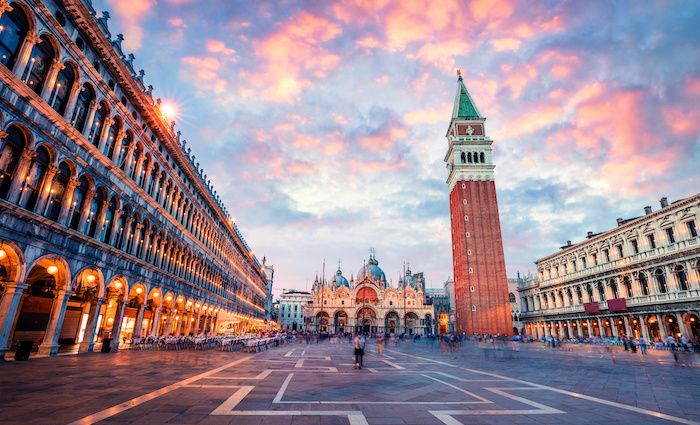
St Mark’s Square is named after the Basilica of St. Mark. The Basilica is obviously named after the Apostle, Mark, whose relics are contained inside. What you see today looked nothing like you would have seen in the 9th century when the area began to take form.
There was an orchard growing fruit occupying part of the space as well as a small canal running through it. Imagine a much more rural setting than the photo above. That said, the Campanile or bell tower was erected in the 10th century in some form, but we’ll get to that below.
It wasn’t until the 12th century that the square began to start taking shape. For instance, the locals filled in the canal and demolished some structures in the area to make way for the grand piazza. The Procuratie on the left side of the photo was constructed in the 13th century and consisted of offices and residences for the procurators of the Basilica. In the 18th century, they laid the current flooring in the piazza.
2. St Mark’s Bell Tower
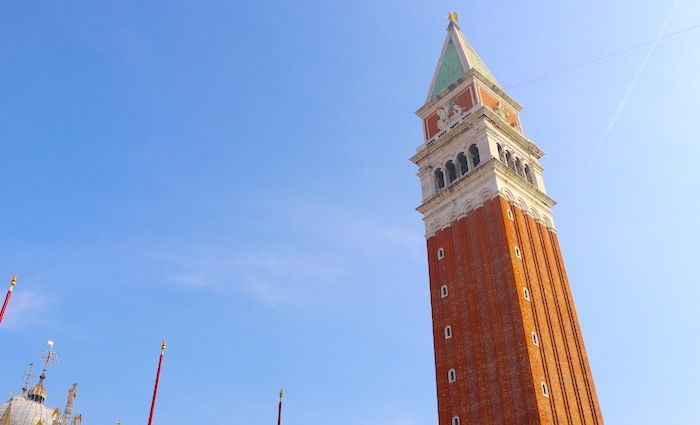
The Campanile of St Mark, or bell tower in English, is a crowning jewel of St. Mark’s Square and the Venetian skyline. Originally the descendants of the original Roman inhabitants constructed it in the 10th century. The structure was built for the same purpose it serves today; a great view.
That said, the purpose was much more important in the 10th century. For example, a watchtower could spot enemy ships from a distance and maintain the safety of inhabitants. It is 323 feet tall (98.6 meters) making it the tallest structure in Venice.
The original bell tower collapsed in 902 just around its 100 year birthday. As a result, the structure you see today is a copy of the original built over 10 years from 1902 – 1912.
In popular culture, the bell tower’s shadow, Ombra in Italian, is the term they use to describe a glass of wine in Venice. This is because the fisherman would come back from fishing in mid-day and have a glass of wine in St. Mark’s Square. To hide from the sun, they’d stand in the ever-moving shadow of the bell tower cast across the piazza
Popular Venice Tours
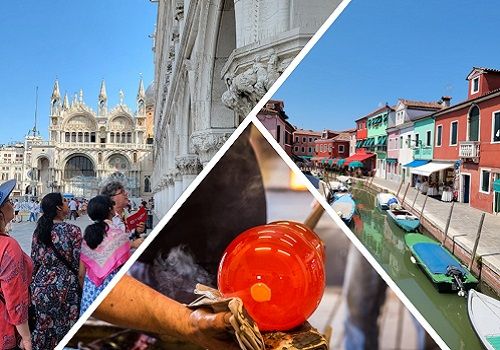
Best Selling Tour
Ultimate Venice in a Day with Murano and Burano
The ultimate tour of Venice. You’ll get skip-the-line access to the most important buildings in Venice, plus a gondola ride, and private transportation to the islands of Murano and Burano. It’s a full day of touring that will make for the best memories in Venice ever.
Authentic Experience
Venice Evening Food Tour in Cannaregio District
People who say Venice is too touristy have not done enough research. Cannaregio is an amazing break from the crowds, and our food tour is the most authentic way to experience it. Taste cicchetti and other Venetian specialties including wine. You’ll leave with a full stomach and a love for Venetian food!
3. Doge’s Palace
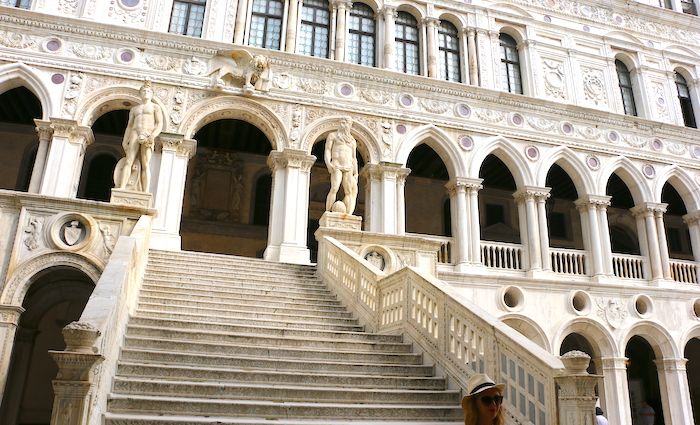
The Doge’s Palace was first built in Venice in the 9th century for the Duke of Venice but little to nothing remains of that structure today.
After 1296 more people had the right to take part in legislative assembly meetings. Therefore, this meant that they needed to enlarge the government areas. The result of those works is the beginning of the building that we can see today. The work started around 1340 under Doge Bartolomeo Gradenigo (1339-1343) and was mostly the side of the palace facing the lagoon.
Guariento, the Paduan artist, decorated the east wall of the Great Council Chamber with a large fresco in 1365. The Delle Masegne family decorated the windows. In 1419 the Great Council met in this chamber for the first time.
In 1424, renovation works continued on the side of the building which faces the San Marco Square. A new wing was designed which went hand in hand with the design that overlooked the lagoon. Finally, the facade that faces the square was completed with the construction of the Porta della Carta which was designed by Giovanni and Bartolomeo Bon.
Fire of 1483, 1574, & 1577
A raging fire destroyed the canal side of the Palace which included the Doge’s apartments in 1483. At this time Antonio Rizzo introduced the new Renaissance style to the building. They finished the works in 1510 and replaced Rizzo with Maestro Pietro Lombardo. Subsequently, the new architect began the design of the facade and the Giant’s staircase in the internal courtyard.
Giants Staircase
During this period Sansovino’s created two large marble statues of Mars and Neptune at the top of the Giant’s staircase. While another fire broke out in 1574, it didn’t cause any serious damage, but mostly the wood furnishings. Hard to believe, but in 1577 another fire damaged the Sala dello Scrutinio and the Grand Council Chamber which destroyed masterpieces by Gentile da Fabriano, Pisanello, Alvise Vivarini, Carpaccio, Bellini, Pordenone, and Titian. By 1580 they had restored the area to its original appearance.
The Venetian Republic fell in 1797 first to the French, then to Austria, and finally became part of a unified Italy in 1866. The Palace had been the heart of political and public administration when it had independence so it ceased to hold those functions once occupied and lost relevance.
Museum Today
As a result of the state of disrepair, major renovation works began at the end of the 19th century to spruce it up. They removed many of the original 14th-century capitals to the Museo dell’ Opera for safekeeping. All the public offices were moved elsewhere except the State Office for the Protection of Historical Monuments which is still housed here. It became a museum in 1923 and in 1996 became a part of the Civic Museums of Venice network. It is definitely the top museum to see near St. Mark’s Basilica if not in all of Venicie.
4. St. Mark’s Basilica
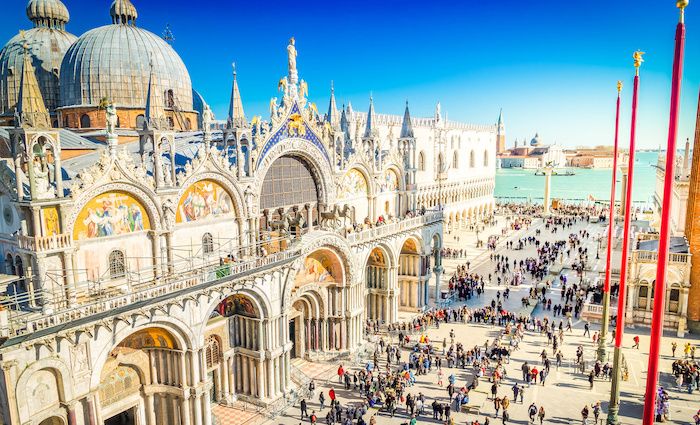
The Basilica di San Marco or St. Mark’s Basilica is the main cathedral in Venice dedicated to the patron saint of Venice; St. Mark. St. Mark was an apostle which is a pretty big deal in the Catholic church and Christianity as a whole.
What you see today, shown in the picture above, has been a work in progress over the last 1100 years or so. The original church that stood there similar in its layout but the design and ornamentation has evolved greatly.
Originally, the patron saint of Venice was St. Theodore who was a Greek saint. Originally, the structure was built around 819 and was likely constructed primarily from wood. About ten years later, the relics of St. Mark were stolen from Alexandria in Egypt.
Stealing Saint Mark
Having the relics of an apostle would be a massive draw to the city of Venice so the current Doge decided to change the patron saint of Venice to St. Mark. At the end of the 11th century, they started building the structures that you see today.
One of the first things you’ll notice is the difference between this Basilica and others in Italy. You should know that Venice is very different from Italy in that the city tends to skew more eastern European – they are right on the border. Many things are unique to the city and others influenced by the east. The Basilica of St. Mark has a strong resemblance to the Hagia Sofia of Byzantium.
Never heard of Byzantium? How about Constantinople? Ok, one more try; Istanbul? Venice was was of Byzantine Empire until they broke away in 1171.
The church is extremely ancient. Much of the construction took place between the 11th and 13th centuries. Frescoes have been updated, more gold has been added, and statues built-in but you are definitely looking at one of the older churches on Earth. There is no argument that it is the most important church to see in St. Mark’s Square as well as all of Venice.
5. Pala d’oro, St. Mark’s Museum and the Treasure of St. Mark’s
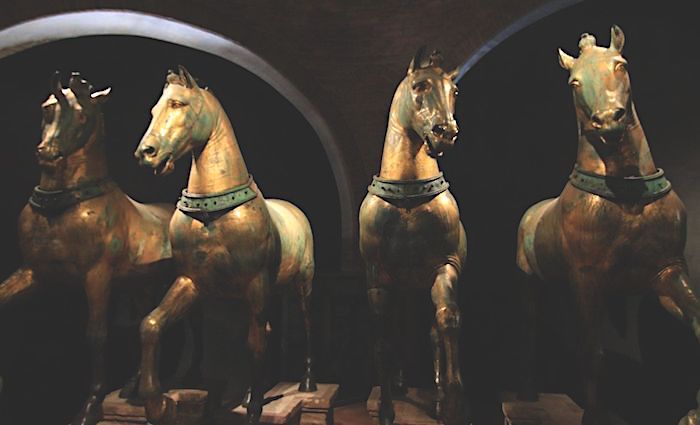
Yes, these three spots are actually inside St. Mark’s Basilica. While the Basilica is free to enter, these areas charge admission so that’s why I made them a separate item.
The Doge Ordelaffo Falier ordered the design in 1102 and received it in 1105. He wanted to create a screen to go over the high altar.
Certainly, this is one of the main highlights of visiting the church. The word Pala comes from the Latin word Palla for cloth. As a result, the church would at times decorate the images of saints with this cloth, and over time they replaced it with gold or silver.
The Treasure Of St. Mark’s
The Treasure of St. Mark’s” is a collection of precious objects and masterpieces kept inside of the Basilica throughout the centuries. For example, you’ll see ancient vases, amphorae, enameled glasses covered in precious stones displayed throughout the perimeter.
Moreover, the collection consists of 283 pieces in Gold, Silver, and other precious metals. The most interesting objects and also the bulk of the collection are objects that the victors of the conquest of Constantinople brought back to Venice.
St. Mark’s Museum
They established the museum towards the end of the 19th century. As with most church museums, it houses various objects with origins to the church’s history.
The most famous and prestigious work is the bronze chariot which was taken from Constantinople from the conquest of that city during the Fourth Crusade. It has been moved here from its original position outside on the Terrace of the church in order to keep it preserved.
The Museum also contains Persian carpets, liturgical vestments, illuminated manuscripts with the texts of St. Mark liturgies, and fragments of ancient mosaics removed during restoration in the 19th century.
6. St. Mark’s Clock Tower
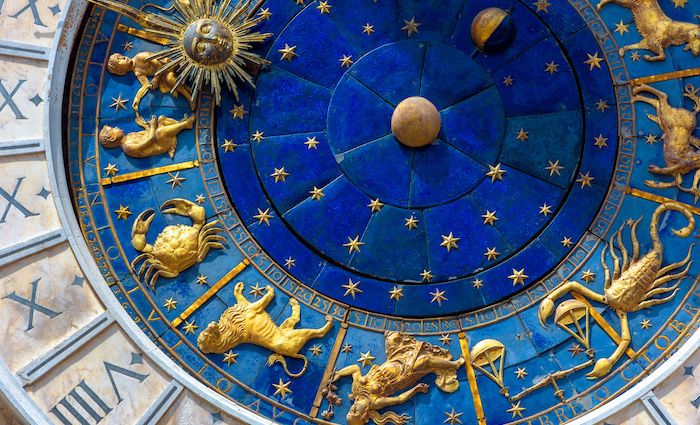
A clock tower, similar to fountains, is something we couldn’t appreciate today. Not because of millennials but the technology we have on our wrists and in our pockets today.
You have to imagine that in the 16th century you didn’t have a cell phone, wrist watch or probably even a clock in your home. If it was not for communal clocks, you simply did not know what time it was. This is very important for a commercial hub like Venice, hence St. Mark’s Clocktower.
If you are standing in Piazza San Marco you won’t miss the tower to the left of St. Mark’s Basilica. On top are two moors that wring the bell each hour. You’ll also see the Lion of St. Mark with a blue and gold starred background. The lion is the symbol of Venice. There is also an analog feature showing the hour and minutes on either side of a statue of Virgin Mary with baby Jesus. See if you can spot it!
If you are lucky, you may see the clock in full form. It only happens twice a year, but the three Magi will emerge from the clock following Jesus the child. This happens on Jan 6th which is Epiphany Day or the day the three Magi visit Jesus who becomes incarnate of God. The second time is 40 days after Easter which is the day Mary ascended to heaven. It lands on a Thursday and you include Easter into the calculation.
The clock is the jewels of St. Mark’s Square and definitely something you’ll want to see when you visit St. Mark’s Basilica.
7. Bridge Of Sighs
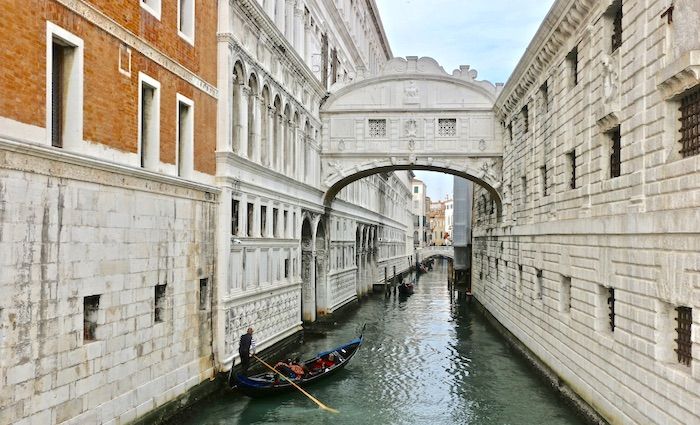
The Ponte dei Sospiri or Bridge of Sighs is one of the more poetic names for a bridge that you may ever hear. The history preserved the name. The bridge connects a prison, Prigioni Nuove, and the interrogation rooms at Doge’s Palace . Needless to say, the people taken over this bridge had sad looks on their faces; sighs.
Antonio Contino was the architect of the bridge who was the nephew of Antonio da Ponte . Da Ponte designed the Rialto bridge and his last name translates to “of the Bridge”. I doubt he was born with that name but if he was it was fate that he re-build what is one of the most famous bridges on Earth; the Rialto .
While the name ” Bridge of Sighs” was popular, Lord Byron finally immortalized it when he wrote about it in his book of 1812, ” Childe Harold’s Pilgrimage”. The famous quote is, “I stood in Venice, on the Bridge of Sighs; a palace and a prison on each hand.”
Whether the story of the sighs is true or not, it is definitely romantic. Being one of the most romantic cities in the world it is fitting as well that if you are with your loved one in a gondola under the bridge of sighs at sunset and the Bell Tower in St Marks toll, their love will last an eternity.
8. Gondola Ride
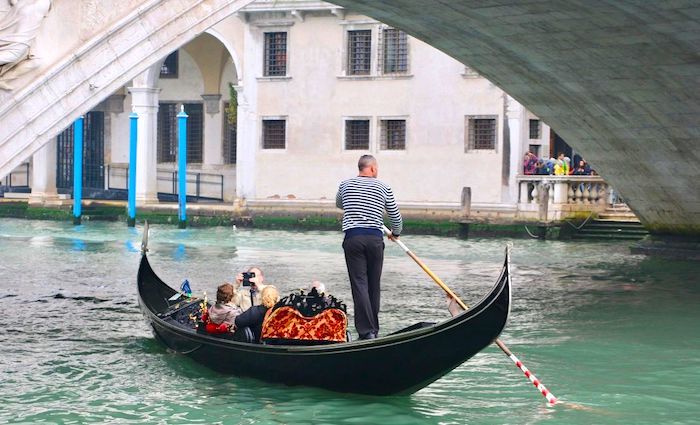
Going on a gondola ride is a must for most people when they are in Venice. You can think about it for a long time, but what is actually more romantic than sitting on a gondola while a gondolier slowly navigates you through the canals? Not with your loved one? Not to worry as the gondola holds up to six people so you can jump in one with your friends or ask someone you don’t know to come along for a ride as well!
There are many points where you can pick up a gondola around the city of Venice. The advantage of grabbing one by St. Mark’s square is that you can request to go under the Bridge of Sighs ( see above) and get a really cool perspective of history for what it was like for these prisoners who sometimes would never cross back over that bridge again.
The last time I was in Venice, I was speaking to the gondolier that was navigating me around ( yes after a hundred times in Venice, I still love to take gondolas). The story behind the gondoliers is quite fascinating since most of them today are multi- generational. This means that most of the gondoliers you see inherited this job from their fathers and grandfathers. My gondolier told me with great pride that he was a third generation gondolier.
As he was passing by other gondoliers he would scream something at them and the others would scream back. I asked him what he said and he explained that instead of speaking in Italian, they speak in a very strict Venetian dialect that is extremely local with the words already changing if you go to Murano or Burano which is just a quick boat ride away.
9. A coffee at Florian Caffe
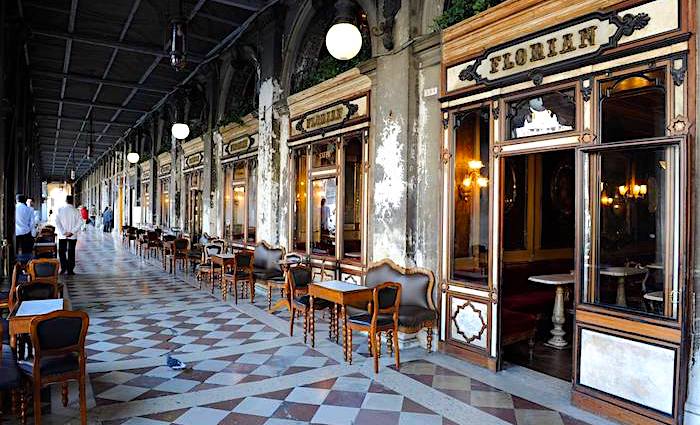
This is the most famous ( and oldest) caffé in Venice. You might have heard about the 20€ cup of coffee when sitting in St. Mark’s square? I think we are selling the place a bit short if that is all we think of when we hear Caffé Florian. First of all, you are in Venice, and secondly, if you only do it once, is it that big of a deal?
If you choose to have a coffee or other drink when you come here you have to understand that you don’t only have an amazing view in the most amazing square in the world, but you are also living in the history of the last 300 years.
The Caffé was founded back in 1720 by Floriano Francesconi and is widely regarded as the oldest Caffé not only in Italy, but in all of Europe. Afterwards, the name of the establishment changed to honor the owner himself.
Most people choose to sit outside to people watch, but there are also multiple rooms inside which have a history of their own. If you choose to sit inside, ask the waiter to tell you the history of that particular room. You will be amazed how interconnected this caffe is with worldly events.
So sit back and splurge this once on a coffee or an aperitivo and enjoy life the way it was meant to be enjoyed.
Unforgettable Venice Tours
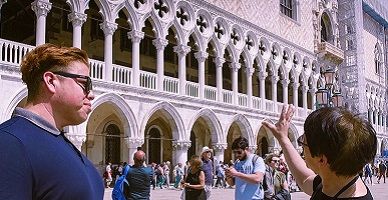
St. Mark’s Basilica & Doge’s Palace Half-Day Tour with Gondola Ride
Get to know the best of Venice’s main attractions at St. Mark’s Square in just a few hours. You’ll have skip-the-line access at St. Mark’s Basilica. Then, head underground to the dungeons at the Doge’s Palace and cross the Bridge of Sighs.
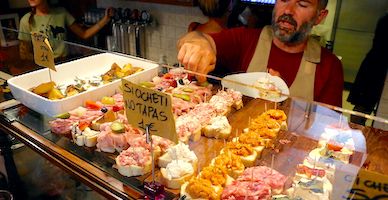
Venice Locals Evening Food Tour in Cannaregio
10. isola san giorgio.
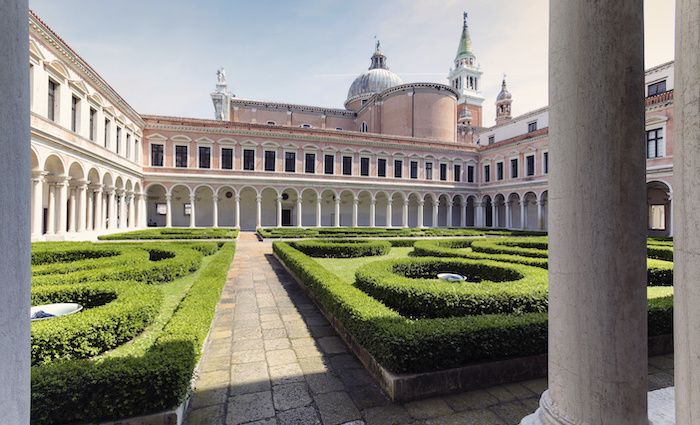
If you are looking for some fresh air and open space, San Giorgio island is a great choice. The main draw is the church of San Giorgio Maggiore. It has beautiful architecture and an amazing cloister with a garden maze. Very cool.
One of the main highlights is San Giorgio Café which has amazing dockside waterfront seating. It is a cool view of Venice and the San Giorgio Marina. You can see St. Mark’s Square which makes it really picturesque but this island is surprisingly empty as most tourists don’t know about it. Luckily you’re not most tourists anymore!
Directions: Take vaporetto (ferry) # 2 from San Marco-San Zaccaria E ferry station. It is one stop to San Giorgio ferry station and the best open space off the main cluster of Venice.
Address: Map Location
11. Procuratie
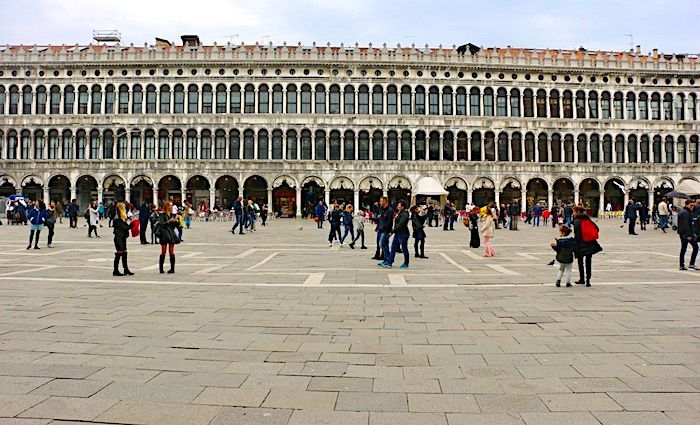
When you walk around St. Mark’s square do you ever wonder what the buildings are that have enclosed this massive square? They are called Procuratie and were built by the Procurators of St. Mark’s which were the 2nd highest officials in the Venetian Republic. They were pretty much in charge of managing the finanaces of the church and Republic which pretty much made them the most important people in charge.
While many of the buildings were used as administrative buildings, there were also numerous apartments that the procurators would rent out. Given the prestige of the area, they would charge a hefty amount that would in turn help with their financial responsibility.
The main construction you see today would have started in the 16th century with other improvements happening up to the 19th century. Today a sizable portion of the Procuratie is taken up with the Correr Museum.
Venice Small Group & Private Tours
We offer an array of small group and private tours lead by local English speaking guides. Joining one of our Venice tours is a safe bet as they’ve been reviewed by thousands of travelers since we’ve started operating in 2008. You can book online, receive a voucher and your guide will be waiting at the meeting point.
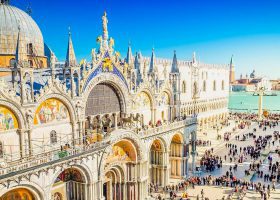
About Brandon Shaw
Brandon is a co-founder and owner of The Tour Guy and its subsidiary The Roman Guy. He left the States to travel the world at 18 and never looked back! As an official Tour Guide of Rome and Certified Sommelier, he loves to travel the world and share these experiences with his readers.
Reader Interactions
Comments (2).
February 21, 2021
IM GOING TO VENICE FOR MY BIRTHDAY 2022 FOR A WHOLE WEEK AND IM SO EXCITED . IVE ALSO BEEN THINKING OF PURCHASING A HOUSE IN THE NEAR FUTURE. LOVE VENICE❤
April 25, 2021
Thank you for all of the information. I have used many of your suggestions to create our itinerary. We hope to travel in the summer of 2022.
Leave a Comment Cancel reply
Your email address will not be published. Required fields are marked *
- Travel Guide
- In The Press
POLICY & TERMS
- Cancellation Policy
- Terms & Conditions
- Privacy Policy

FROM TOURIST TO PILGRIM
FROM PILGRIMS TO PILGRIMS
Welcome to the table

Gian Lorenzo Bernini
St. mary major's basilica.

Francesco Borromini
St. john lateran's archbasilica.

Saint Peter
St. peter's basilica.

St. Paul's Basilica

Michelangelo

Saint John Baptist

Saint Benedict

Stories From

We are just like you. We are a community of young pilgrims who have participated in the “Faith Communication in the Digital World” project.
Although we are scattered all over the world, we share similar experiences, hopes, dreams, doubts and frailties., our faith unites us, as we set out to live it in our daily encounters., a pilgrim’s journey never ends., we continue this journey by inviting you all, fellow pilgrims, to share your experience on the social networks, using the hashtag, #fromtouristtopilgrim, cookie policy.
Basilicas site uses technical or assimilated cookies to make navigation easier and ensure the use of services and also technical and analytical cookies from third parties. If you want to learn more click here . By closing this banner you consent to the use of cookies.
![basilica tourist spot AWW Media [US]](https://img-s-msn-com.akamaized.net/tenant/amp/entityid/BB1kdTYO.img)
AWW Media [US]
20 Tourist Attractions That Will Blow Your Mind
Posted: June 5, 2024 | Last updated: June 5, 2024
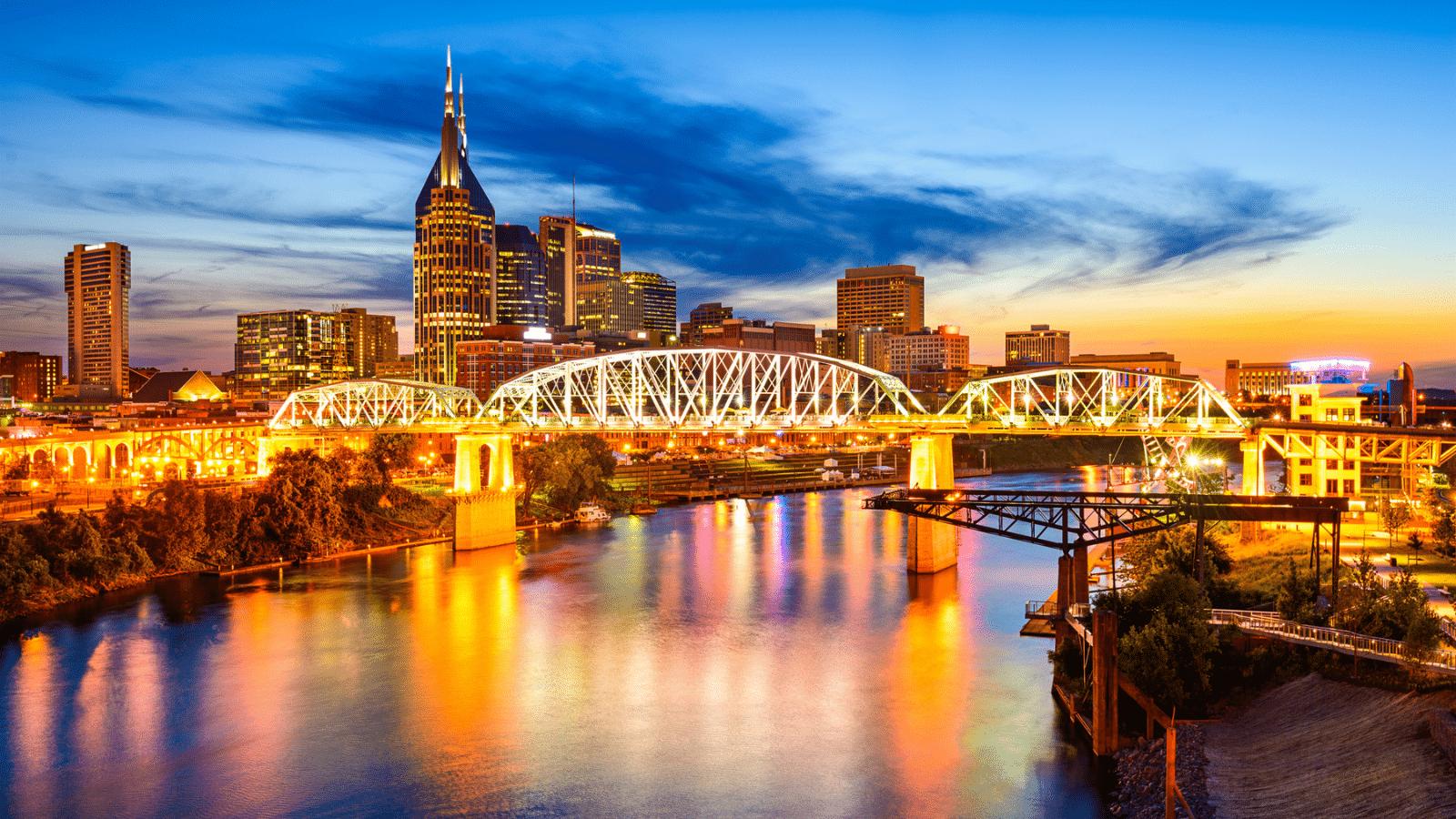
Have you ever gone on vacation only to realize the place you’re visiting is completely different from how it was described? There’s a lot of debate about whether certain places are with the hype they receive, but some places definitely live up to their reputation. Here’s a list of twenty tourist attractions that deserve all the hype they receive.
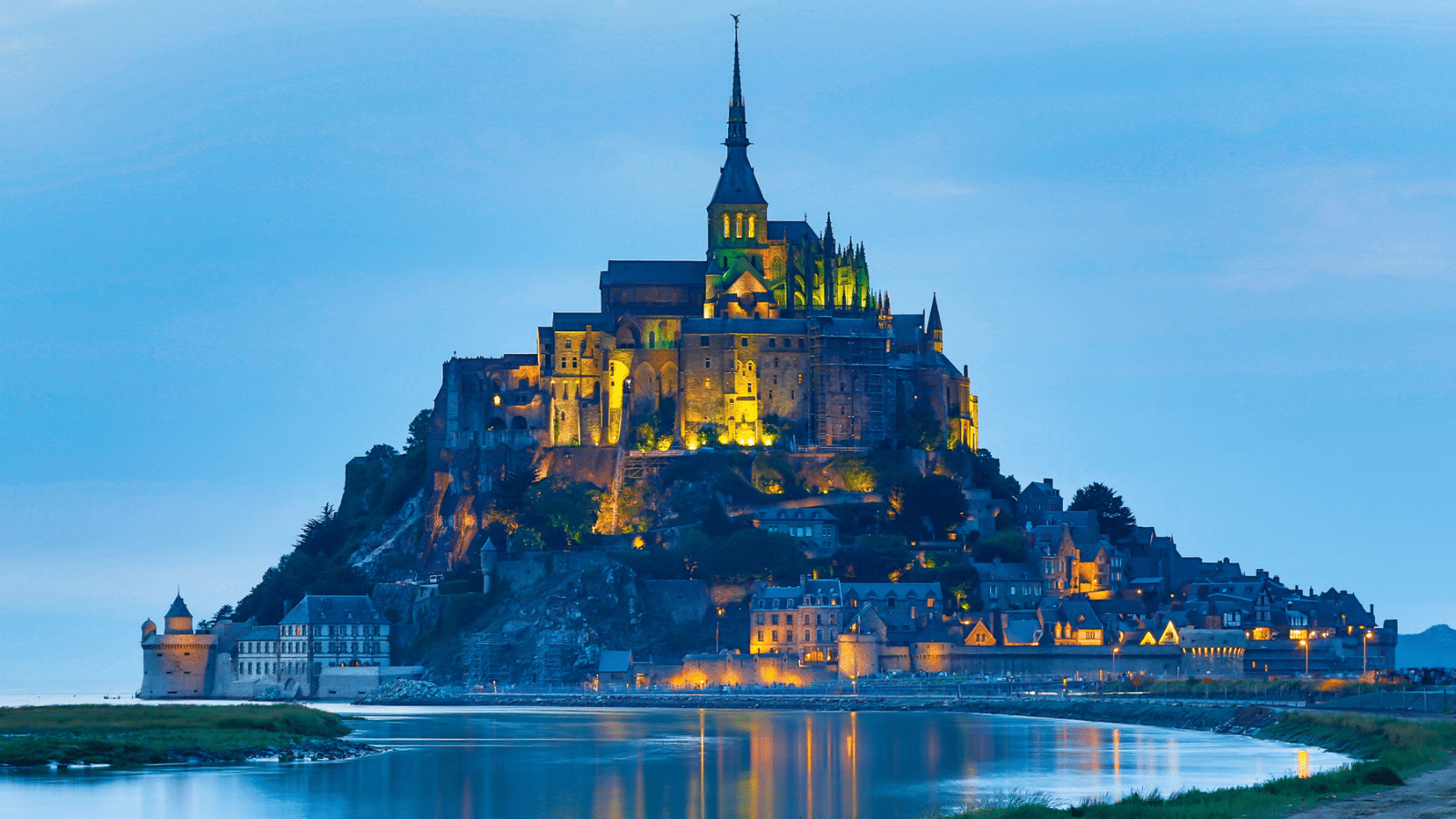
1. Mont Saint Michel
Situated between Brittany and Normandy, Mont Saint Michel is one of France’s most stunning tourist destinations. The ancient, gothic-style Abbey is the main attraction, seated high on the island’s mountain. Even from a distance, it’s an absolutely impressive sight. However, with hundreds of stairs, few people make it to the top. The winding streets and quaint shops below the Abbey offer a unique and magical French experience that feels like going back to medieval France.

2. Machu Picchu
The ancient Incan city of Machu Picchu is nestled over 7,000 feet above sea level in the Andes Mountains. Constructed in the early 1400s, it is a testament to the awe-inspiring architecture and engineering of the Incas. The intricate stonework of the Machu Picchu Stairs of Death and the Machu Picchu Sun Temple make a trip to Peru well worth it.
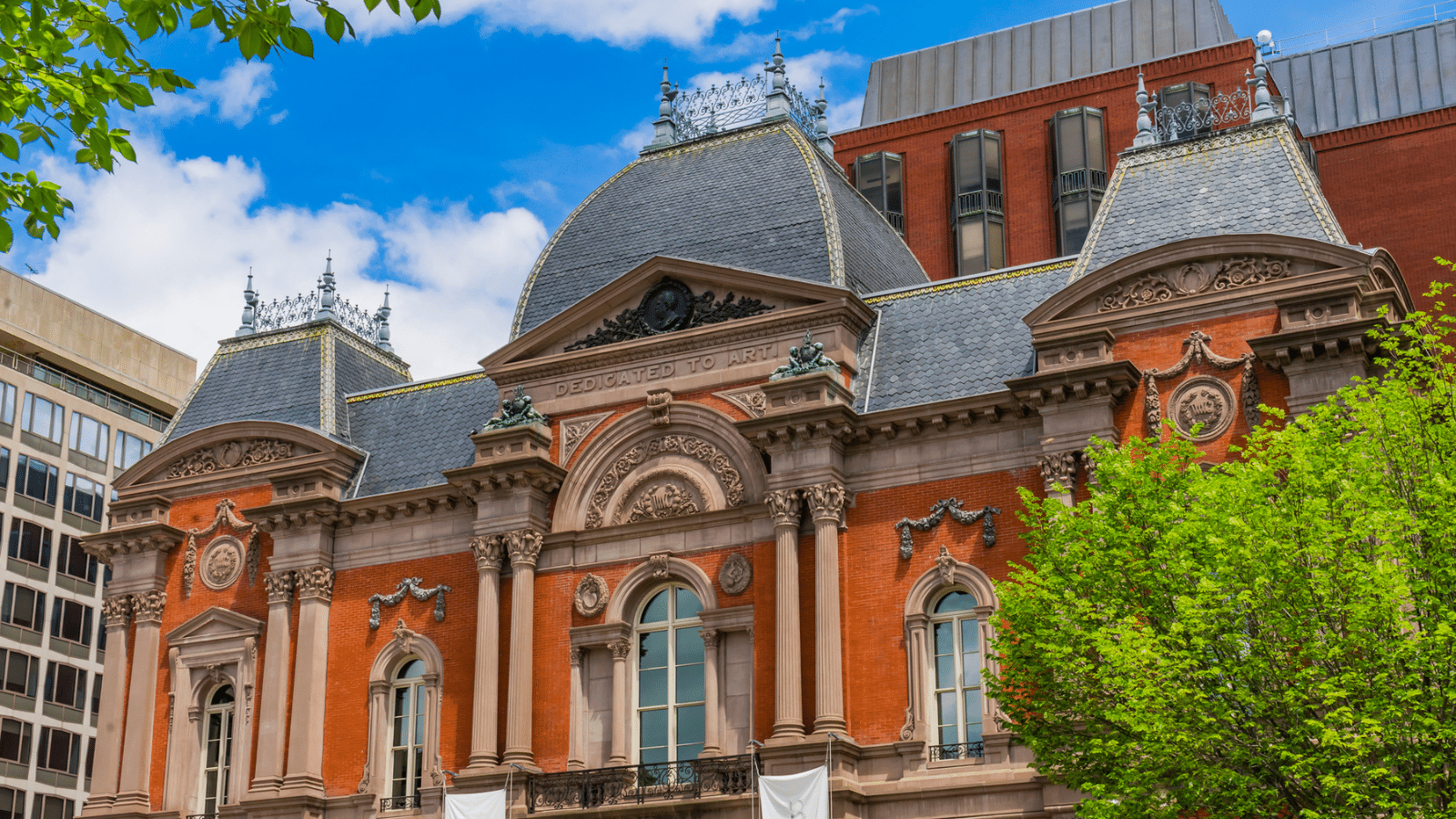
3. The Smithsonian
The Smithsonian Institution in Washington, D.C., is a treasure trove of knowledge and the world’s largest museum, education, and research complex. With twenty-one museums housing hundreds of millions of objects and specimens and a National Zoo, it has something for everyone. Some of the most famous Smithsonian museums are The National Museum of Natural History and the National Air and Space Museum.
- Essentials Needed for Vacation That Can Be Bought at Dollar Tree
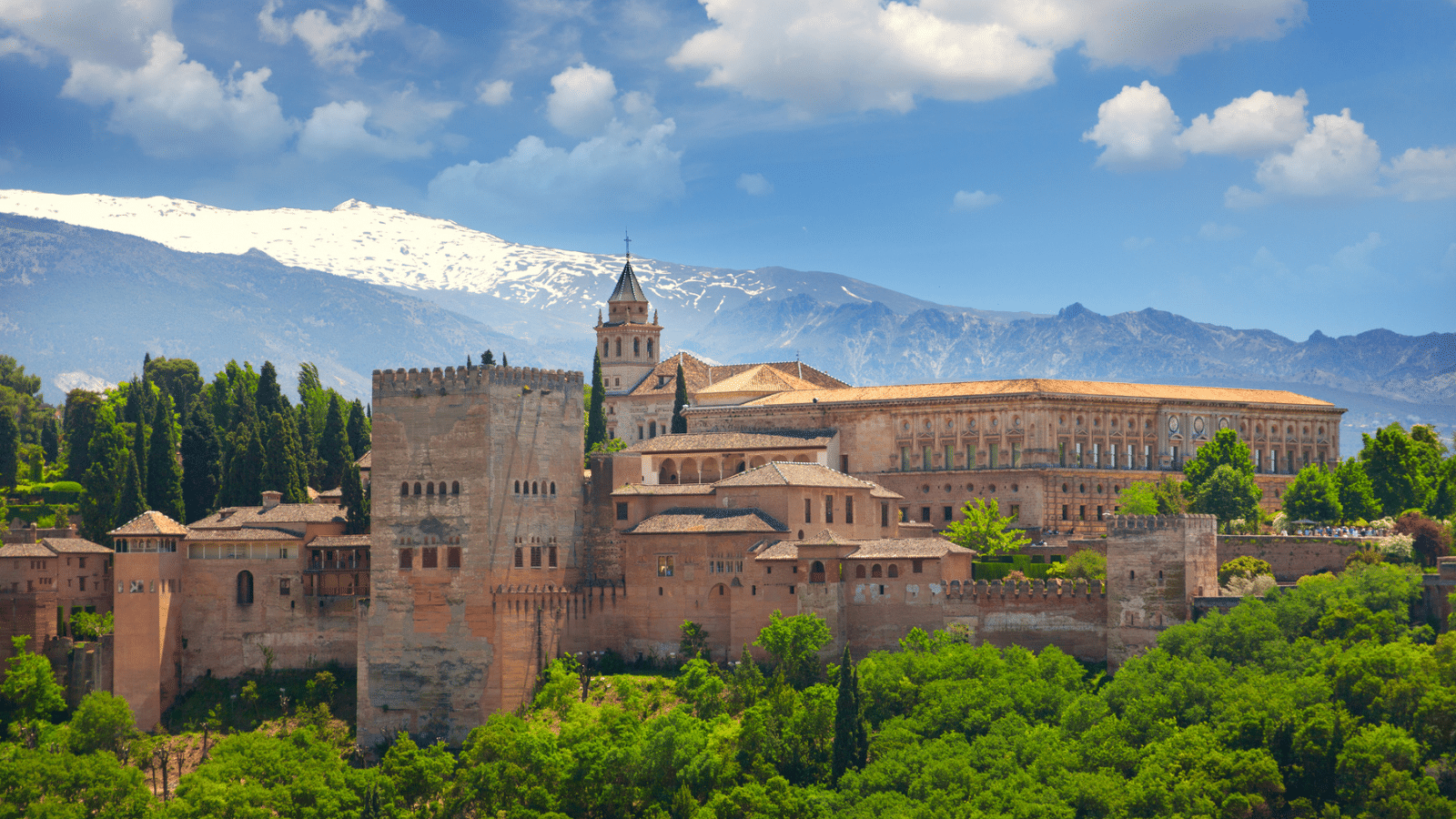
4. The Alhambra
The Alhambra in Granada, Spain, is a popular tourist destination for its stunning architecture and rich history. This grand palace is an excellent example of Moorish architecture with its intricate tilework, lush gardens, and breathtaking views of Granada. Its beautiful mix of art and architecture is a truly awe-inspiring sight.
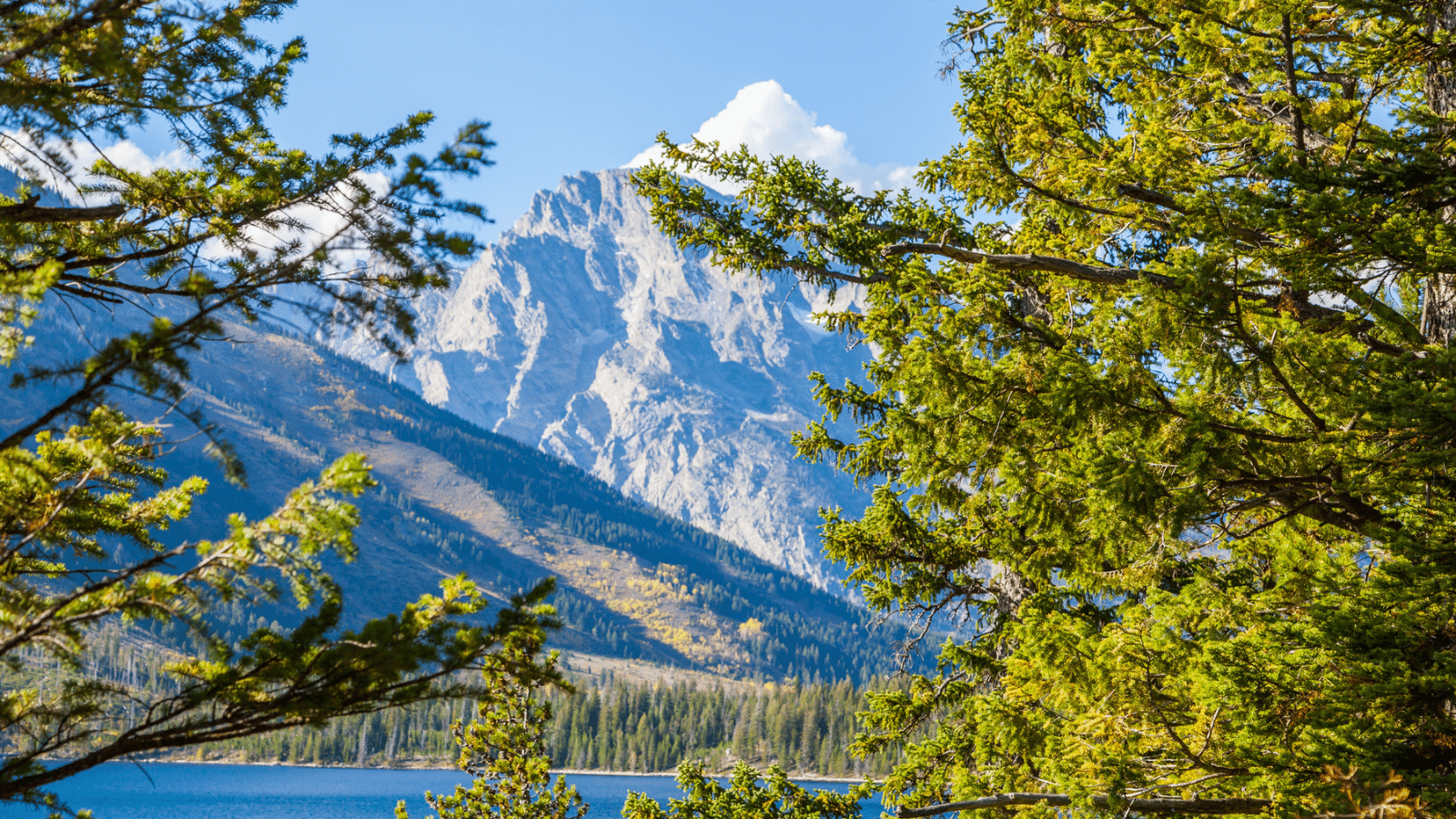
5. The Grand Teton
The Grand Teton National Park in Wyoming is a nature-lover’s paradise with over 310,000 acres of breathtaking nature. It’s an excellent area for hiking, kayaking, or just taking in the view. The lush valleys, mountain meadows, lakes, and jagged peaks of the Teton Range make this one of the most picturesque attractions in the United States.
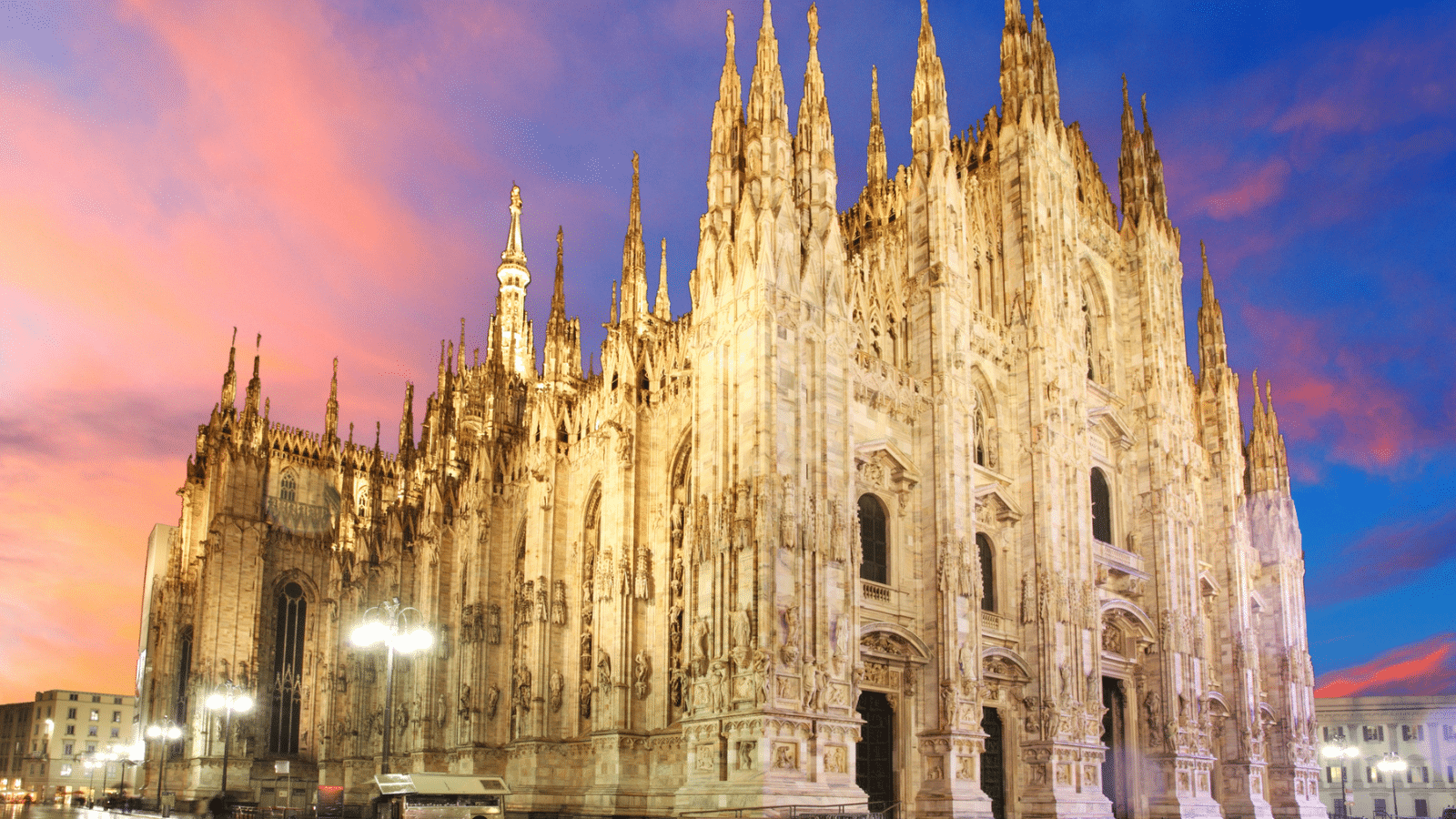
6. The Duomo
Designed by Filippo Brunelleschi in the early 1400s, The Duomo, or Cathedral of Santa Maria del Fiore, is the crowning jewel of Florence. Its iconic red brick dome is the largest in the world and was constructed without a supporting structure. Its architectural secrets are still unknown. If you visit the Duomo, you can enjoy climbing the 463 stairs to take in the views of Florence.
- Places to Travel When You on a Budget
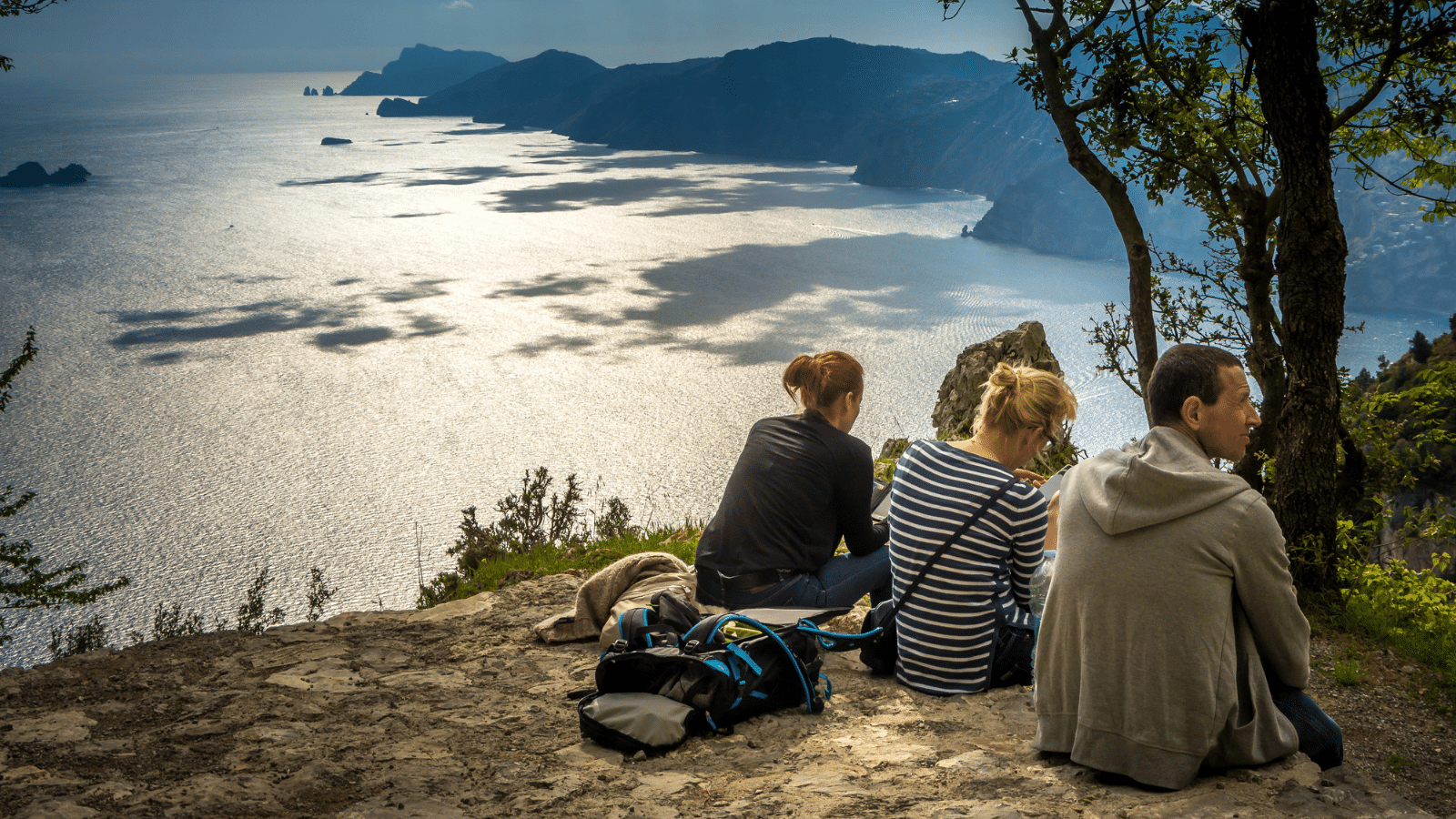
7. The Path of the Gods
For any hiking enthusiast, The Path of the Gods, known as Sentiero degli Dei in Italian, offers some of the most breathtaking coastal views in the world. This hiking trail runs along the Amalfi Coast in Italy, providing an incredible blend of Mediterranean nature and colorful coastal towns. The gorgeous seaside, lush vegetation, and charming villages make this hike an incredible experience.
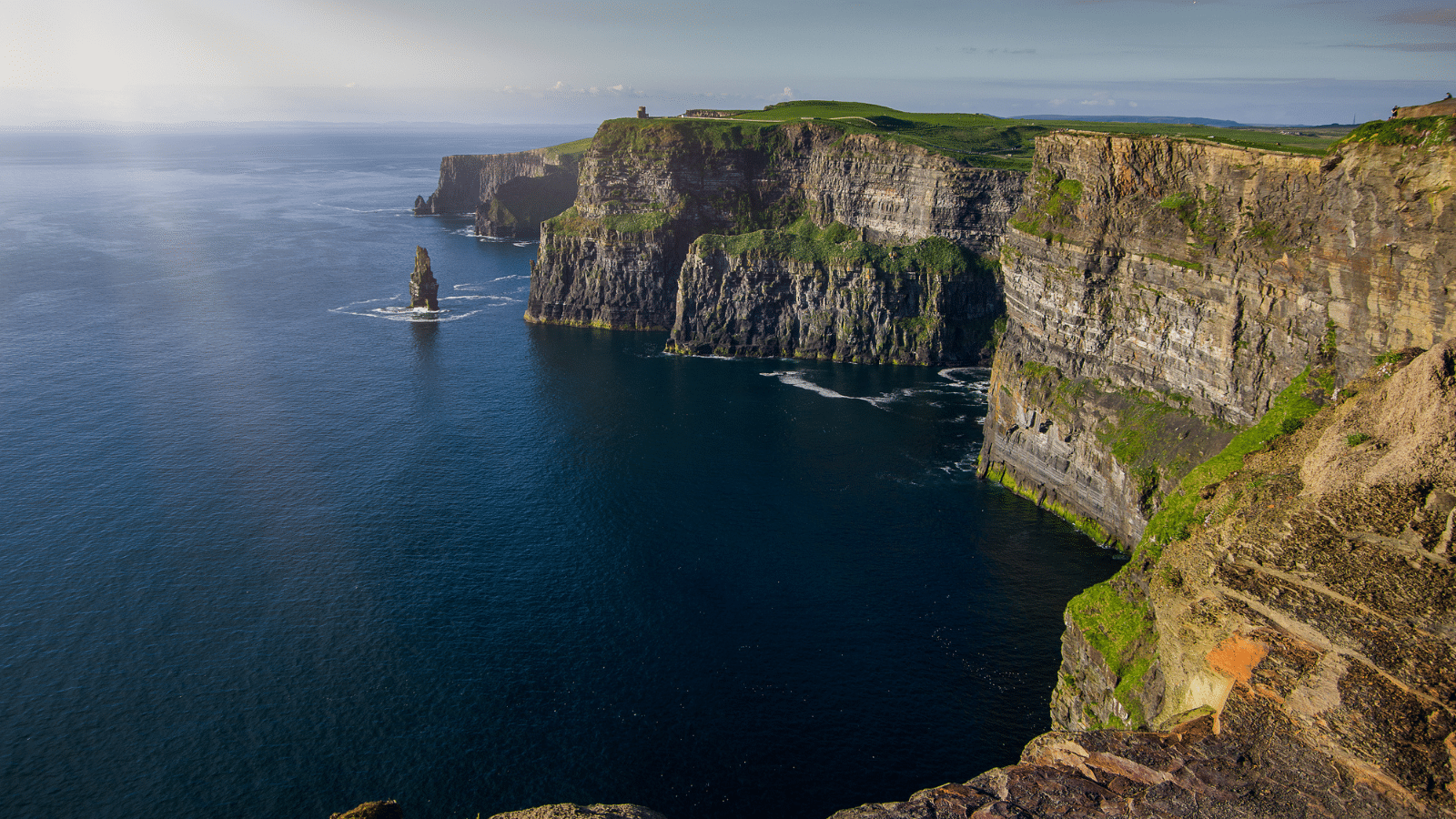
8. Cliffs of Moher
If you’re a fan of Harry Potter, you might recognize the Cliffs of Moher in Ireland. It’s one of Ireland’s most famous natural attractions, with its stunning views that stretch for miles, the sheer drop over the Atlantic Ocean, and several species of birds and plants. This astonishing 700-foot cliff truly captures the raw power and wonder of nature.
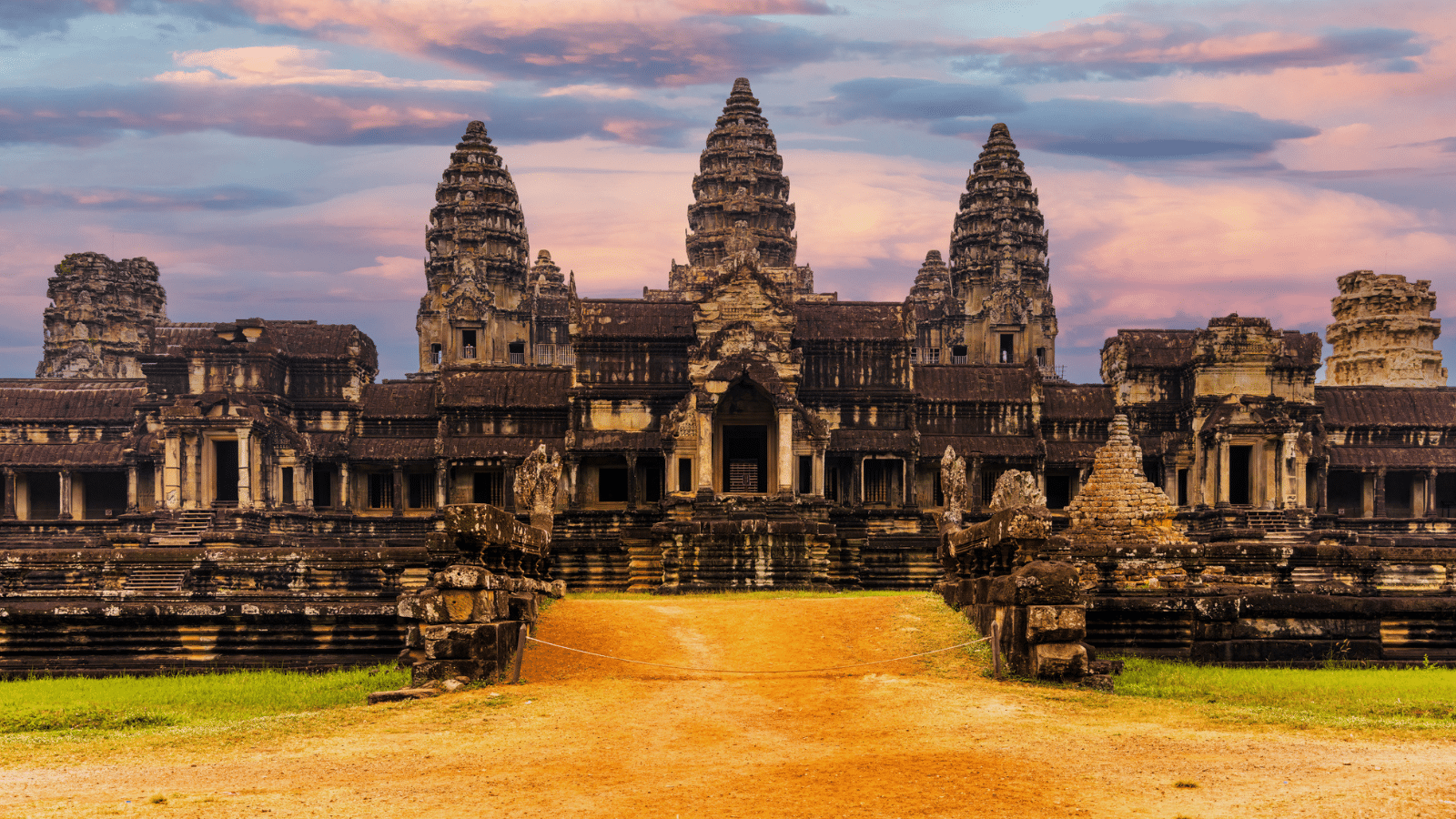
9. Angkor Wat
Angkor Wat in Cambodia is the world’s largest religious monument and a popular tourist attraction. This incredible temple complex is a true masterpiece of Khmer architecture, with its intricate carvings and towering spires. Seeing monks walking and praying at the temple creates a magical experience for visitors.
- How to Find Great Travel Deals

10. The Louvre
The Louvre in Paris is home to some of the most iconic artwork and centuries of rich history. Originally built as a fortress in 1190 and converted to a museum centuries later, this museum is the perfect tourist attraction for any art and history lover. Housing over 35,000 masterpieces, including the Mona Lisa and the Venus de Milo, it’s easy to see why the Louvre is the most visited museum in the world.
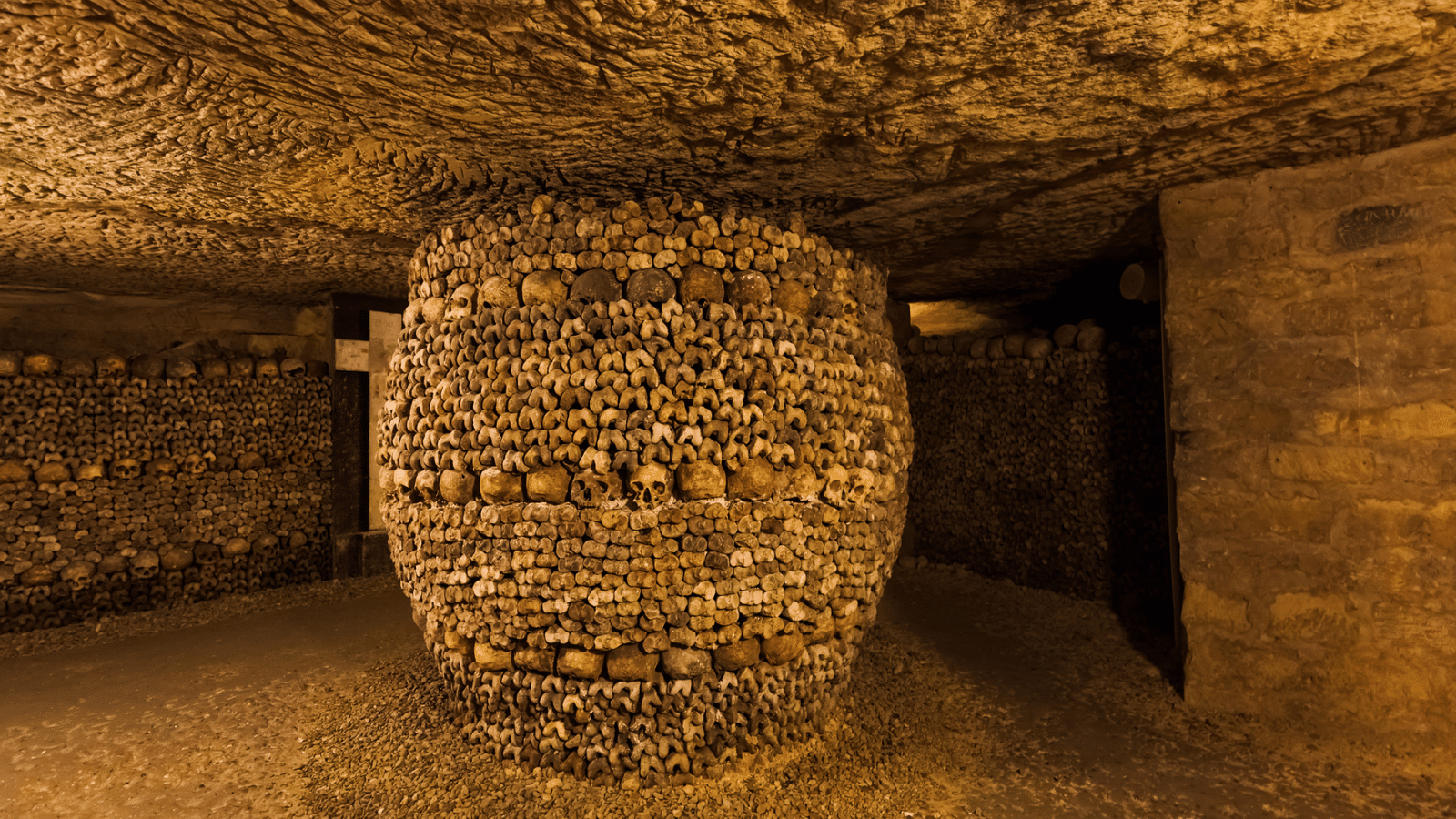
11. The Catacombs of Paris
The burial site of over six million Parisians might not seem like an ideal tourist attraction, but visiting The Catacombs of Paris is an experience unlike any other. It offers a unique glimpse into the city’s history as you walk through the dimly lit tunnels lined with bones.

12. La Sagrada Familia
La Sagrada Familia in Barcelona is a testament to Antoni Gaudí’s genius and vision. Construction began in 1882, and 1884 Antoni Gaudí became the chief architect. It is the world’s most iconic basilica, which is actively under construction, and the second most-visited basilica in the world.
- Tips on How to Travel Like an Expert
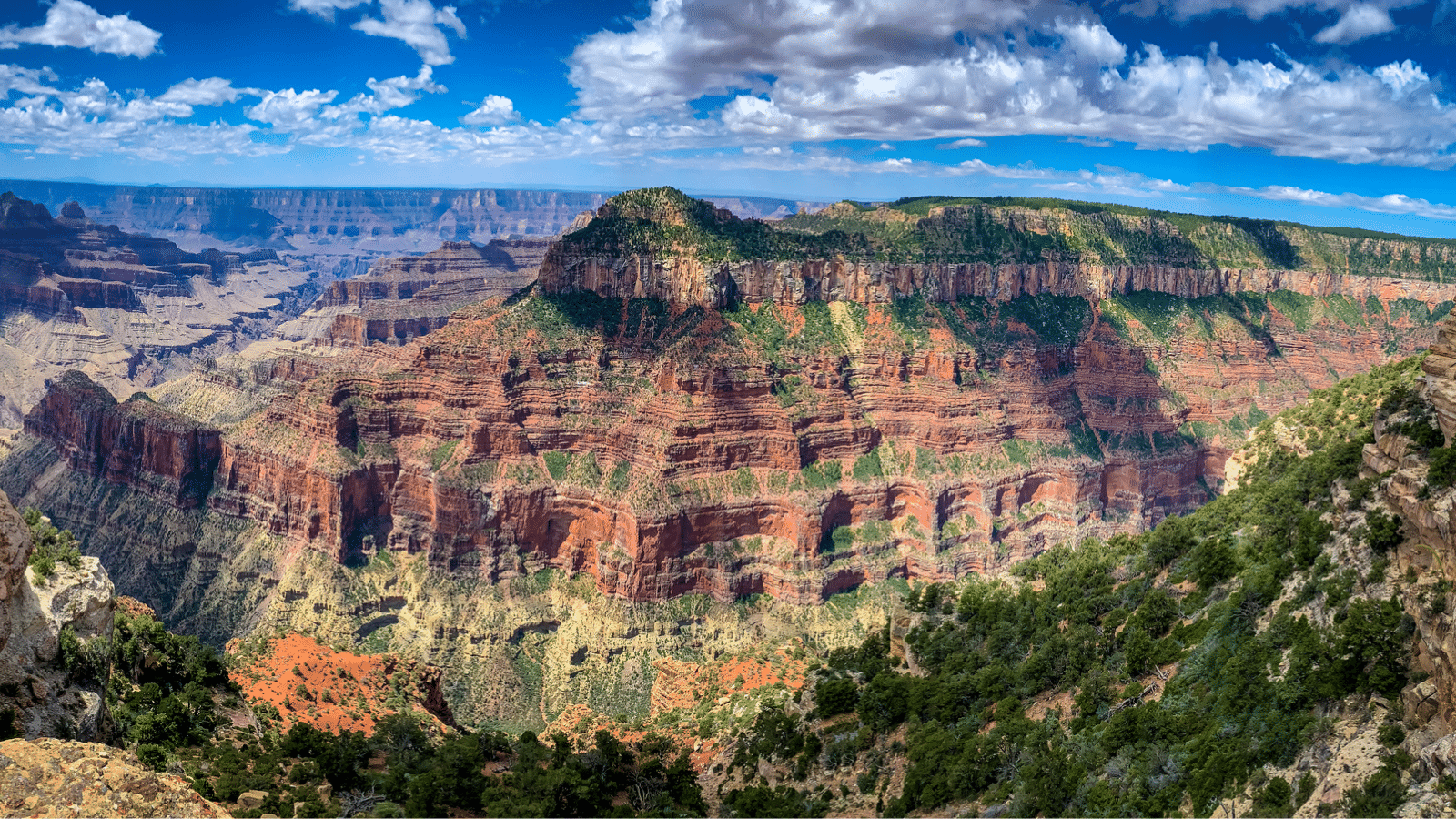
13. The Grand Canyon
Imagine visiting a place where 1.2 billion-year-old rocks are right next to 250 million-year-old rocks. Extending 277 miles, the Grand Canyon is an incredible tourist attraction and one of the Seven Natural Wonders of the World. Its immense size and beautiful layers of red rock create a beautiful and incredibly humbling landscape.
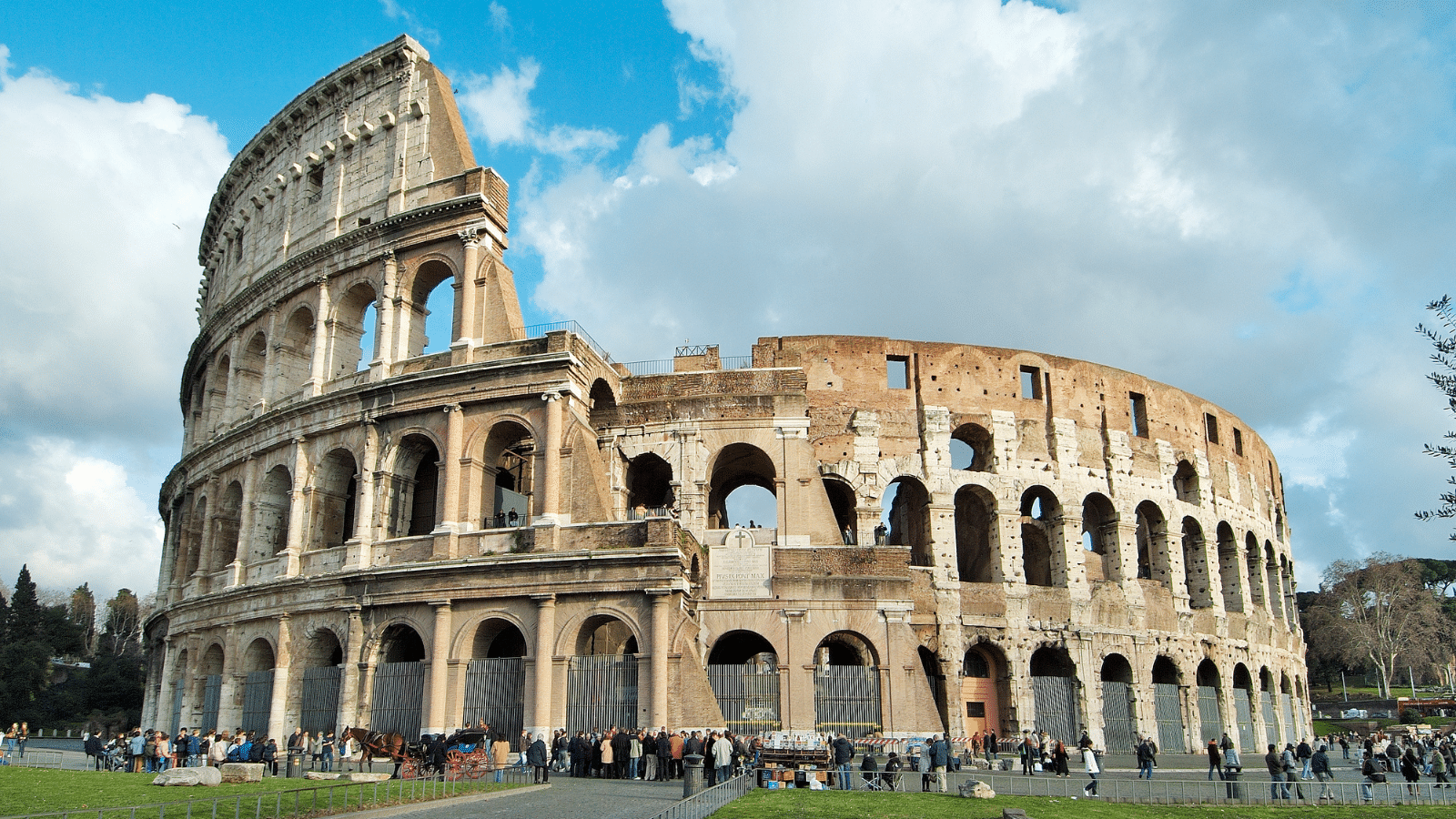
14. The Colosseum
The Colosseum in Rome is an amazing symbol of ancient Roman architecture and the vastness and grandeur of the ancient Roman Empire. The massive amphitheater, once the site of gladiatorial contests and games, is the most well-preserved amphitheater in the world.
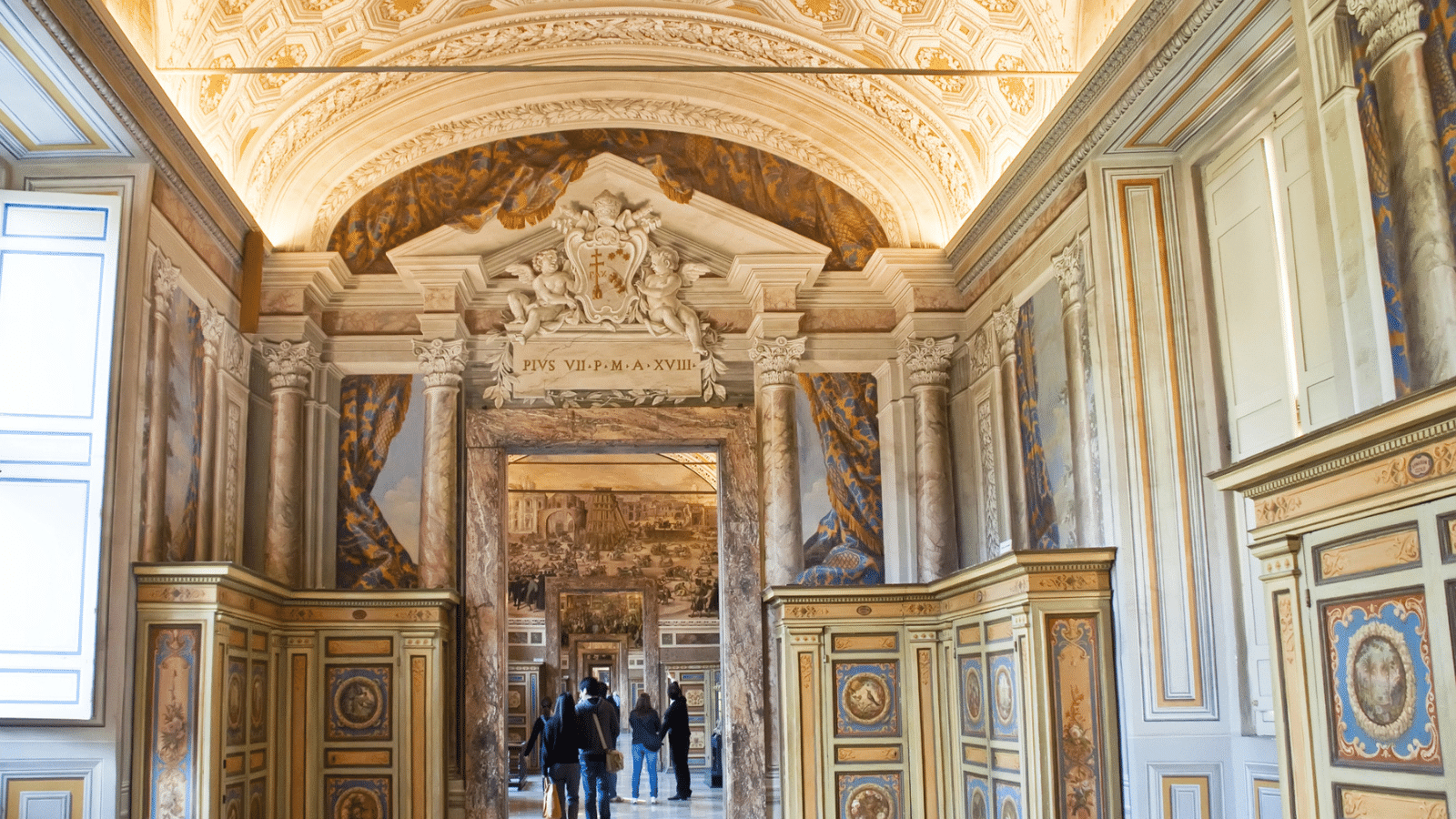
15. The Vatican Museum
The Vatican Museum is home to over 20,000 works of art collected by the different popes over centuries. From the Sistine Chapel, with its breathtaking ceiling painted by Michaelangelo, to several museums and galleries spreading across nine miles, the Vatican Museum is a journey through art, culture, and religion.
- Cracking the Code to Affordable Adventures
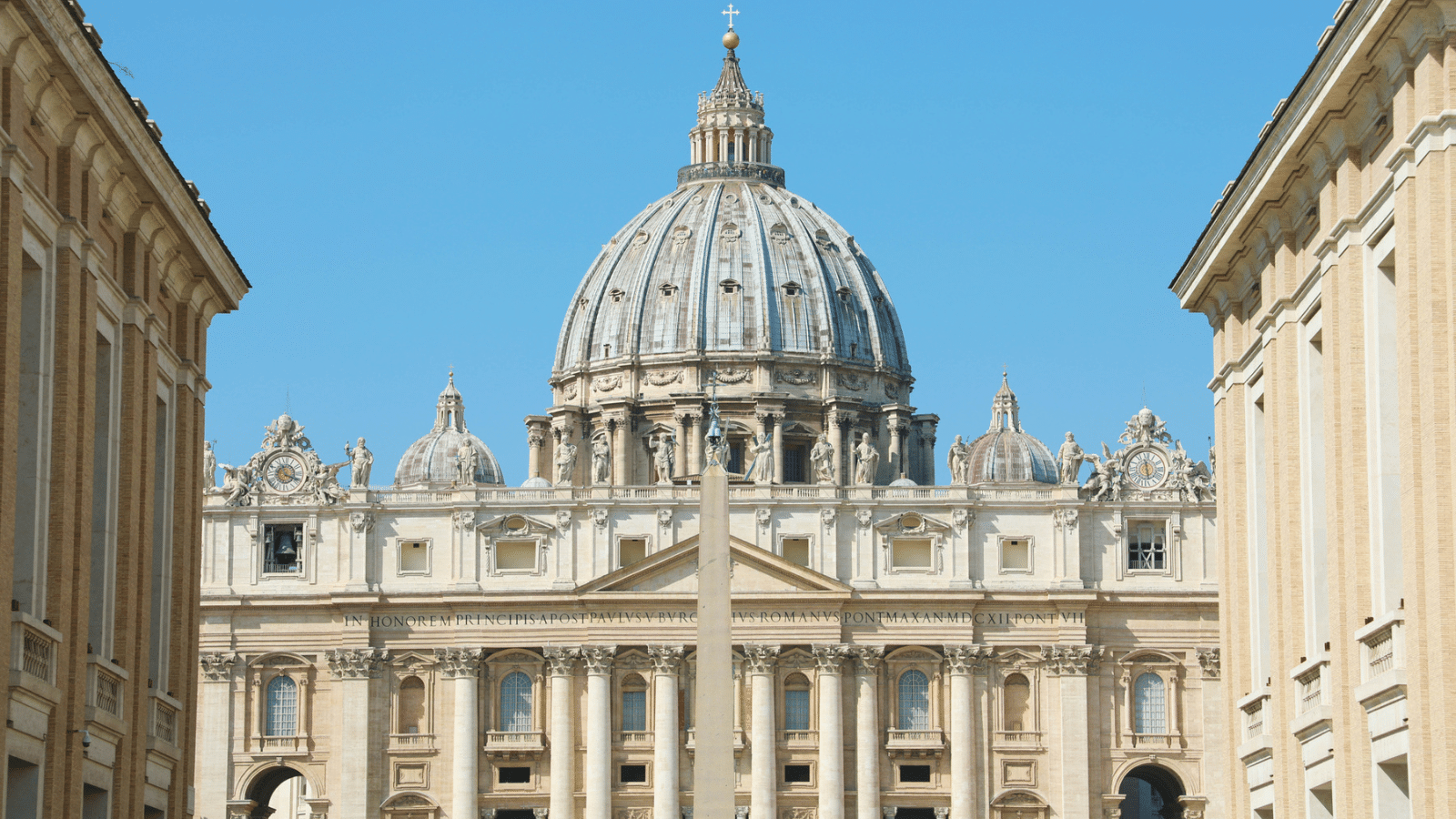
16. St. Peter’s Basilica
St. Peter’s Basilica in Vatican City is one of the world’s largest and most beautiful churches. It was constructed over the grave of St. Peter, one of Jesus Christ’s twelve apostles. Its grand dome, designed in part by Michelangelo, dominates the Vatican skyline.

17. The Peace Memorial Museum
The Peace Memorial Museum in Hiroshima is a visually striking reminder of the devastating impact of nuclear war. The museum features personal artifacts and harrowing testimonies from survivors of the Atomic bombings of Hiroshima and Nagasaki. Visitors of this museum typically describe it as a profoundly moving experience.
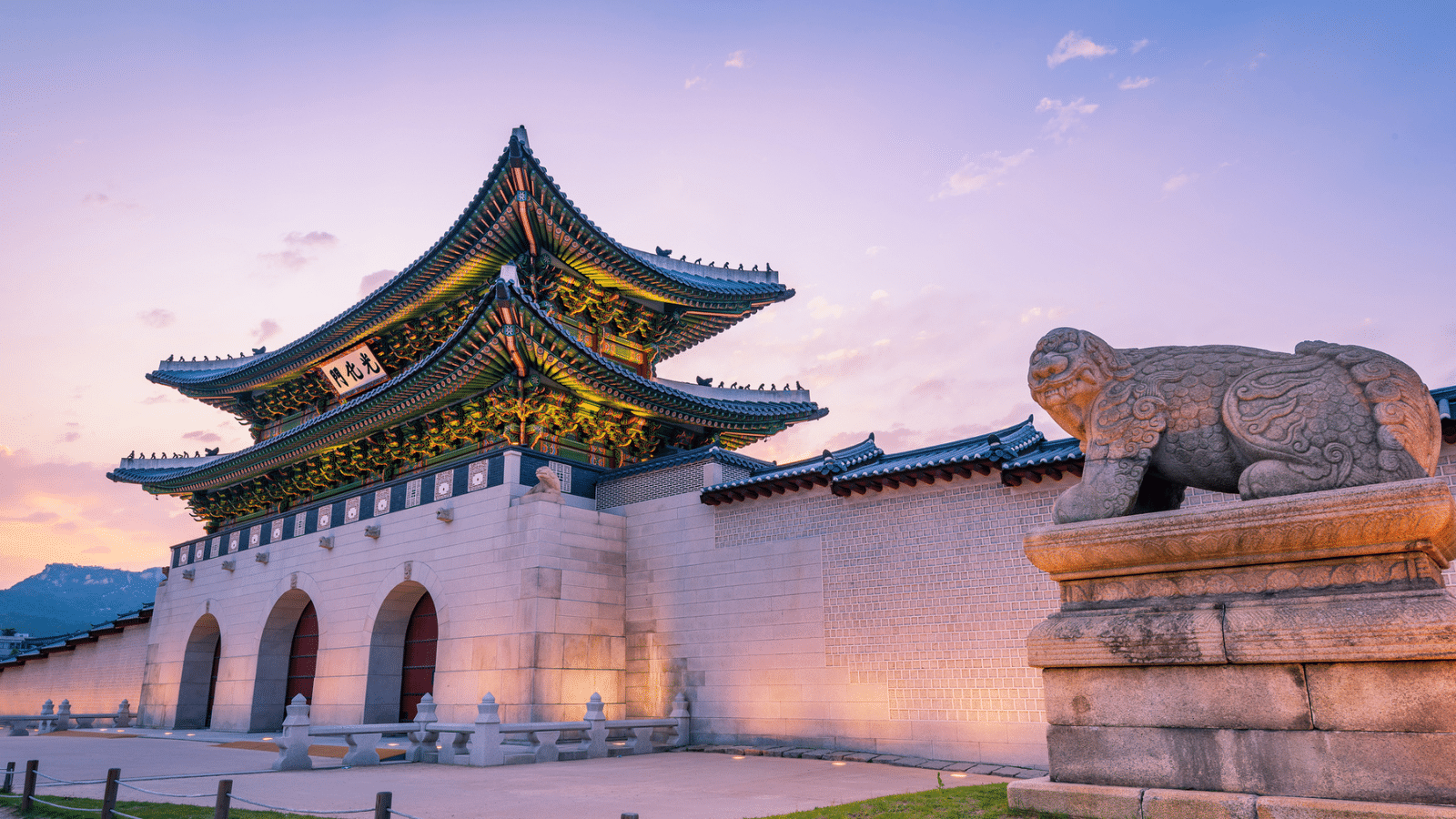
18. Gyeongbokgung Palace
The Gyeongbokgung Palace in Seoul, Korea, is a majestic and stunning tourist attraction. The grand palace was once the home of the royal family during the Joseon Dynasty and provides a glimpse into the country’s history. The beautiful palace, pavilions, and tranquil gardens are a must-visit in Seoul.
- 23 Creative Self-Care Tips To Reduce Anxiety

19. Taj Mahal
The Taj Mahal in India is one of the world’s most beautiful and iconic buildings. This white marble mausoleum was built by Emperor Shah Jahan in memory of his beloved wife as a symbol of eternal love. The intricate carvings, stunning gardens, and reflective pool are unparalleled in beauty, especially at sunrise and sunset.
More Articles from 'The Money Dreamer'.
- Delicious Subscription Boxes to Satisfy Cravings
- The Ultimate Guide to Travel Hacking
More for You
Stephen Hawking once gave a simple answer as to whether there was a God
The 5 worst things you can do with your inheritance, according to a financial planner
Dolly Parton says it was ‘bold’ of Beyonce to change ‘Jolene’ lyrics without telling her
South Carolina is trading its all-male Supreme Court for an all-white one
Jerry Jones and Dallas Cowboys are in big trouble with CeeDee Lamb
The richest comedian in the world isn't Leno or Letterman, based on data. Here are the top 20.
10% of travelers have had their medicines confiscated. Here's how you can avoid it.
Hear retired US general’s response to Ukrainian soldiers who say US-issued tanks are underperforming
Travis Kelce Says Secret Service Warned He Might Get Tased at White House If He Touched Podium: 'Weren't Too Happy'
'Big Bang Theory' Fans Congratulate Kaley Cuoco as She Announces Career Milestone
'Trump's friends just blocked the right to contraception': Dems torch GOP over Senate vote
The 16 worst-paying college majors, five years after graduation
The worst movie Clint Eastwood ever made—and the best—according to data
Claims that Donald Trump is no longer able to visit 37 countries now that he’s a convicted felon need context
I traveled to 4 European countries via train, and I made 3 major mistakes along the way
American Idol star Mandisa’s cause of death disclosed
Wes Welker explains why he didn't attend Tom Brady's roast, was 'disappointed' in his former teammate's event
A retired couple sold their home to live on a cruise ship. This is how much they're saving
The genius Roman creations that still amaze us today
The Best One Piece Story Arcs, Ranked

IMAGES
VIDEO
COMMENTS
Come with us to the mythical and fascinating Basilicata. 10. Metaponto: in the footsteps of the ancient Greeks. One of the unmissable stops on your trip to Basilicata is definitely Metaponto, a small fraction of the municipality of Bernalda, on the Ionian Sea. The archaeological site of the town, in fact, represents one of the most important ...
One of the best tourist office of the South. First off all open even in low season. Nice, great and knowledgeable staff, with great command of English, ready to help. You can book a tour or just ask for advise what to see, the best spots to visit and get good maps, guide books or bus schedules. A little bit queue in the morning.
2023. 7. Museo Laboratorio della Civilta Contadina. 524. Speciality Museums. A restored XVI century building with court located in via San Giovanni Vecchio 60 (Sasso Barisano) is the home of the 500 m2 large Museo Laboratorio della Civiltà Contadina (Museum-Workshop of the…. 2023. 8. Cripta del Peccato Originale.
San Fele and Badia di Santa Maria di Pierno. San Fele is a small Nativity scene and reaching it with the blaze of sunset is really exciting. Nestled between Monte Castello and Monte Torretta, is at more than 800 meters of altitude. If you come from Rapone, before crossing the threshold of the village you'll find yourself in front of the ...
Entrance to Sasso Barisano. Matera. Enter Matera's ancient Sasso Barisano cave district on foot, here. Discover the best attractions in Basilicata including Chiesa San Pietro Barisano, Palombaro Lungo, and Casa Noha.
One of the best tourist office of the South. First off all open even in low season. Nice, great and knowledgeable staff, with great command of English, ready to help. You can book a tour or just ask for advise what to see, the best spots to visit and get good maps, guide books or bus schedules. A little bit queue in the morning.
The town of Valsinni in Basilicata is listed among the 'Orange flag towns in Italy'(a national tourist award) See also: Hotels in and near Basilicata. Map of Basilicata and places to visit . Advertisement . Basilicata places to visit. Grumento Nova guide. Matera guide. Melfi guide. Metaponto guide.
Basilicata is a land made special by its small silent villages rich in history, its many unspoilt places and enchanting beaches. A unique variety of landscapes including expanses of land, national parks, forests and beautiful lunar-looking landscapes and then the legendary Sassi di Matera. Visit the beauties of Basilicata and the Sassi di ...
Get to the heart of Basilicata with one of our in-depth, award-winning guidebooks, covering maps, itineraries, and expert guidance. Italy $ 28.99. Pocket Rome $ 13.99. Florence & Tuscany $ 22.99.
Even if Matera is known worldwide for its beauties, Potenza is the capital city of the Basilicata region and deserves to be seen by visitors. The best thing to do here is stroll through its old city centre, admiring the beautiful façades of the palaces and church, especially the Dome of Potenza built during the 12th century and restored in the 18th century.
The best things to do in Basilicata mostly revolve around its long and varied history. The mountainous region is teeming with mediaeval castles, ancient architecture, coastal resorts, and charming hilltop villages. Giving you plenty of sightseeing opportunities, its rich history dates back to the Stone Age, with traces of Romanesque, Byzantine, Benedictine, Norman, and Swabian architecture ...
Basilicata is widely known for the peperoni cruschi (crunchy peppers), nicknamed "The red gold of Basilicata", a dry and sweet-flavoured variety that can be found in most regional dishes or even consumed as a chip. It is the dried form of the Peperone di Senise, one of the most popular Italian varieties.
Whilst there, be sure to visit the Christ the Redeemer Statue. It is the second biggest in the world, offering plenty of Insta-worthy photo opportunities, both of it and the surrounding scenery. 5. Potenza. The capital city of Basilicata, Potenza, is a destination full of surprises.
The region of Basilicata, in Italy, forms the instep of the Italian "boot.". It borders Campania, Calabria, and the Tyrrhenian Sea. It is not a large region, as it measures only 9,987 sq km. The capital of Basilicata is Potenza , its two provinces Potenza and Matera. Its population is only 611,000. Vaglio in Basilicata.
Discover the outdoor activities and contact the managers of the offers and tourist services. MOUNTAIN SPORT SEASIDE. ART AND CULTURE ATTRACTIONS LABORATORIES. Passion Tourism. Travel Incoming Agencies. AGENZIA PROMOZIONE TERRITORIALE DELLA BASILICATA. MATERA. Registered office Via De Viti De Marco, 9
Medieval buildings thrust out of San Nicola's rocky shores, the same pale-sand colour as the barren cliffs. In 1010, Benedictine monks founded the Abbazia…. Discover the best attractions in Puglia, Basilicata & Calabria including Castel del Monte, Cathedral, and Grotte di Castellana.
There's a boat full of St. Peter's companions looking on in fear as St. Peter faces Jesus, who is walking on the water. The best way to view is right before entering the church itself. Turn around and look up. 16. The Fountains in St. Peter's Square.
Pietrapertosa. About 10 km away from Castelmezzano, Pietrapertosa is the highest village in Basilicata (1,088 mt.) and offers gorgeous views over the surrounding mountains. Pietrapertosa was founded by the Arabs and this is reflected in the amazing network of alleys, passages, and houses built in the rock.
Yes, these three spots are actually inside St. Mark's Basilica. While the Basilica is free to enter, these areas charge admission so that's why I made them a separate item. Pala D'Oro. The Doge Ordelaffo Falier ordered the design in 1102 and received it in 1105. He wanted to create a screen to go over the high altar.
Discover Basilicata. Sea and Coasts in Basilicata. The golden sandy beaches of the Ionian Coast and the plunging cliffs of the Tyrrhenian Coast make Basilicata the ideal destination for those looking for relaxing holidays surrounded by crystal-clear waters and bright, sunny beaches. The Ionian Coast, with the famous seaside town of Metaponto ...
Visitors might be familiar with the popular spots, but many special aspects of the Basilica get overlooked. Here are some hidden gems of the Basilica for returning visitors to discover. 1. Find the Foundation Stone. ... The Basilica has a special connection to Saint Joan of Arc, as she was canonized on the same day that the land for the ...
VISIT THE BASILICA. Saint Peter's Basilica is the place where the body of Saint Peter rests. Ever since the early times, Christians came to pray at his tomb, leaving incisions of crosses on the stone. To honour this place, years later the Basilica was built directly above his tomb. May the immensity of this Basilica instil in us the awareness ...
In Waterbury, Connecticut, the Basilica of the Immaculate Conception is a majestic Christian attraction. This historic basilica, adorned with stunning Gothic architecture, serves as a spiritual ...
Extending 277 miles, the Grand Canyon is an incredible tourist attraction and one of the Seven Natural Wonders of the World. Its immense size and beautiful layers of red rock create a beautiful ...